|

|
|
AGENDA
Risk and Assurance Committee Meeting
|
|
Date:
|
Wednesday, 7 May 2025
|
|
Time:
|
9:30 am
|
|
Location:
|
Carterton Events Centre
50 Holloway St
Carterton
|
|
P Jones (Chair)
Deputy Mayor S
Cretney (Deputy Chair)
Mayor R Mark
Cr D Williams
|
Cr S Laurence
Cr G Ayling
M Sebire - Hurunui-o-Rangi
Marae
|
|
Risk
and Assurance Committee Meeting Agenda
|
7
May 2025
|
6 Confirmation
of the Minutes

6.1 Minutes
of the Risk and Assurance Committee Meeting held on 26 February 2025
1. Recommendation
1. That
the Minutes of the Risk and Assurance Committee Meeting held on 26 February
2025 are true and correct.
File
Number: 441003
Author: Robyn
Blue, Democratic Services Officer
Attachments: 1. Minutes
of the Risk and Assurance Committee Meeting held on 26 February 2025
|
Risk
and Assurance Committee Meeting Minutes
|
26
February 2025
|

MINUTES OF Carterton District Council
Risk and Assurance Committee Meeting
HELD AT THE Carterton Events Centre, 50
Holloway St, Carterton
ON Wednesday, 26 February 2025 AT
9:30 am
PRESENT: Philip Jones (Chair), Deputy Mayor Steve Cretney, Mayor Ron
Mark, Cr Steve Laurence, Cr Grace Ayling, Marty Sebire (Hurunui-o-Rangi Marae)
IN ATTENDANCE: Elected members
Cr Brian Deller, Cr Robyn Cherry-Campbell, Cr Steve Gallon,
Cr Lou Newman
Staff
Geoff
Hamilton (Chief Executive), Geri Brooking (People and Wellbeing Manager),
Glenda Seville (Community Services and Facilities Manager), Solitaire Robertson
(Planning and Regulatory Services Manager), Johannes Ferreira (Infrastructure
Services Manager), Jody Dalziel (Health, Safety and Wellbeing Advisor), Marcus
Anselm (Communications and Engagement Manager) via videoconference, Sara Renall
(Communications and Engagement Advisor), Anna Tulloch (Communications and
Engagement Advisor), Katrina King (Democratic Services Officer), Robyn Blue
(Democratic Services Officer)
1 Karakia
Timatanga
The meeting opened with a karakia
led by M Sebire.
2 Apologies
MOVED
That
an apology be received from Cr D Williams.
P Jones / G Ayling
CARRIED
3 Conflicts
of Interests Declaration
There were no conflicts on
interest declared.
4 Public
Forum
There was no public forum.
5 Discussion
on the Public Forum
Not applicable.
6 Confirmation
of the Minutes
|
6.1 Minutes
of the Risk and Assurance Committee Meeting held on 13 November 2024
|
|
MOVED
1.
That the minutes of the Risk and
Assurance Committee Meeting held on 13 November 2024 are true and correct.
Cr S Laurence / Deputy Mayor S Cretney
CARRIED
|
|
6.2 Minutes
of the Extraordinary Risk and Assurance Committee Meeting held on 3 December
2024
|
|
NOTED
·
Philip
Jones chaired the meeting via videoconference.
MOVED
1. That the
minutes of the Extraordinary Risk and Assurance Committee Meeting held on 3
December 2024 are true and correct.
Mayor R Mark / Deputy Mayor S
Cretney
CARRIED
|
7 Reports
|
7.1 Strategic
Risk - Delivery of critical services
|
|
1. Purpose
For the Committee to review one of Council’s Top 5
Strategic Risks – Delivery of Critical Services.
|
|
NOTED
·
Risks
to critical services include:
o Failure of
critical infrastructure
o Lack of investment
in infrastructure to meet future needs
o Investment limited
by affordability
o Insufficient
resources and/or capability and capacity of staff
o Poor project
management
o Natural events
o Failure of other
Asset owner’s networks
·
In
developing the Long-Term Plan 24-34, due to funding limitations, officers
were required to prioritise based on risk ratings. Over the life of the LTP
there is a $20M shortfall for waters, and CDC is investing 1% in the roading
network when 3% investment is recommended. In approving the Long-Term Plan
24-34, Council identified they accepted these risks.
·
The
Chair identified that In future reports there needs to be assurance that CDC
has a robust Asset Management Plan to enable the delivery of services. In
future, it would be helpful to identify the assets that are in a critical
condition.
MOVED
That the Committee:
1. Receives
the report.
Deputy Mayor S Cretney / Cr G
Ayling
CARRIED
|
|
7.2 Risk
Management Update
|
|
1. Purpose
For the Committee to be updated with a summary on
Council’s identified and emerging risks.
|
|
NOTED
·
The
Chief Executive discussed the emerging risks associated with Local Water Done
Well (LWDW):
1.
Government
changes its policy again.
2.
Consultation
on the Consultation Document is delayed, or challenged because the process
wasn’t followed.
3.
Not
all of the councils agree to join. This risk would be greater if this was a
larger council who decided not to join.
4.
One
or more councils add conditions that are detrimental to the remainder.
5.
Following
the election on 11 October 2025, a new council reverses the previous
council’s decision (there is a process in Bill 3 to allow a change to
the Water Services Delivery Plan).
6.
Staff
burn-out with the additional work (NB this risk has been present for a number
of years).
§ In order to
mitigate this risk, the four councils are recruiting a Project Director.
§ More staff will be
added as decisions are made on the future delivery of water services (NB this
could also create issues/risks with back-filling roles)
7.
Additional
investment and external decisions will increase pricing.
·
Climate
change risks – As one mitigation, the intention of the Climate
Change refresh that is happening at the moment is to incorporate the Climate
Change Adaptation Plan.
·
There
is a need to have assurance that the Asset Management Plan is maintained
during the Long-Term Plan period.
MOVED
That the Committee:
1. Receives
the report.
2. Endorses the updates to the Risk Register.
3. Notes Council’s management of the emerging risks.
M
Sebire / P Jones
CARRIED
|
|
7.3 Audit
New Zealand Report on the 2024 Annual Report
|
|
1. Purpose
To present the report by Audit New Zealand on the 2024
Annual Report for the Committee’s consideration.
|
|
MOVED
That the Committee:
1. Receives
the Audit NZ report on CDC’s Annual Report 2024.
Mayor R Mark / Deputy Mayor S
Cretney
CARRIED
|
|
7.4 BIEnnial
Building Consent Authority Audit
|
|
1. Purpose
For the Committee to be informed about the outcome of
CDC’s biennial Building Consent Authority Audit.
|
|
MOVED
That the Committee:
1. Receives
the report.
Deputy Mayor S Cretney / Cr G
Ayling
CARRIED
|
|
7.5 Health,
Safety and Wellbeing Update
|
|
1. Purpose
This report updates the Risk and Assurance Committee on
recent health, safety and wellbeing (HS&W) activities.
|
|
MOVED
That the Committee:
1. Receives
the report.
Mayor R Mark / M Sebire
CARRIED
|
|
7.6 Treasury
Report
|
|
1. Purpose
To provide the Committee with an update on
Council’s current Treasury position.
|
|
MOVED
That the Committee:
1. Receives
the report.
2. Notes the
current Treasury position and compliance with policy limits.
P Jones / Deputy Mayor S Cretney
CARRIED
|
5 Exclusion
of the Public
RESOLUTION TO EXCLUDE THE PUBLIC
|
MOVED
That the public be excluded from
the following parts of the proceedings of this meeting.
The general subject matter of
each matter to be considered while the public is excluded, the reason for
passing this resolution in relation to each matter, and the specific grounds
under section 48 of the Local Government Official Information and Meetings
Act 1987 for the passing of this resolution are as follows:
|
General subject of each matter to be considered
|
Reason for passing this resolution in relation to each
matter
|
Ground(s) under section 48 for the passing of this
resolution
|
|
8.1 - Long-Term Plan Review
|
s7(2)(a) - the withholding of the information is
necessary to protect the privacy of natural persons, including that of
deceased natural persons
s7(2)(f)(i) - free and frank expression of opinions by
or between or to members or officers or employees of any local authority
|
s48(1)(a)(i) - the public conduct of the relevant part
of the proceedings of the meeting would be likely to result in the
disclosure of information for which good reason for withholding would exist
under section 6 or section 7
|
M Sebire / Cr G Ayling
CARRIED
|
|
MOVED
That Council moves out of Closed Council into Open Council.
Mayor R Mark / Cr G Ayling
CARRIED
|
6 Karakia
WhakamUtunga
The meeting closed with a karakia
led by M Sebire.
The meeting closed at 11.20 am
Minutes confirmed: ……………………………………
Date: ...................................................
|
Risk
and Assurance Committee Meeting Agenda
|
7
May 2025
|
7 Reports

7.1 Annual
report 2025 plan
1. Purpose
To update the
Committee on the timeline for the preparation and adoption of the 2024/25
Annual Report.
2. Significance
The
matters for decision in this report are not considered to be of significance
under the Significance and Engagement Policy.
3. Background
The
Annual Report is prepared pursuant to sections 98 and 99, and Schedule 10 Part
3 of the Local Government Act 2002. The purpose of the Annual Report is to
compare the actual activities and performance of Council over a year (1 July to
30 June) against the intended activities and levels of performance as set out
in respect of the year in the Ten-Year Plan or Annual Plan.
The
Annual Report also provides accountability to the community of Council’s
decisions made throughout that year. The accountability enables stakeholders
(residents and ratepayers, other local authorities, business community groups,
Government regulatory bodies etc.) to assess our performance and make decisions
regarding Council and how it conducts its business.
The
Local Government Act 2002, section 98 (3) requires that each annual report is
adopted, by resolution within four months after the end of the financial year
in which it relates.
The
Audit Proposal Letter 2023-2025, previously presented to this committee,
outlines the audit fees for three years. The fees for 2025 are a total of
$174,015 including disbursements and excluding GST, as outlined in the attached
report. Attachment 1.
This
report focuses on the key dates in the planned timeline from now until the
Council adopts the final 2024/25 Annual Report.
4. Discussion
4.1 Key annual report dates
|
DATE
|
MILESTONE
|
|
TBC
|
Interim Audit
|
|
Mid July 2025
|
Revaluations of infrastructure due 2025
· Land and buildings (QV)
· Three Waters (wsp)
· Roading (wsp)
· Forestry (Forest Enterprises)
|
|
26 May - 6 June
|
Interim Audit
|
|
26 September
|
Draft financial statements and groups of activities (including
performance results) available
|
|
29 September – 25 October 2025
|
Final Audit begins (Three weeks)
|
|
30 September
|
Final full annual report available (incorporating any Audit
changes)
|
|
24 October
|
Audit verbal clearance
|
|
29 October 2025 (TBC)
|
Council adopts annual report, audit opinion issued
|
|
Within 4 weeks of adoption
|
Annual report, and summary annual report to be made publicly
available
|
4.2 Revaluations
Waters, Roading, Land and Buildings
Full revaluations of land and building assets, as well as three
waters and roading infrastructure assets are due this financial year.
Forestry
The annual valuation of our forestry assets, as required by
accounting standards will also be completed.
4.3 Accounting
policy changes
There are no significant proposed changes to CDC’s accounting
policies for the year ending 30 June 2025. However, a new audited standard
‘The Audit of Service Performance Information will be applied to
the Council’s 2024/25 audit this is closely related to PBE FRS 48.
4.4 Resident’s
Survey
This year council has undertaken a Community Survey to be held
annually to replace the previous Resident’s Survey that has not been held
for the last two years.
The results of this survey will be made public in May.
The results are used to inform reporting on satisfaction performance
measures set as part of the Long-Term Plan and reported on in the annual
report.
Audit
New Zealand (AuditNZ)
AuditNZ recently released their draft audit plan dated 11 April for
the Council for the year ending 30 June 2025 which is attached to this report. Attachment
2
The report set out key areas of focus and risks and issues relevant
to the audit along with other areas of interest across the local government
sector.
The
report also sets out materiality for financial statements and service
performance information. A new standard: The Audit of Service Performance
Information will be applied to the Council’s 2024/25 audit and is
closely related to PBE FRS 48 and will result in an increased emphasis on risk
and evaluation methods.
Quality
Assurance process
An extensive quality assurance review will be undertaken by the
Finance and Business Managers of their respective group activities.
5. CONSIDERATIONS
5.1 Climate change
No
specific climate change considerations.
5.2 Tāngata whenua
No
specific tāngata whenua considerations.
5.3 Financial impact
The
audit fees as outlined in the Audit Proposal Letter 2023-2025 of
$174,015 excluding GST have been included in the in the budget for 2024/25.
5.4 Community Engagement requirements
No
community engagement considerations at this stage.
5.5 Risks
Reorganisation
Proposal
Council
recognises the need to change parts of its organisational structure to meet the
challenges in delivering the long-term plans, annual reports and annual plans
and any other statutory requirements.
A
proposed organisational change is currently underway, and part of this change
is to increase focus on the finance function with a view to improving
capability, capacity and delivery. The outcome of this proposal will be
published at the end of April 2025.
Local
Elections 2025
This
year local elections day is 11 October 2025, with Council induction meeting
scheduled for 22 October and the Inaugural Council meeting scheduled for 5
November 2025. Due to the timetable of the audit plan for 2025, the above dates
and meetings will be reviewed to accommodate the Adoption of the Annual Report
by 31 October 2025.
6. Recommendation
That the Committee:
1. Receives
the report.
2. Notes
the proposed 2024/25 Annual Report timelines are yet to be confirmed.
File
Number: 445449
Author: Karon
Ashforth, Corporate Services Manager
Attachments: 1. Audit
Proposal Letter 2023-2025 ⇩
2. Audit
Plan 2025 ⇩
|
Risk
and Assurance Committee Meeting Agenda
|
7
May 2025
|








|
Risk
and Assurance Committee Meeting Agenda
|
7
May 2025
|























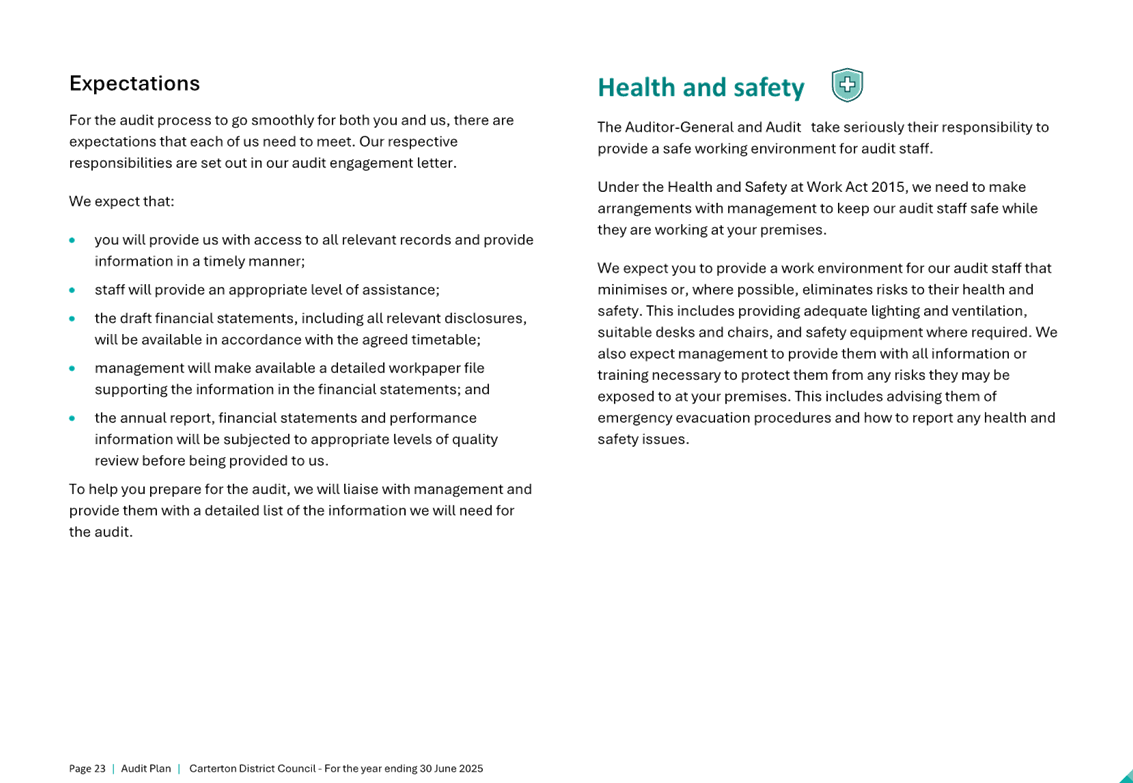

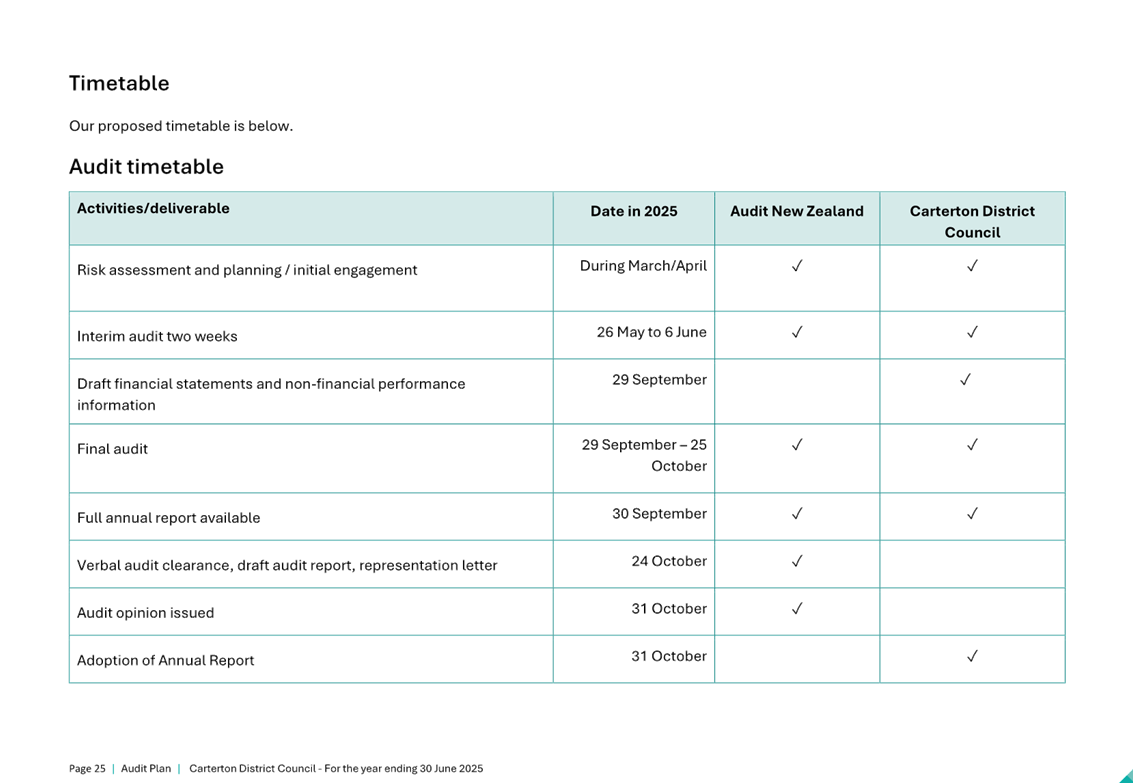
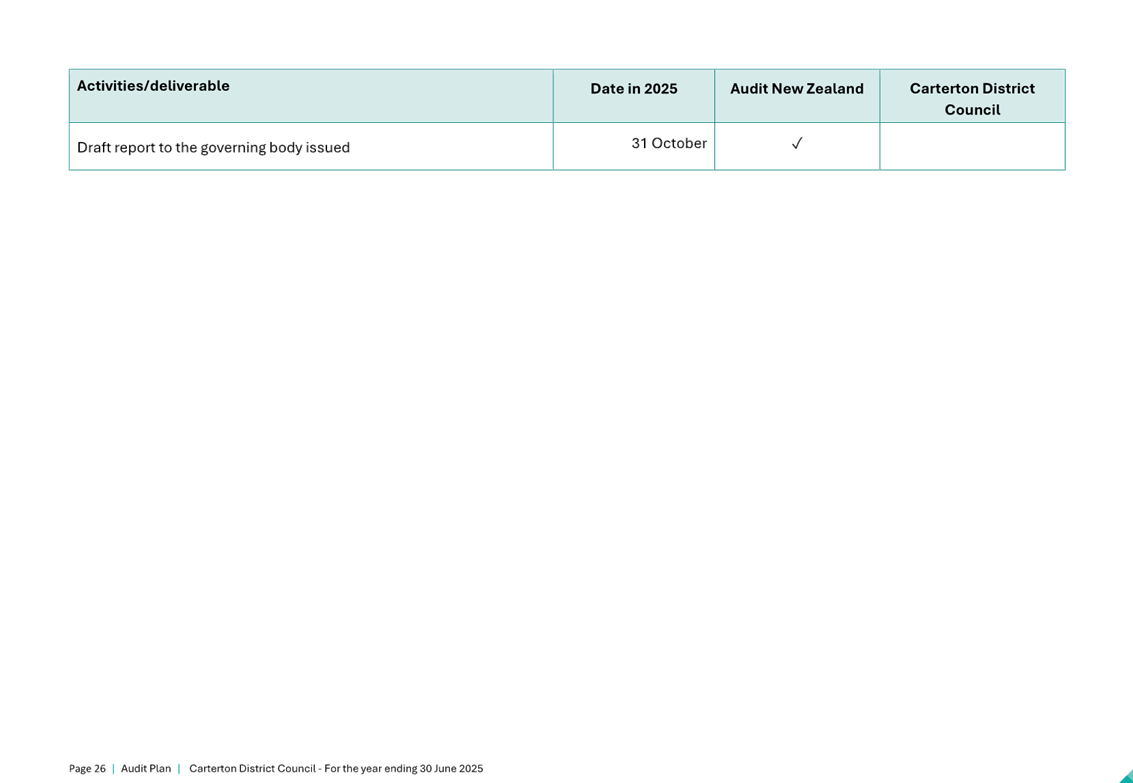

|
Risk
and Assurance Committee Meeting Agenda
|
7
May 2025
|

7.2 Report
on Magiq Planning Model Review
1. Purpose
To provide to the
committee assurance on the recent review of the Council’s financial
modelling system, operated by the software provider ‘Magiq’.
2. Significance
The
matters for decision in this report are not considered to be of significance
under the Significance and Engagement Policy.
3. Background
In
February 2025 the Risk and Assurance Committee sought assurance from an
independent and external financial consultant, Magnify, to review the financial
modelling system enhancements recently conducted. The changes to the financial
modelling system, ‘Magiq’ were implemented over the period from
January to February 2025.
The
software provider worked in conjunction with staff and Magnify to review the
statement of work, user acceptance testing, and ensure the model was reviewed
to the long-term plan for accuracy and validity.
4. Discussion
An
independent report from Magnify is attached to this report.
5. NEXT
STEPS
The
enhancements and system improvements have been successfully implemented into
the financial modelling system and the Annual Plan for 2025/26 successfully
completed.
A
training programme has been developed with Magiq to ensure all finance staff
receive appropriate financial modelling training.
5.1 Financial impact
Any
associated costs for this statement of work have been incorporated into the
current year’s budgets.
6. Recommendation
That the Committee:
1. Receives
the report.
File
Number: 451693
Author: Karon
Ashforth, Corporate Services Manager
Attachments: 1. Magnify
Planning Model Review ⇩
|
Risk
and Assurance Committee Meeting Agenda
|
7
May 2025
|


|
Risk
and Assurance Committee Meeting Agenda
|
7
May 2025
|

7.3 Update
on Draft Annual Plan 2025/26
1. Purpose
To provide the Risk
and Assurance Committee with an update on the Draft Annual Plan 2025/26.
2. Significance
The
matters for decision in this report are not considered to be of significance
under the Significance and Engagement Policy.
3. Background
Council
produces a Long-Term Plan (LTP) every three years. Annual Plans are produced
for Years 2 and 3 of an LTP, confirming forecasts and taking into account any
changes that have occurred since the LTP was adopted. Following Year 3 a new
LTP is prepared and adopted.
Council
adopted its most recent LTP in 2024, covering the period 2024-2034. As part of
the Special Consultative Procedure undertaken in relation to this LTP,
significant work was done to consult with the community and receive submissions
on the content of the plan.
Council has no
legislative requirement to consult formally on the 2025/26 draft Annual Plan.
The
planned timeline until the Council adopts the final Annual Plan 2025/26
is 14 May 2025 (it must be adopted by 30
June 2025 as required by the Local Government Act 2002).
This
report provides an update on the Draft Annual Plan 2025/26 (Attachment 1).
4. Discussion
Key
changes with the draft annual plan were provided to Council in April. An update
on these changes is provided below:
Recommended
rates increase for 2025/26
The
recommended average district wide rate increase for 2025/26 is 8.6%.
The
proposed rates increase in the 2024-34 LTP for Year 2 was 13.0%.
Capital
Expenditure
The
capital expenditure programme to the LTP was reviewed which resulted in
re-phasing planned works and funding sources. This led to a reduction in loans
required to fund the previously forecasted programme as part of the LTP.
Review
of operating expenditure
A
critical review of operating costs in particular three waters and roading led
to a reduction in operating costs for these group of activities.
Insurance
Insurance
forecasts for the annual plan are not expected to rise as sharply as previous
years and was reviewed in line with the LTP forecast and market expectations.
The
final Draft Annual Plan 2025/26 will be presented to Council for adoption at
the 14 May 2024 meeting and subsequent to the adoption of the Annual Plan, the
Rates Resolution for setting the 2025/26 rates will also be presented for
adoption.
5. CONSIDERATIONS
5.1 Climate change
No
climate change consideration.
5.2 Tāngata whenua
No
specific considerations arising from the decisions in this report.
5.3 Financial impact
No
financial impacts arising from the decisions in this report.
5.4 Community Engagement requirements
Council
has no legislative requirement to consult formally on the 2025/26 draft Annual
Plan.
5.5 Risks
No
formal consultation
Council
has followed legislative, and legal guidance in relation to the decision to not
formally consult.
Reorganisation
Proposal
Council
recognises the need to change parts of its organisational structure to meet the
challenges in delivering the Long-Term Plans, annual reports and annual plans.
A
proposed organisational change is currently underway, and part of this change
is to increase focus on the finance function with a view to improving the
capability, capacity and delivery. The outcome of this proposal will be
published at the end of April 2025.
6. Recommendation
That the Committee:
1. Receives
the report.
2. Notes
the risks identified regarding the Draft Annual Plan 2025/26.
File
Number: 445364
Author: Karon
Ashforth, Corporate Services Manager
Attachments: 1. Draft
Annual Plan 2025/26 ⇩
|
Risk
and Assurance Committee Meeting Agenda
|
7
May 2025
|

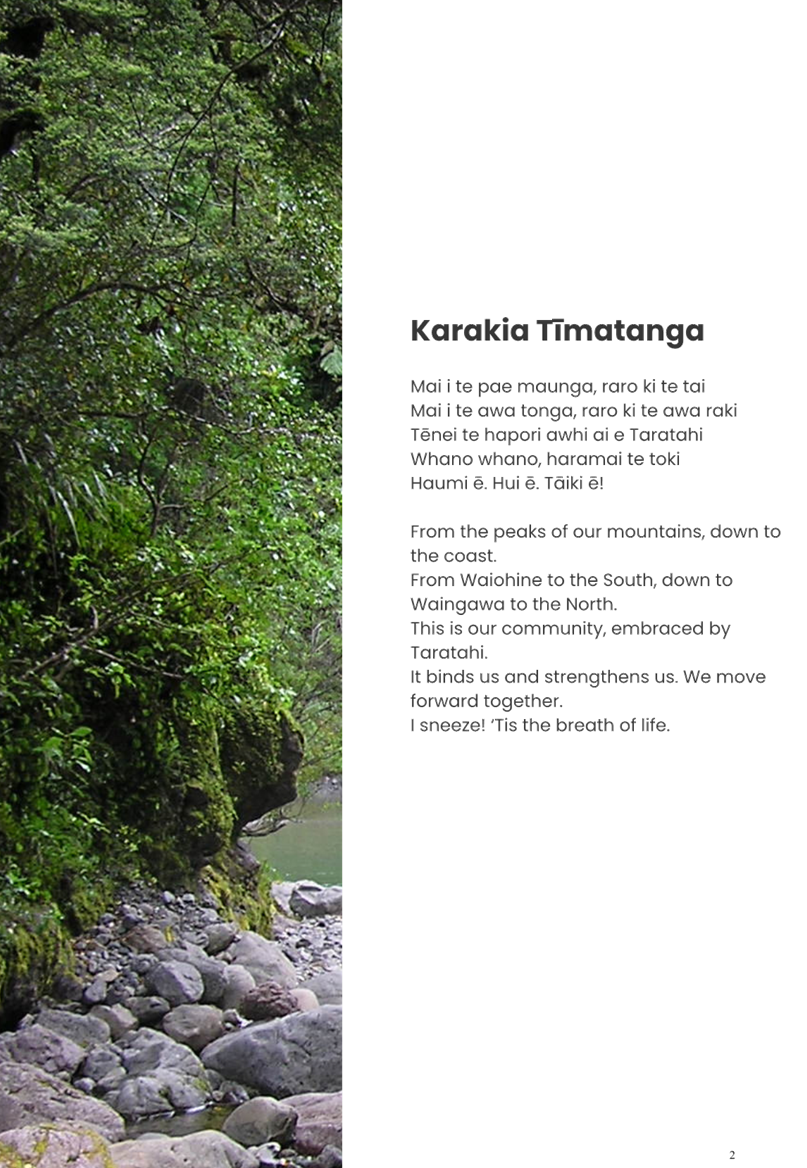

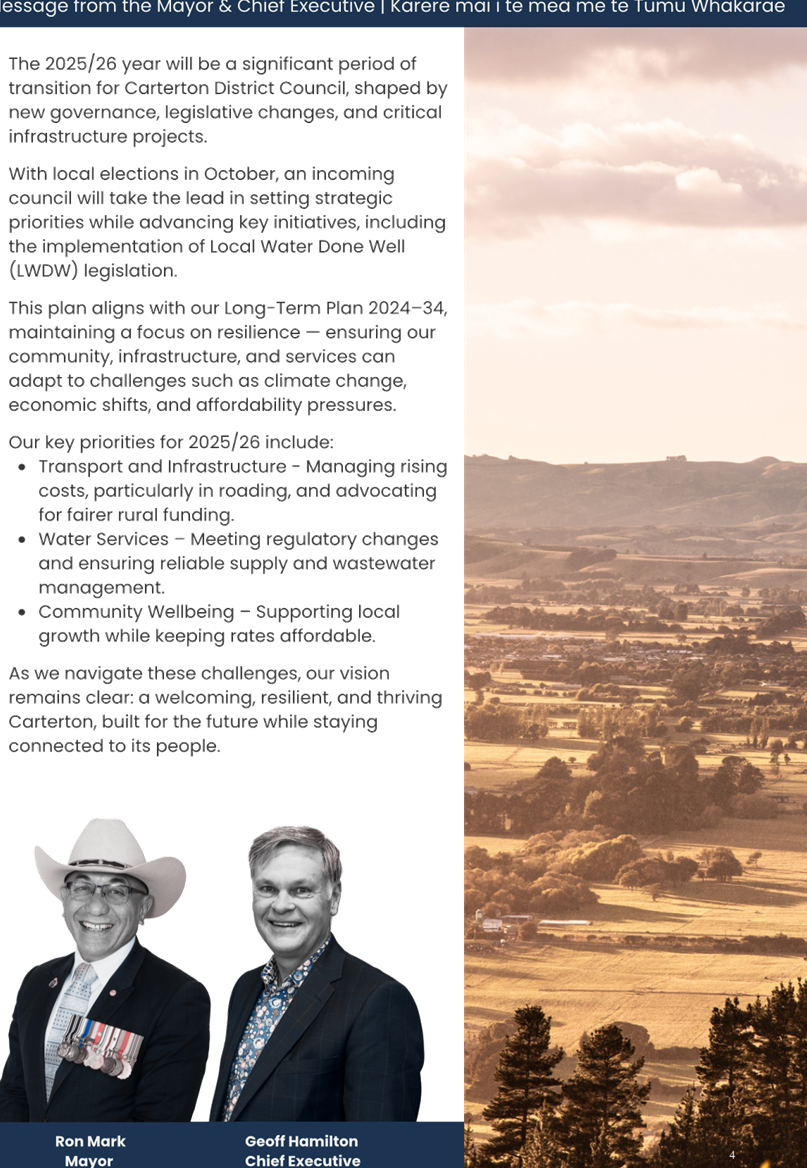

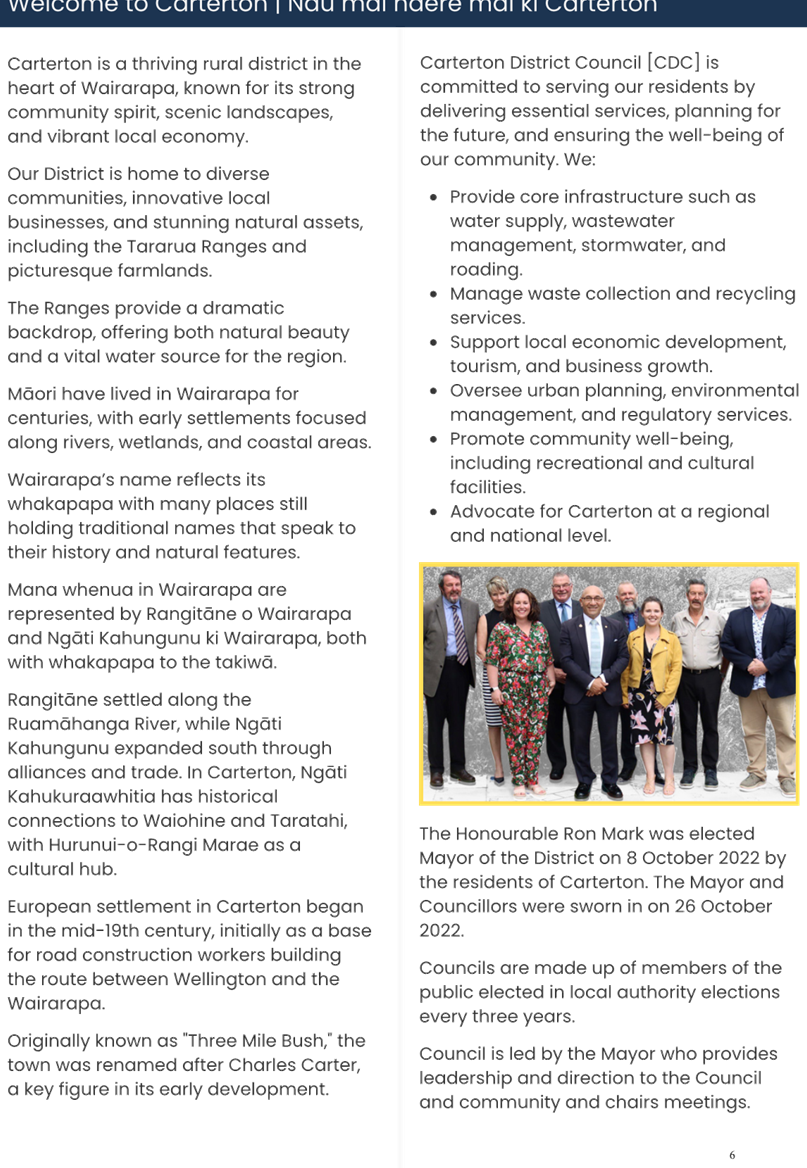


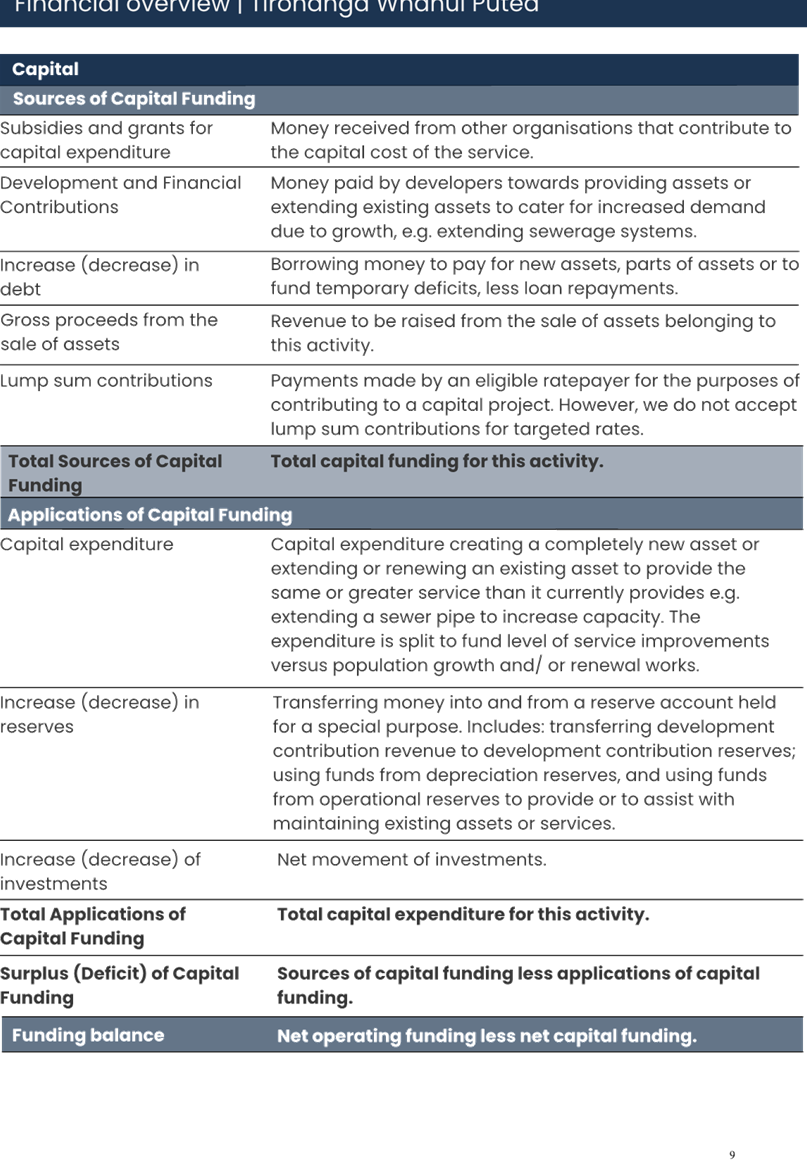
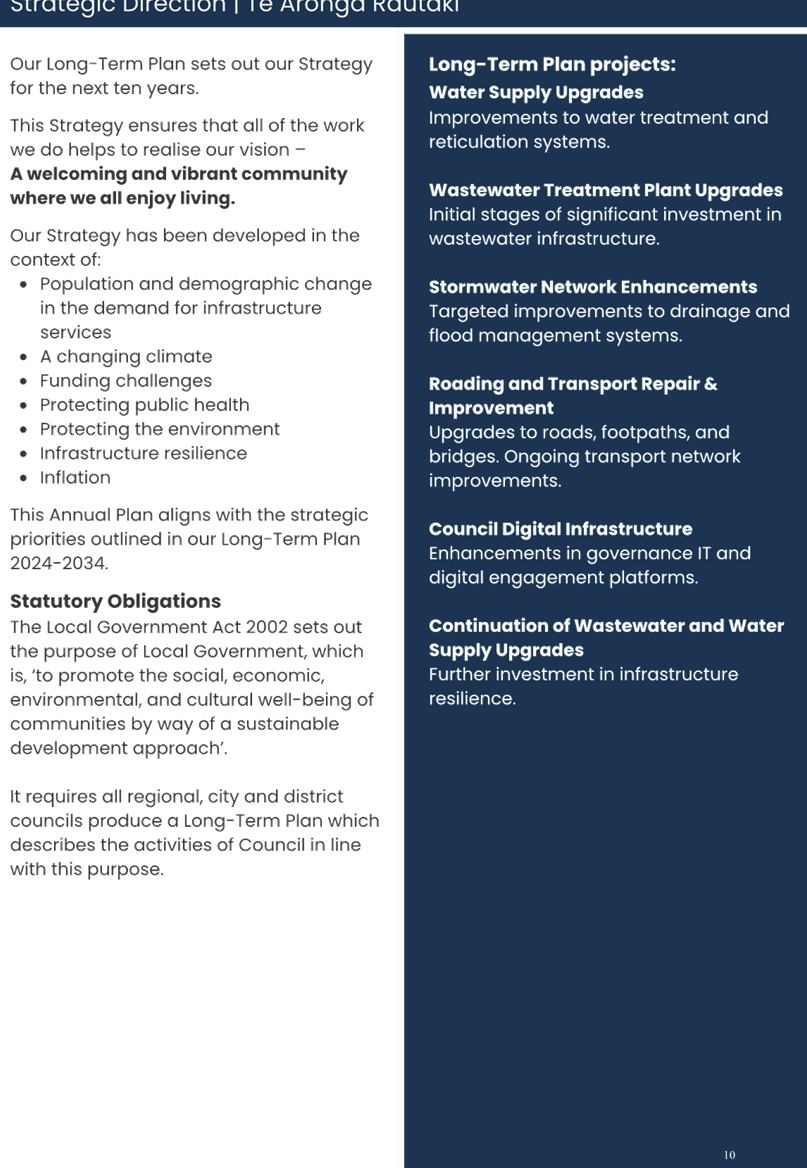
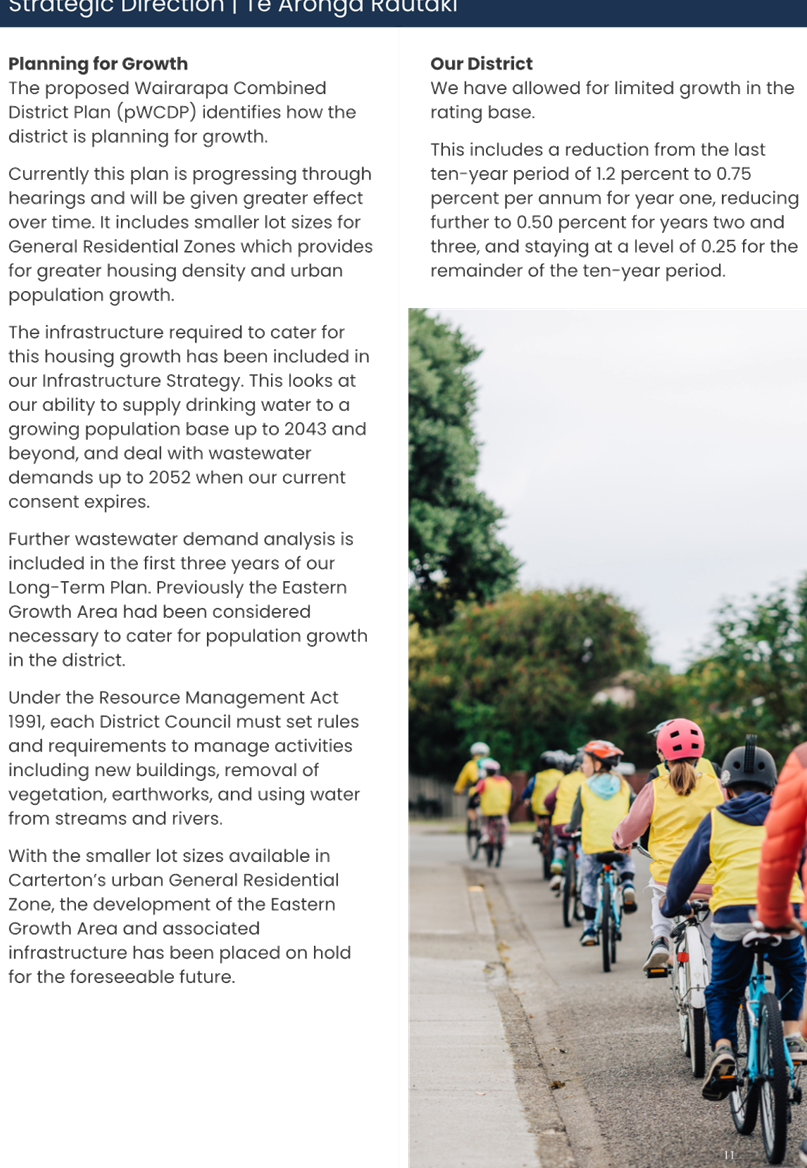

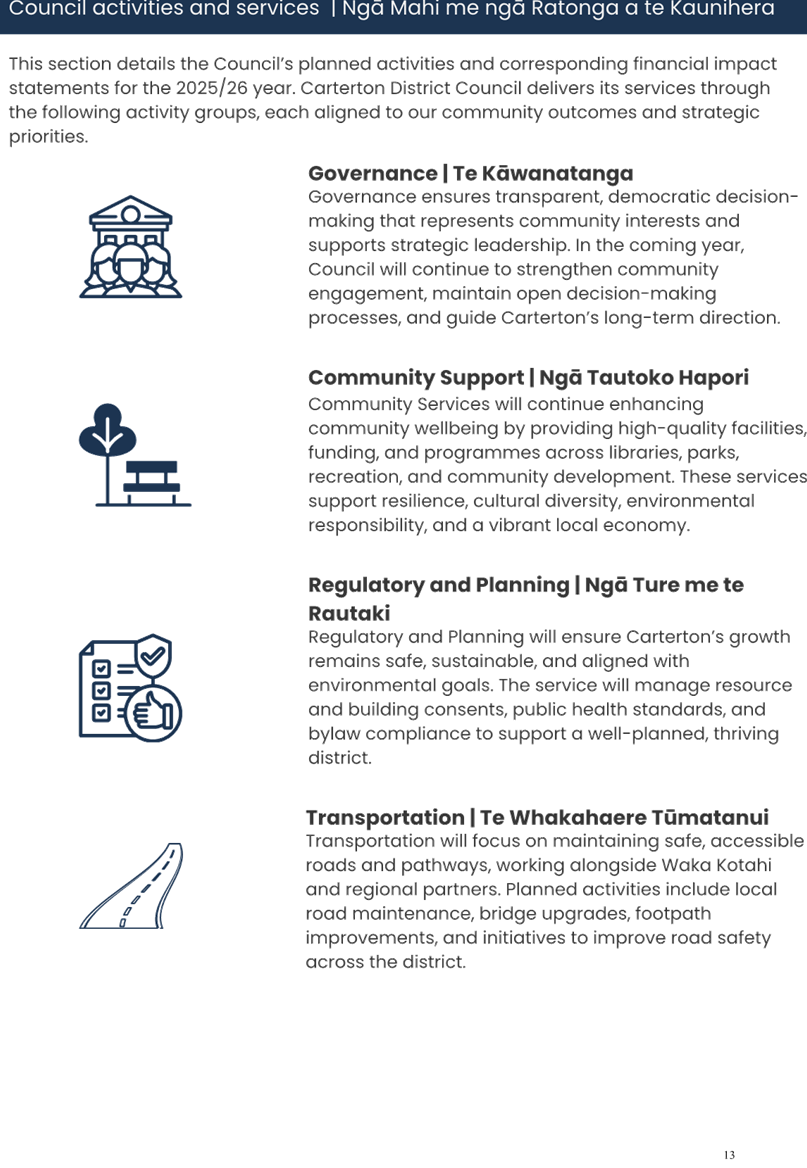
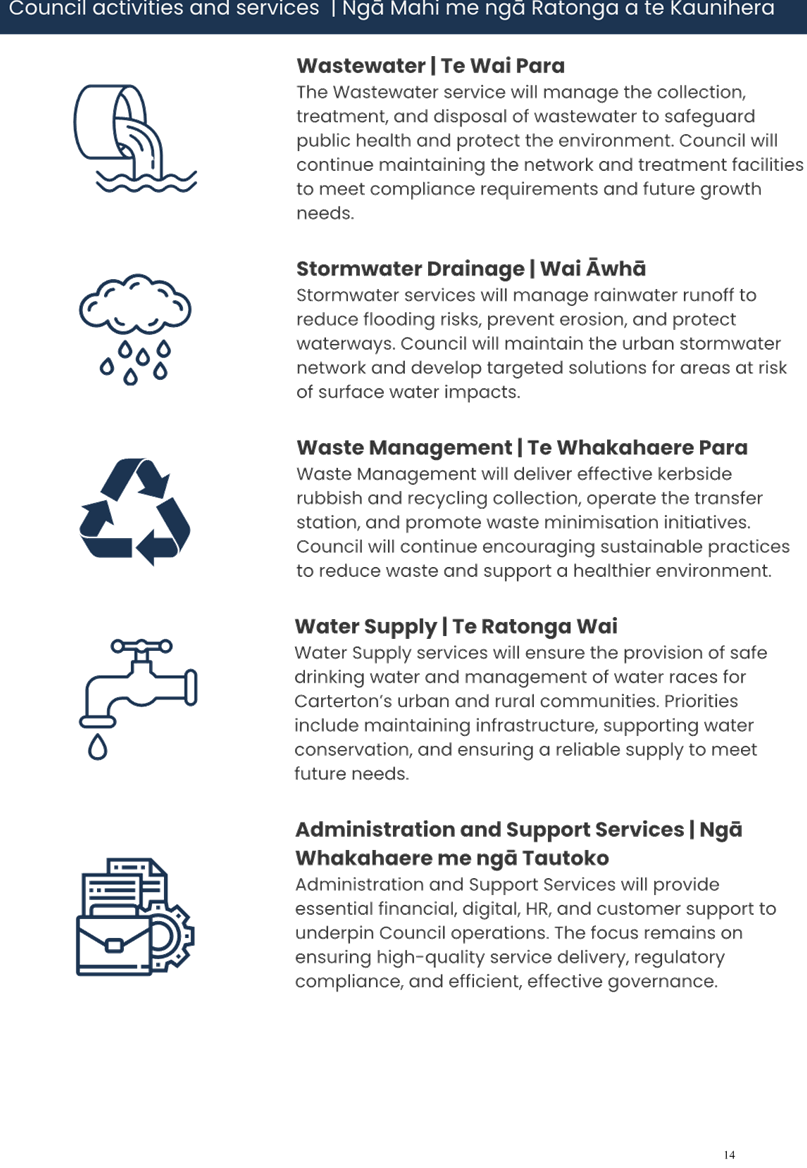
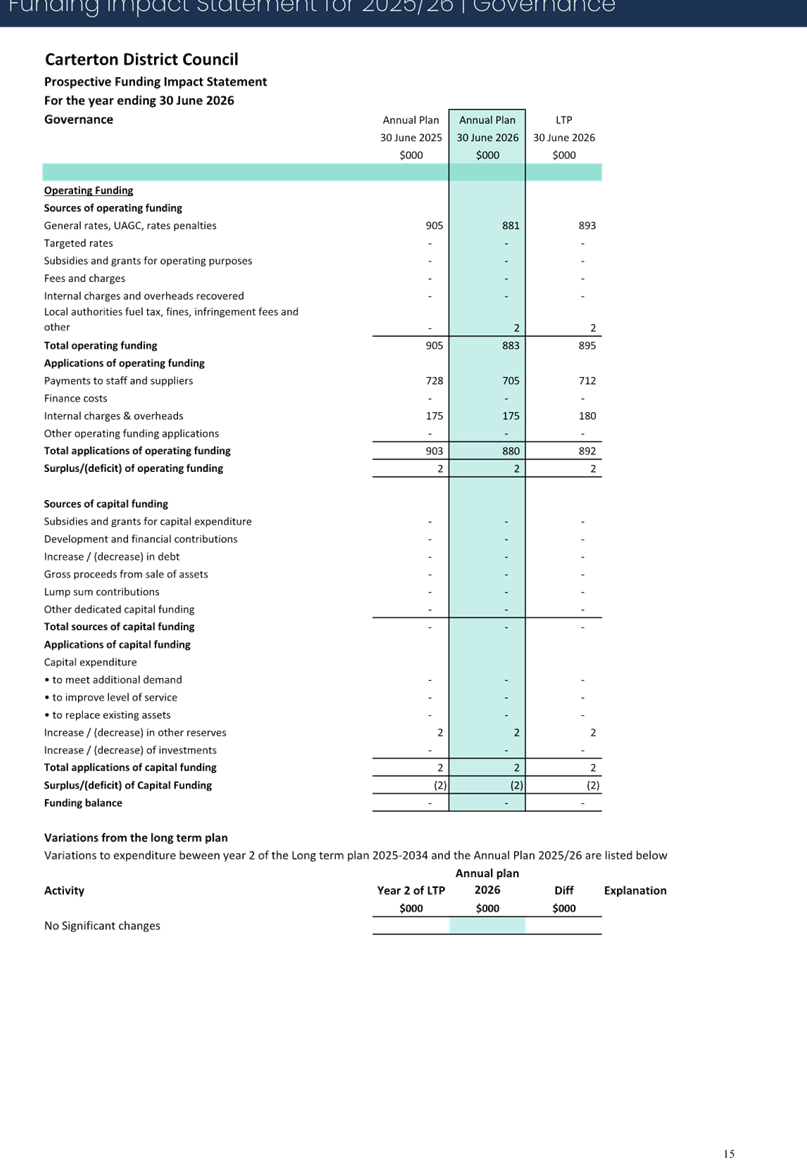
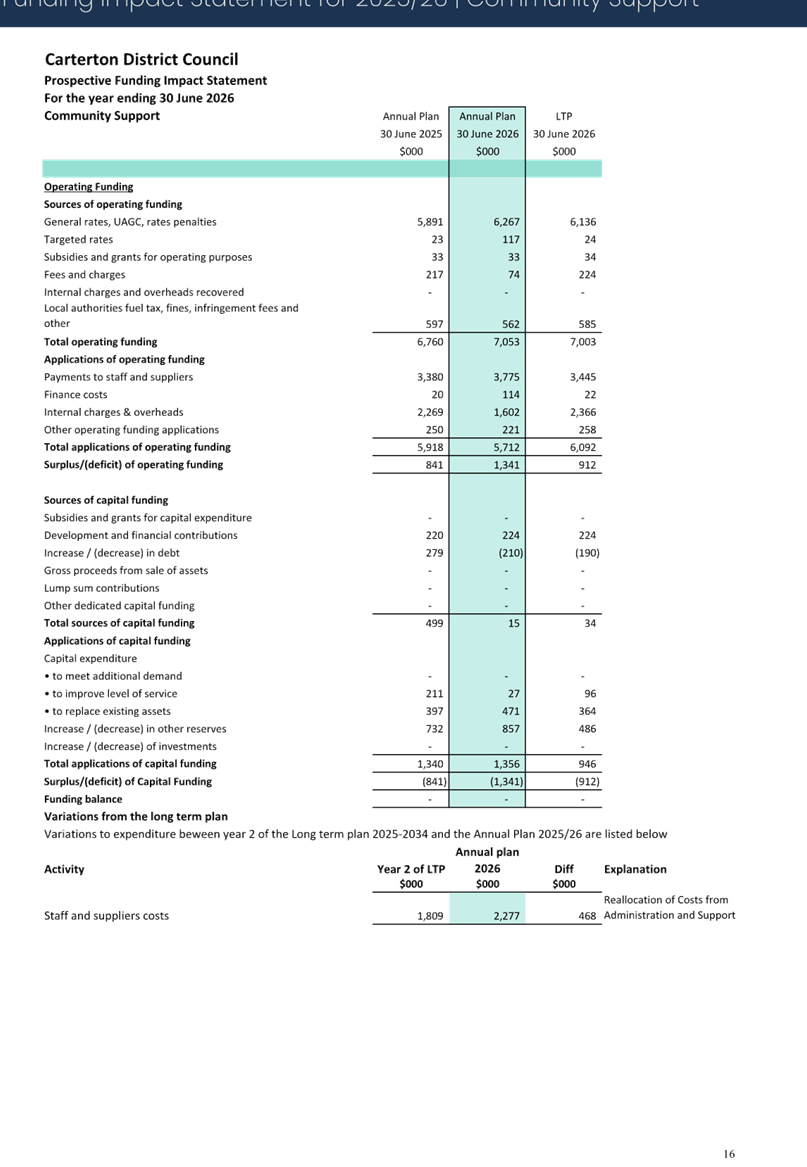
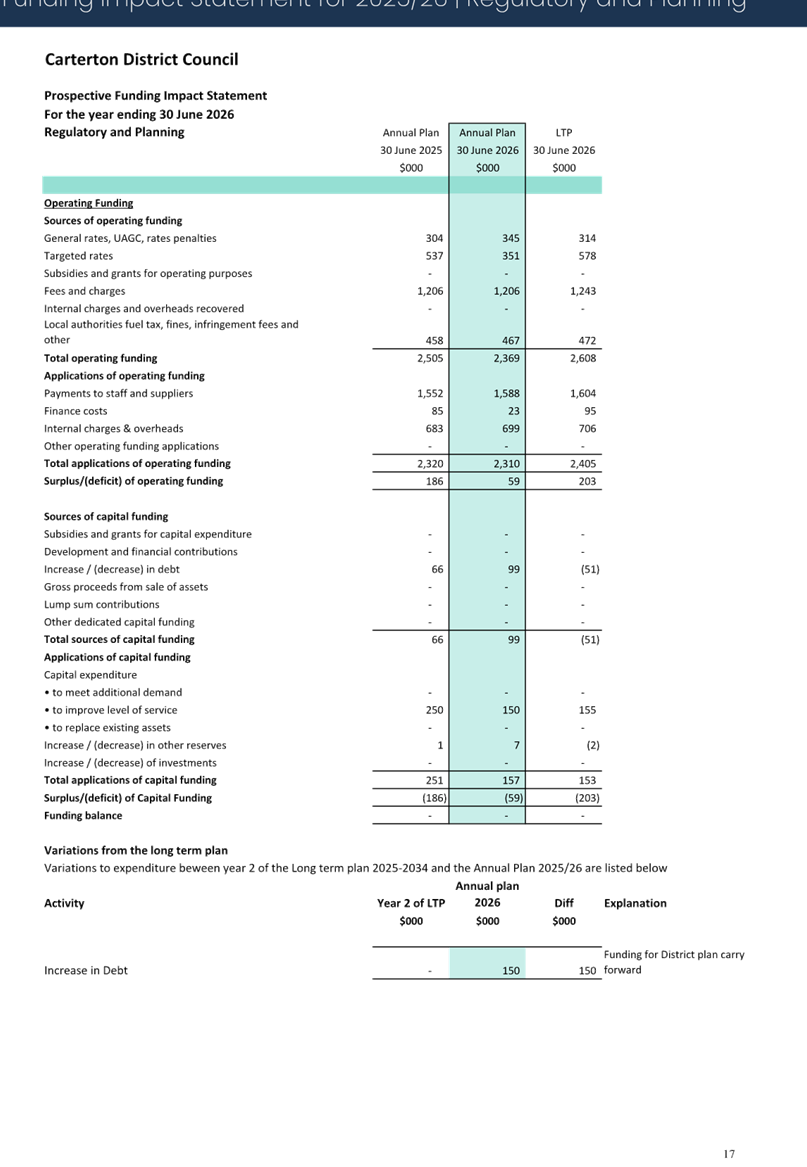
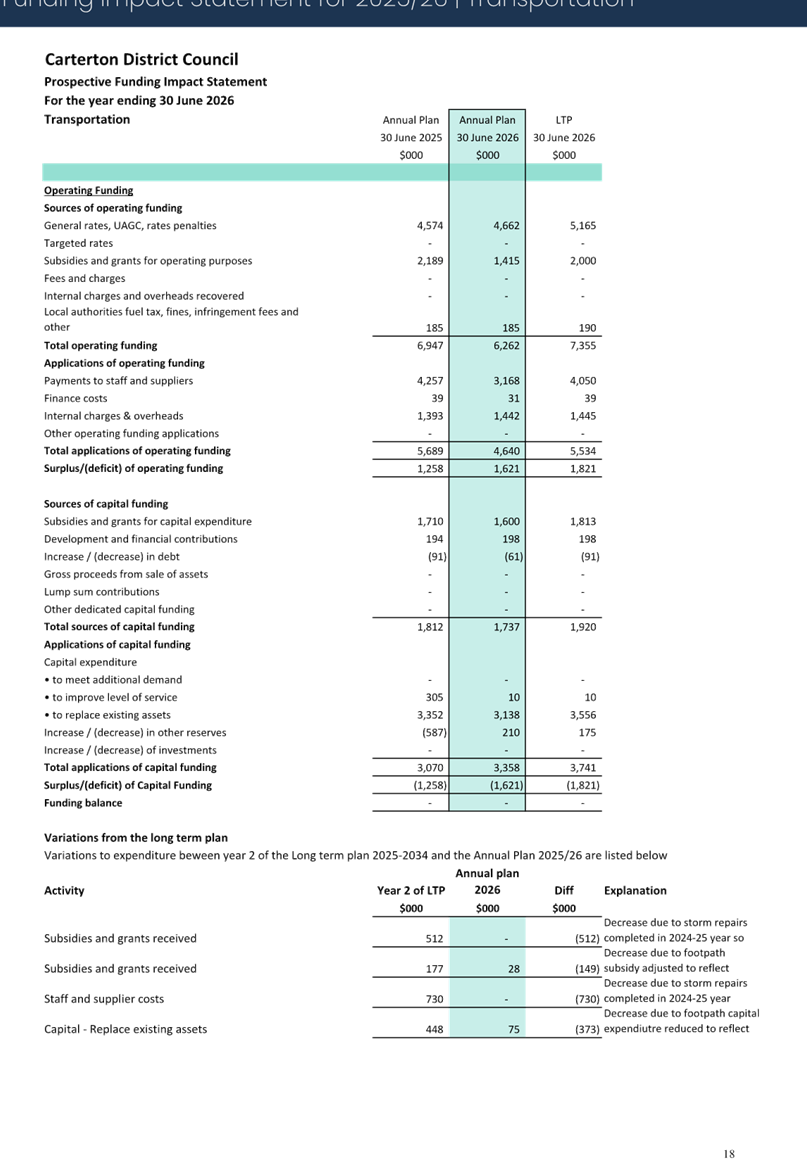

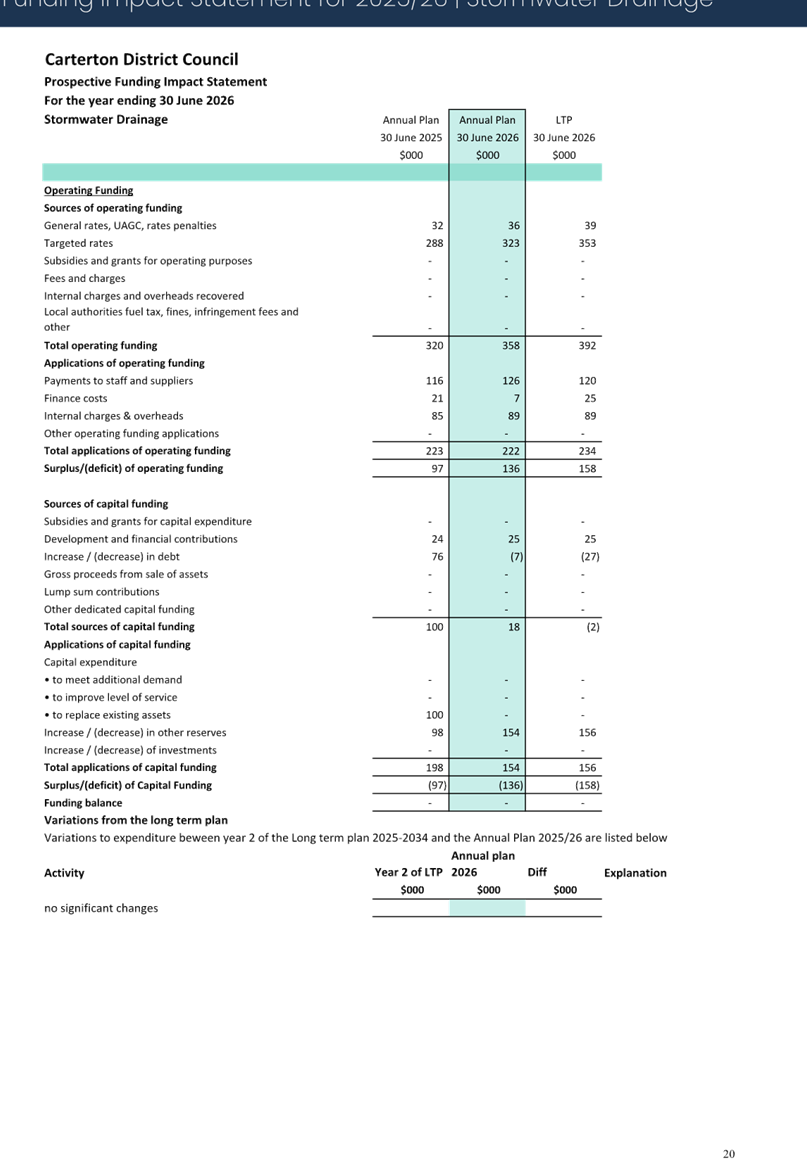

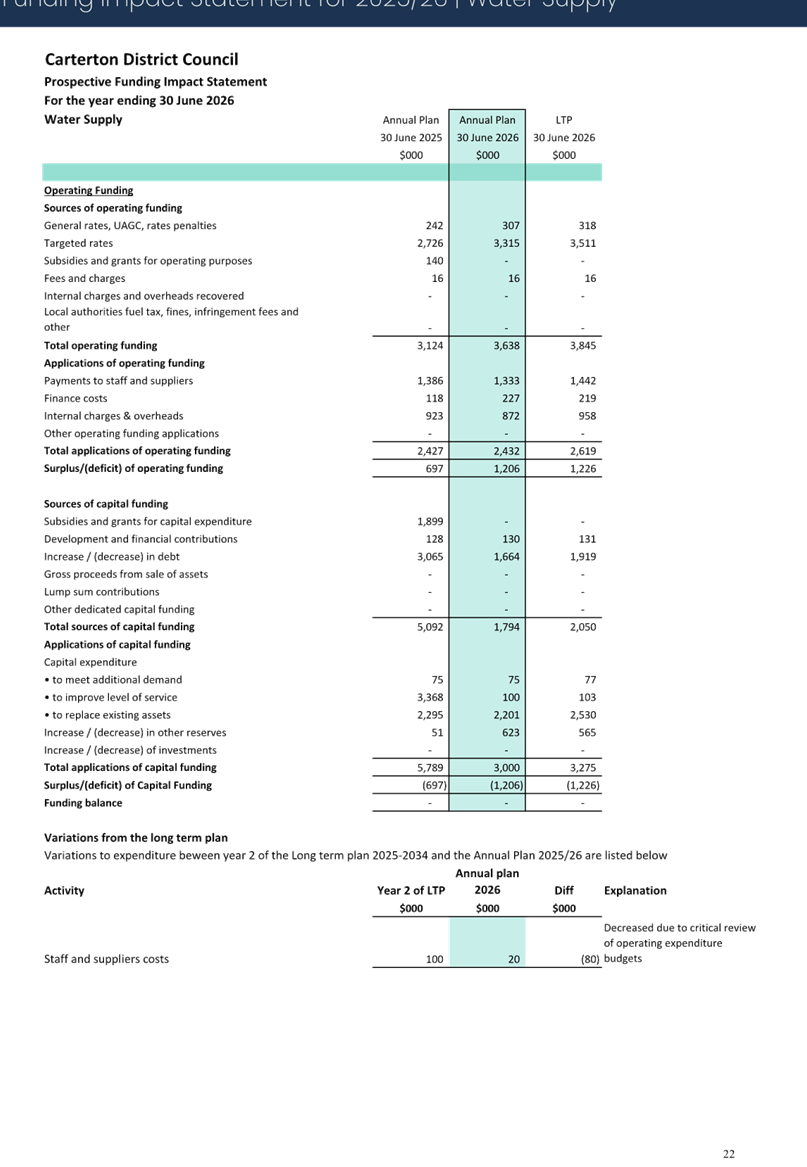
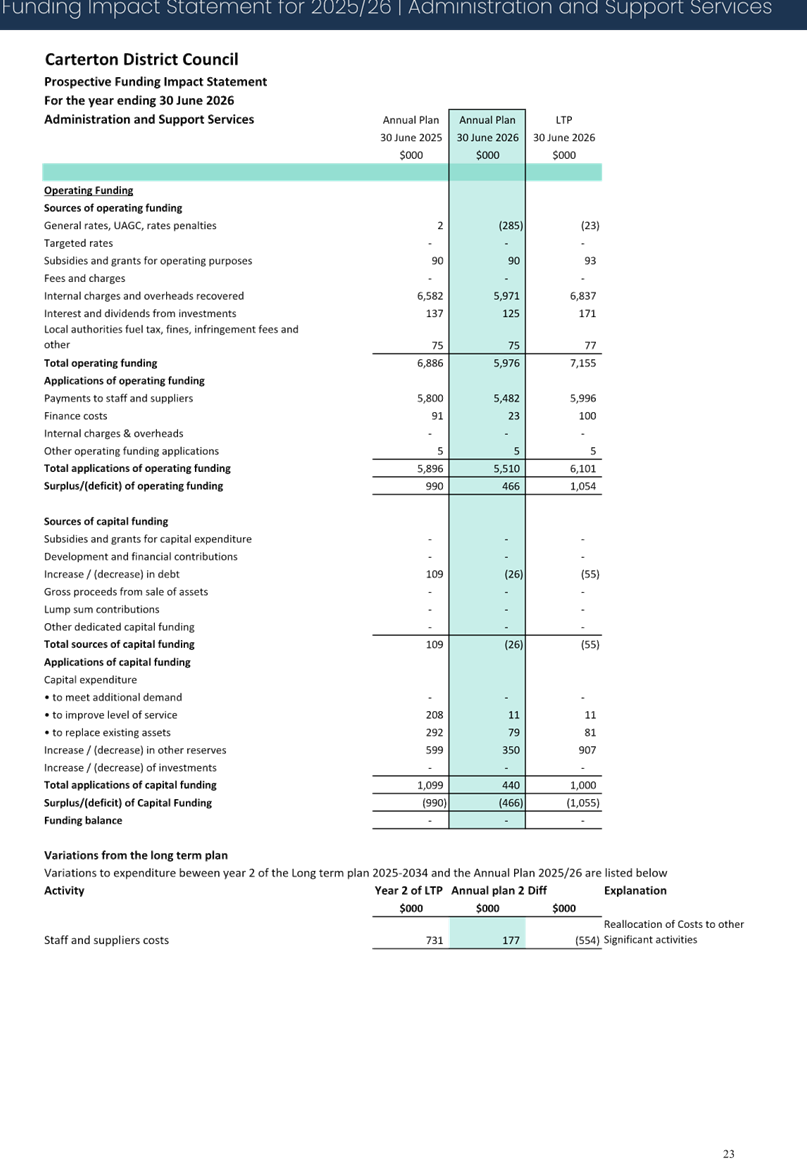

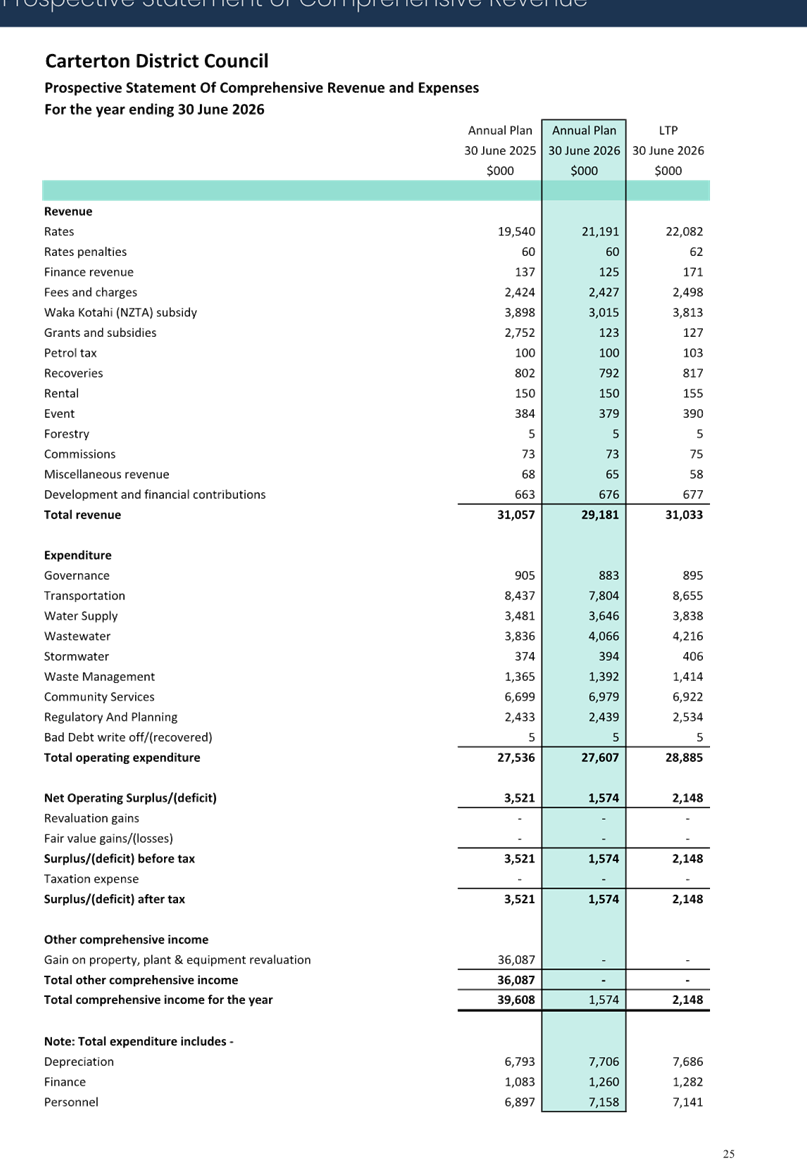
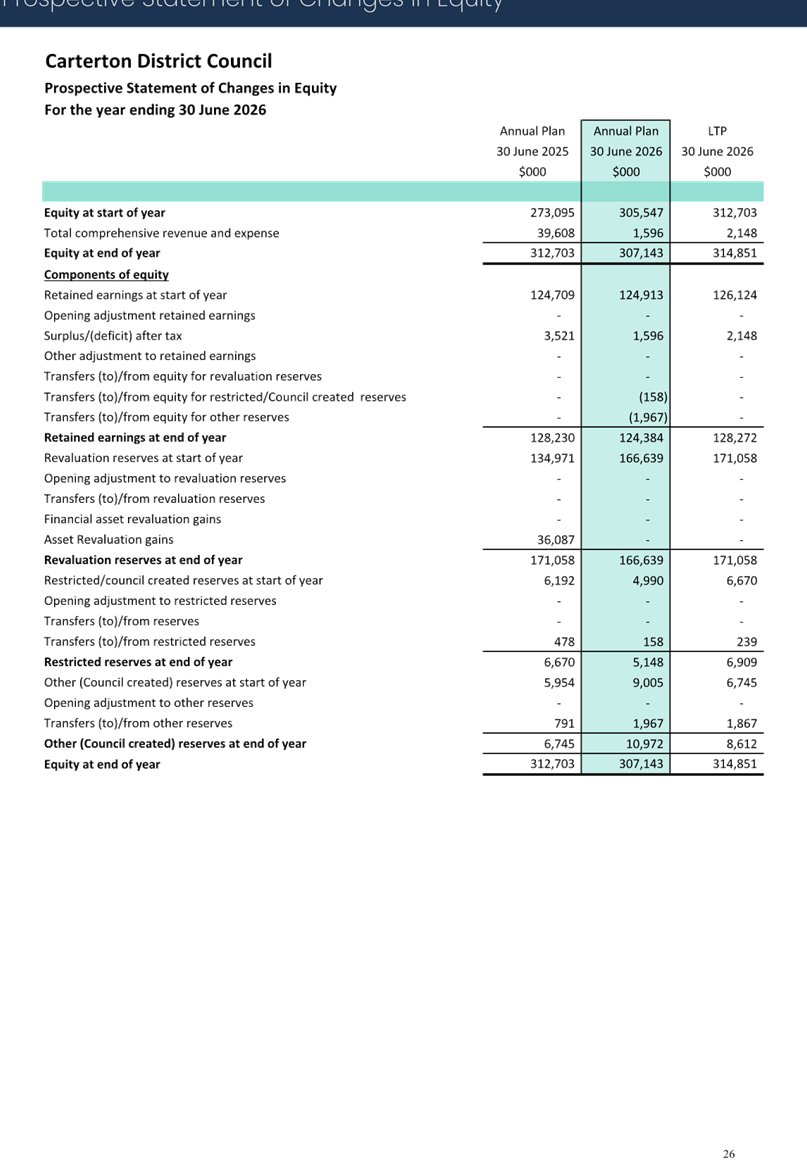
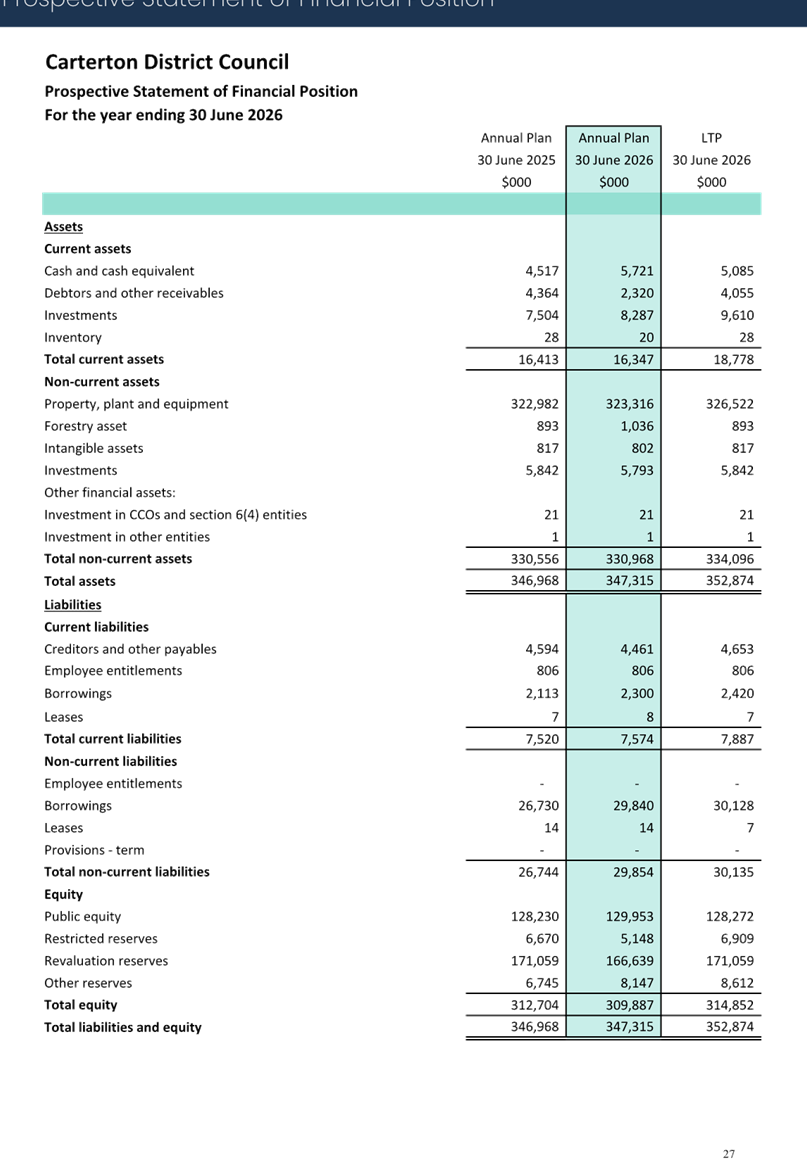
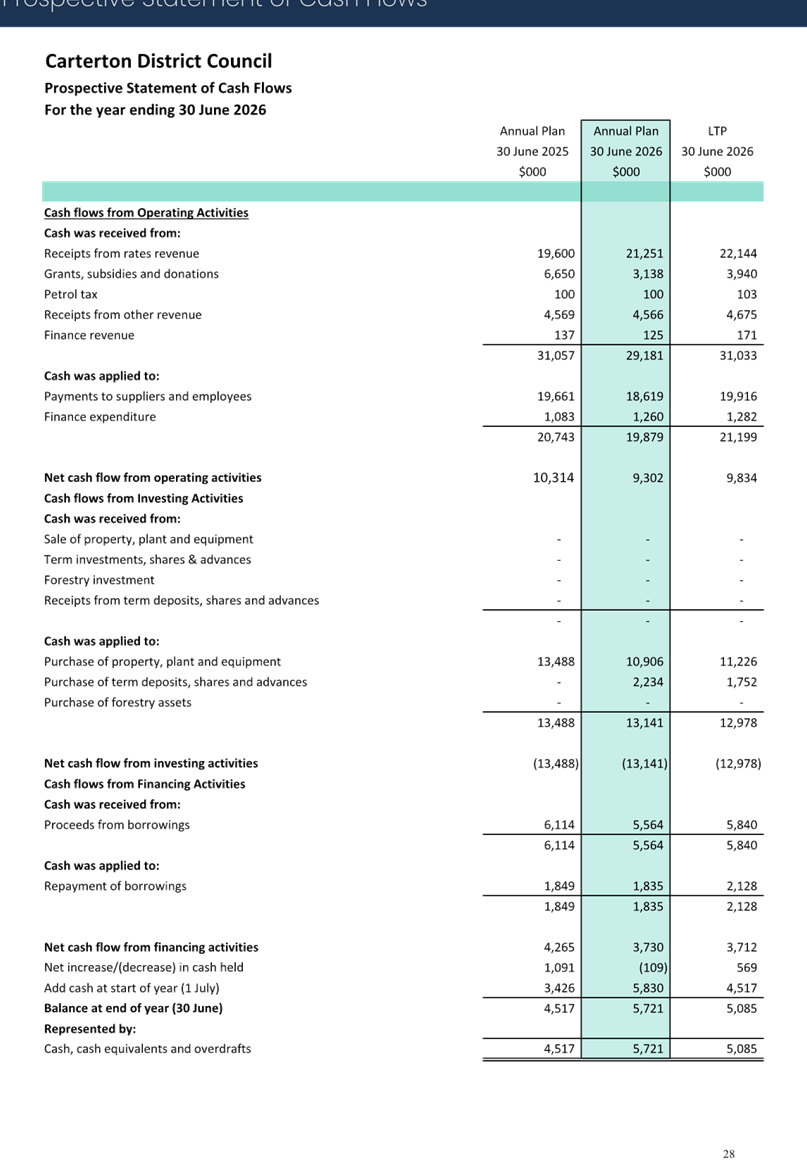
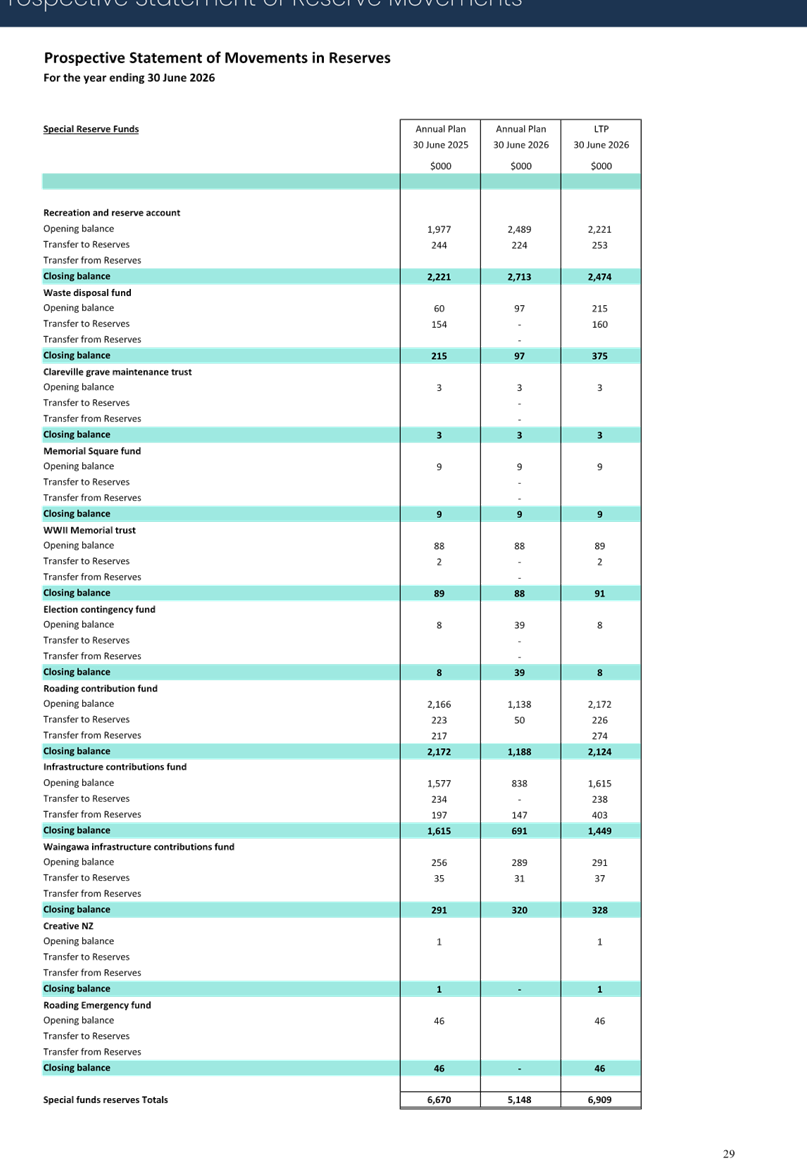


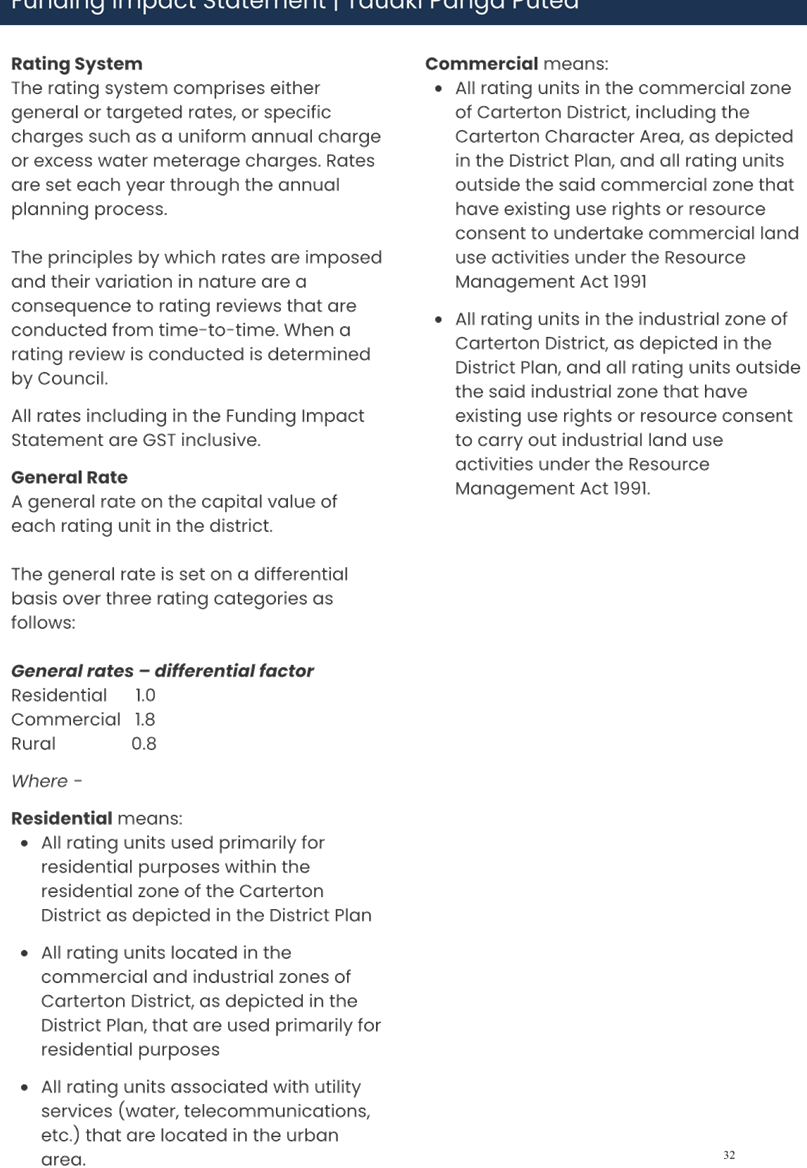
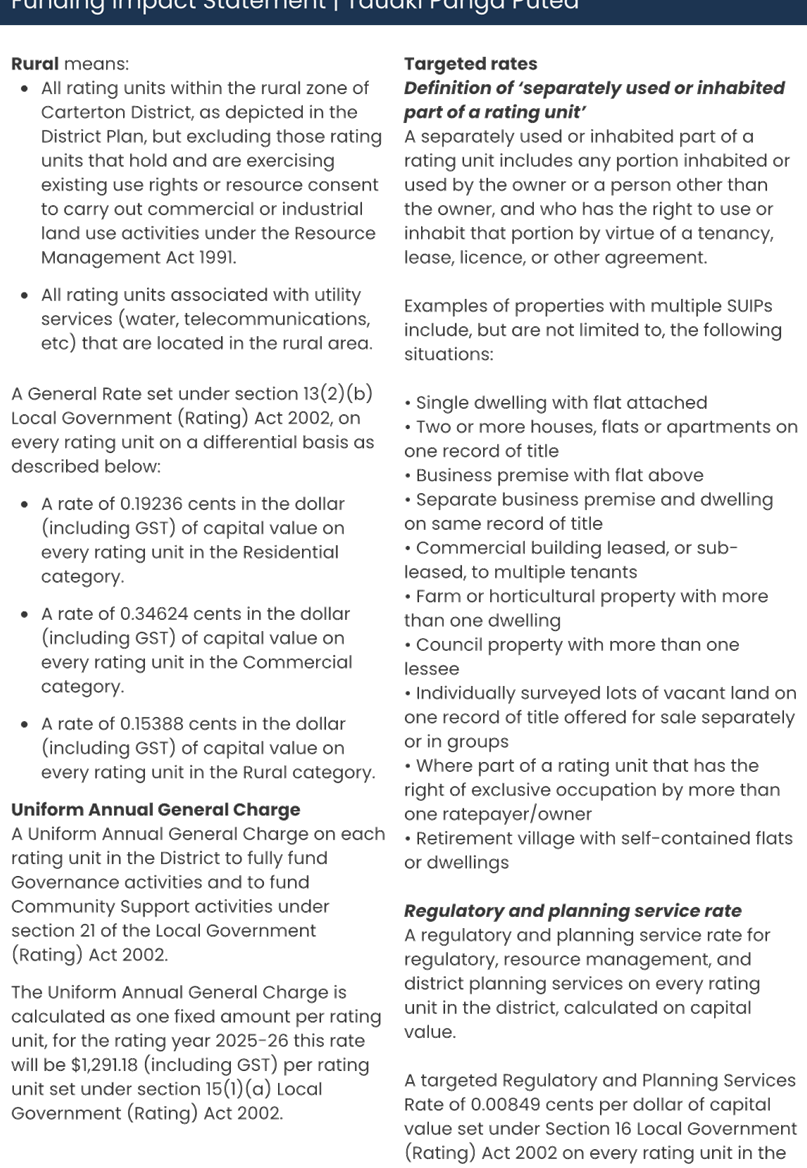

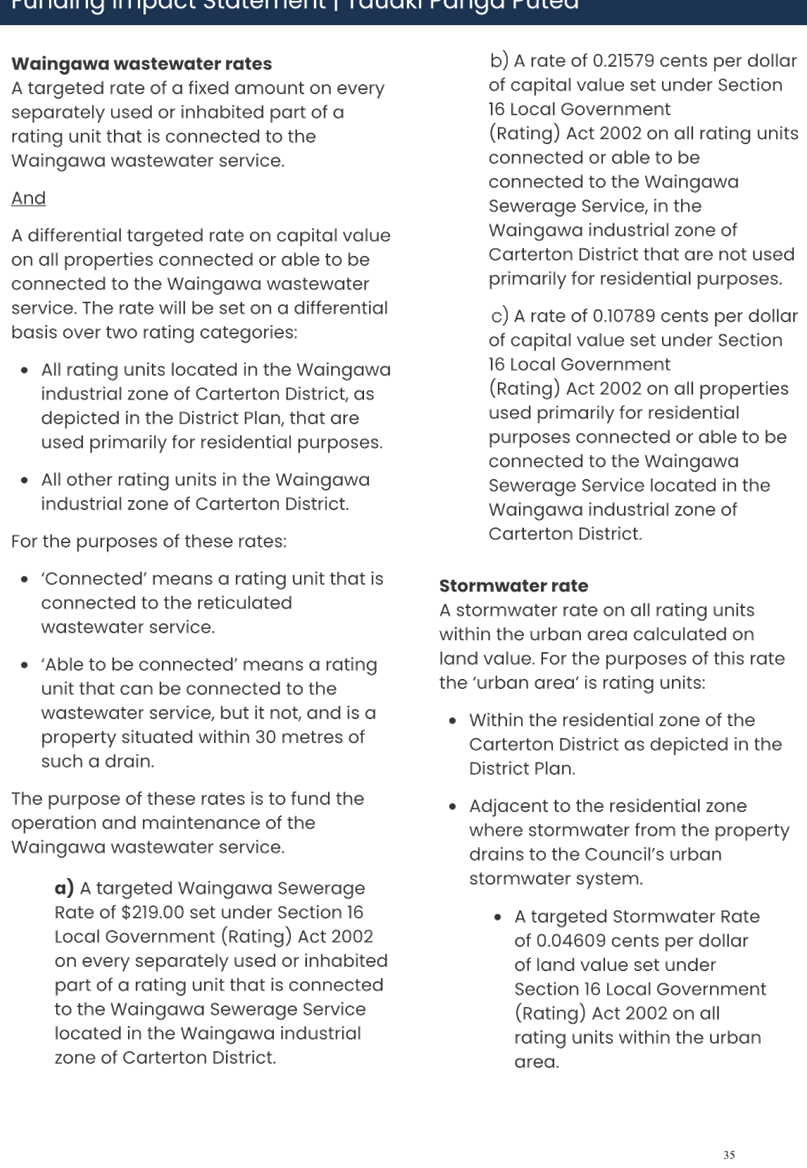



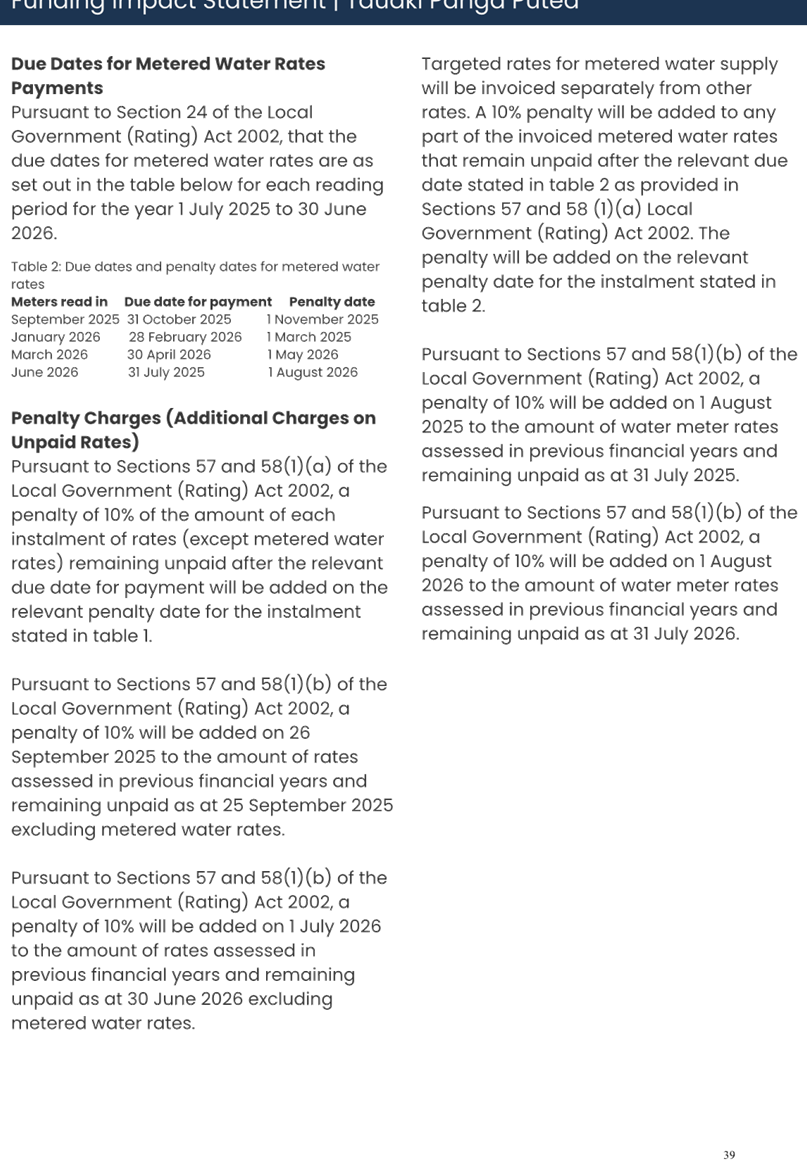

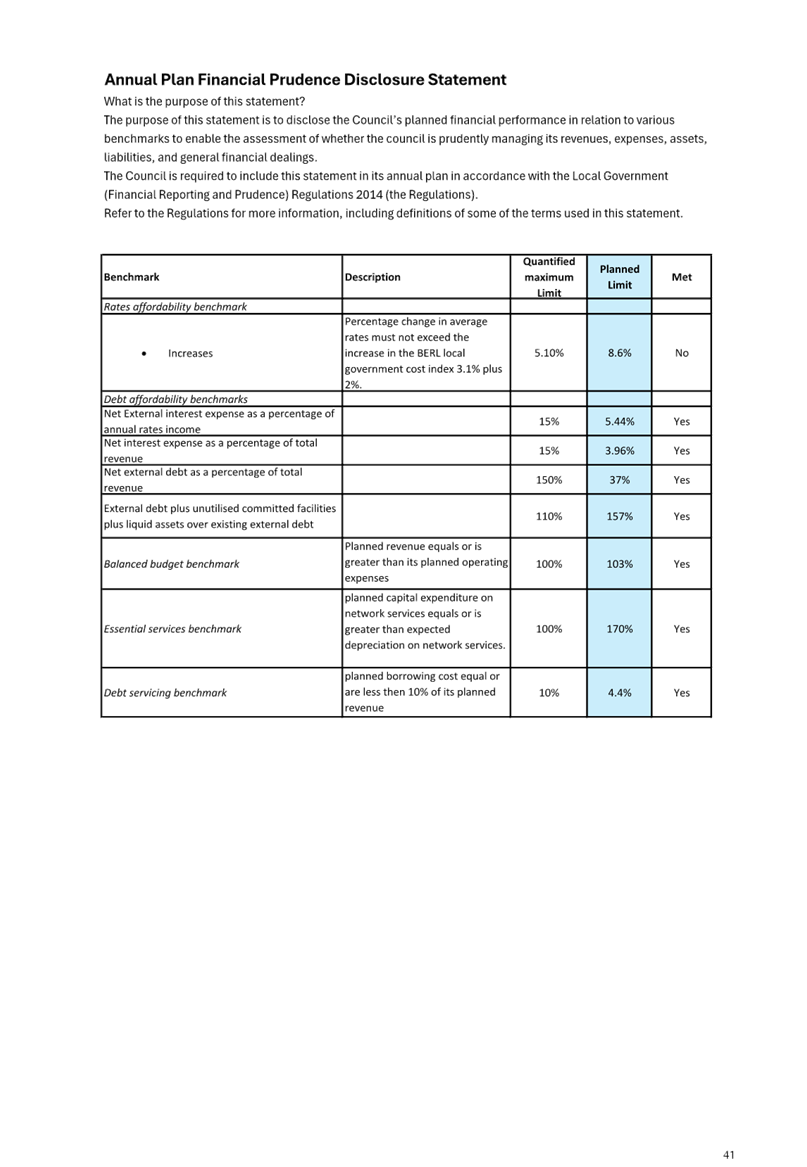


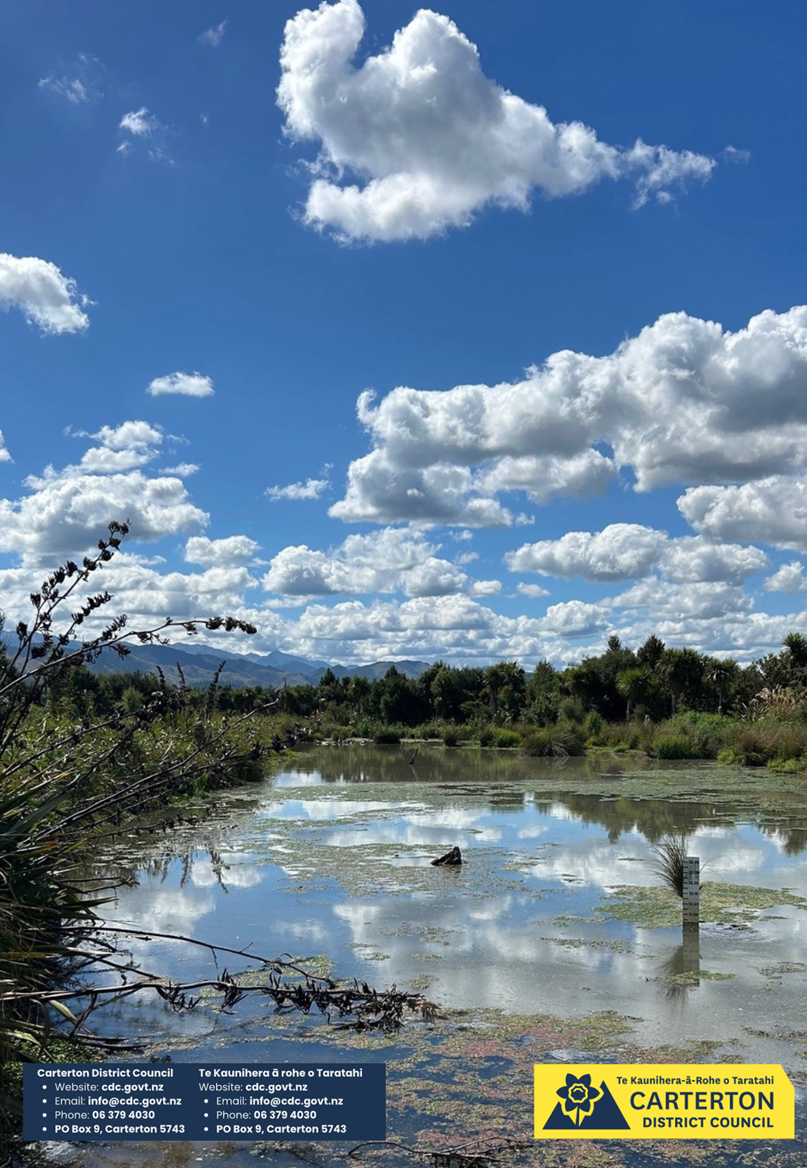
|
Risk
and Assurance Committee Meeting Agenda
|
7
May 2025
|

7.4 Risk
Management Update
1. Purpose
For the Committee to
be updated with a summary on Council’s identified and emerging risks.
2. Significance
The
matters for decision in this report are not considered to be of significance
under the Significance and Engagement Policy.
3. Background
Council’s
Risk Management Framework ensures that sound risk management practices are
incorporated into Council’s planning and decision-making processes.
The Framework is developed by the Risk and Assurance Committee, and adopted by
Council, including the risk context, risk criteria, and risk profile.
The
Framework also informs the ranking for the Risk Register (Attachment 1) which
outlines Council’s identified risk items.
The Register is reviewed
and reported to the Committee on a quarterly basis.
4. IDENTIFIED
RISKS
The
Risk Register currently contains 31 identified risk items, including
Council’s Top 5 Strategic Risks. Each risk has an associated
unmitigated ‘raw score’, recorded in the first column, and a
subsequent score, once mitigations have been applied, in the second column.
There
have been no changes to the Risk Register since the last meeting in February
therefore the overall categorisations remain as below:
|
Risk
Score (unmitigated)
|
Risk
Score (mitigated)
|
Level of
Risk
|
|
13
|
Zero
|
Extreme
risk
|
|
14
|
3
|
Significant
risk
|
|
4
|
14
|
Moderate
risk
|
|
Zero
|
14
|
Low risk
|
5. EMERGING
RISKS
Council
manages a number of emerging risks, typically short term, that may or may not
already be captured within the Risk Register. These will be reported to
Council in detail as they arise, however the following is a summary of the
predominant risks:
5.1 Local
Body Elections
Already
outlined within Risk 7, staff are identifying and managing risks associated
with the election period and process. These include protecting
Council’s integrity, transparency and reputation, ensuring compliance
with legislative obligations, providing sufficient staff resourcing
particularly across the Democratic Services Team and the Communications and
Engagement Team, delivering engagement activities, and enabling council to
complete its business within the decision-making time period requirements.
An
internal project team has been established to manage the risks and ensure the
successful delivery of the election process.
5.2 Local
Water Done Well
Management
have reported the complex risks involved in Local Water Done Well in a number
of alternative forums and papers. In terms of the current focus to choose
a new water services delivery model, staff continue to manage legislative and
political changes, the strain on resourcing including staff and governance
members, and consultation and decision-making requirements and timelines.
Management
is also looking ahead to the future needs of the Council once the new water
services model has been implemented. This will require significant
consideration regardless of the model chosen.
5.3 Annual Plan
Given
the challenges of delivering the Long-Term Plan and Annual Report, management
is focused on ensuring Annual Plan risks are managed. This includes
ensuring staff are suitable skilled and experienced, quality assurance
processes; and sufficient capacity to deliver a quality report for
Council. The AP is due for adoption on 30 May.
Annual
Report
As
discussed above, management is focused on delivering the Annual Report with
improved skills and resources particularly in the finance team to deliver a
quality report. Early engagement with the auditors is currently underway to
ensure an improved audit process. New financial reporting and auditing
standards are required for 2024/25 reporting including greater emphasis on
Service Performance Reporting. Further details are outlined in a separate
report for this committee meeting.
5.4 Combined District Plan
Work
continues towards the adoption of the new Wairarapa Combined District
Plan. This has required a significant amount of staff and elected
representative resourcing over the past 18 months. The risk of legal
challenge or dispute is traditionally very high, however the exemplary
experience and professionalism of the committee and council team managing the
process has enabled transparent, robust and in parts, innovative
outcomes. Hearings are still underway however we expect them to be
completed at the end of June. Once this is achieved, a decision version
of the plan is released and the statutory appeal period commences.
5.5 Organisational Changes
Management are leading a
number of organisational changes to ensure that we respond proactively to the
challenges in delivering the Long Term Plan and Annual Report in 2024, that we
are performing as effectively and efficiently as possible, and that council is
well positioned to meet future potential impacts such as Local
Water Done Well, legislative and regulatory change, and Wairarapa amalgamation
developments.
5.6 Legislative Changes
The
pace of change continues through a range of legislation including the Local
Government Act 2002 (LGA) itself. Government proposes to re-focus the
purpose of councils to provide for good-quality local infrastructure, public
services, and regulatory functions in a way that is most cost-effective for
households and businesses, while supporting local economic growth and
development. This also includes the removal of the four community
wellbeings. We expect to receive more guidance on LGA changes during the
first half of 2025.
The
other prominent legislative changes we are monitoring are to the Resource
Management Act 1991, Building Act 2004, Emergency Management Act 2002 and the
Employment Relations Act 2000.
6. CONSIDERATIONS
6.1 Climate change
Climate change risks and
mitigations are outlined in the Risk Register.
6.2 Tāngata whenua
There are no specific tāngata whenua considerations
required in this report.
6.3 Financial impact
There
are no budgetary implications required in this
report.
6.4 Community Engagement requirements
There are no community engagement requirements required in this report.
6.5 Risks
Council risks
and mitigations are outlined in the Risk Register. There are none
associated with this report.
6.6 Wellbeings
There are no community wellbeing considerations required in
this report.
7. Recommendation
That the Committee:
1. Receives
the report.
File
Number: 445826
Author: Geri
Brooking, People and Wellbeing Manager
Attachments: Nil
|
Risk
and Assurance Committee Meeting Agenda
|
7
May 2025
|

7.5 Health,
Safety and Wellbeing Update
1. Purpose
This report updates the Risk and Assurance Committee on
recent health, safety and wellbeing (HS&W) activities.
2. Significance
The matters
for decision in this report are not considered to be of significance under the
Significance and Engagement Policy.
3. background
Quarterly HS&W reporting provides assurance to the
Committee that relevant risks identified in Council’s Risk Register are
being appropriately managed.
The People and
Wellbeing (P&W) Team are responsible for reporting on risks, mitigations,
and activities undertaken across People Management, Health and Safety
(H&S), and Staff Wellbeing.
4. FOCUS OF ACTIVITIES
The
main focus of activities for the reporting period February – April
has been leading organisational reviews, implementing our new H&S platform,
and completing the electrical safety project across council buildings.
4.1 ORGANISATIONAL REVIEWS
Management
has recently completed a number of reviews across the council, both at a
‘whole of organisation’ level, and a function specific level to
ensure the efficiency and effectiveness of our service delivery. This is
the start of a phased approach to review how the council is organised in order
to meet future challenges and opportunities such as ongoing affordability
constraints, legislative and regulatory responsibilities, and Local Water Done
Well
Due to
its sensitive nature, more detailed information is provided for the Committee
in public excluded reports however a summary is detailed below.
Benchmarking
review
A review of the
council’s current operating model and functional groupings was undertaken
by an external consultant to provide a broad, high-level evaluation of the
model compared against four other councils of a similar size, function, and
population served.
Overall, the review
found that while there was significant variability across all the operating
models depending on the individual council and community priorities, CDC was on
the ‘lean side of right-sized’ for the services delivered.
It further noted that
CDC had the second-lowest operating costs per number of people compared to the
other councils, while still serving the second-highest number of people per
individual staff member.
Function reviews
Management
have led several recent changes to the staff structures of its cleaning
services, executive leadership, corporate services, finance, and emergency
management (EM) functions. These include:
· Externally
contracting all cleaning services for council facilities including public
toilets;
· Reorganising the
Executive Leadership, Corporate Services, and Finance Teams including the
creation a new Chief Financial Officer role;
· Expanding
the EM response model shared across the three Wairarapa councils to the
Wairarapa EM Office led by a Wairarapa Emergency Manager.
4.2 H&S PLATFORM
Assura
is a health and safety digital platform. It is a comprehensive yet simple
platform that gives us the ability to configure workflow-based processes
helping all staff to identify, manage and report incidents, risks, complete
audits and observations. It is based to suit CDC locations and role
specific risks and tasks. The platform is also available as an app, making it
easy to undertake audits and record an incident at the location and time.
Features
of Assura are:
· Event and Incident Management
· Safety observations, inspections and audits.
· Action management
· Vehicle, plant and equipment registers
· Contractor management
· Safety meetings
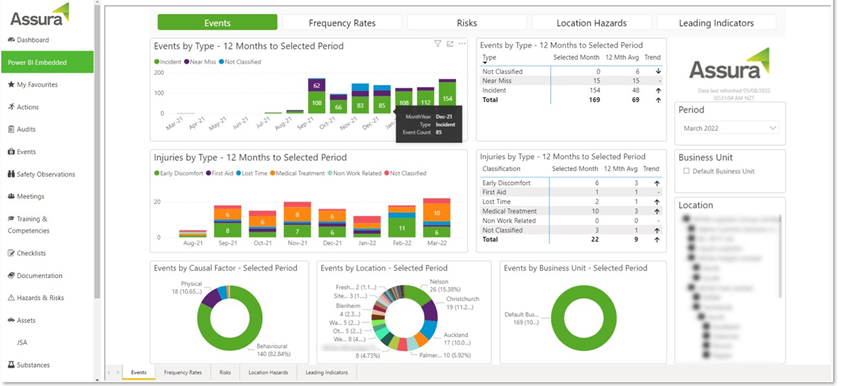

Once
implementation and staff training is complete, the platform will be live from
June 2025.
4.3 ELECTRICAL SAFETY
Last
Committee meeting we reported on our building electrical safety, with a large
number of multi-boxes and extension cords being used by staff creating a
potential risk of electrical fire. Over 60 multi-boxes and double plugs
with over 10 extension leads being used have now been replaced with wall power
outlets significantly reducing the fire risk across all buildings. During
the process, safety upgrades were also identified and completed in the main
power boards.



5. GENERAL
RISK MONITORING
5.1 HEALTH & SAFETY INCIDENTS
Reporting
of incidents by staff, including near miss reporting, continues to be
consistent across all departments. Staff are reminded regularly of our
various ways to report incidents and near misses through our staff newsletter,
digital noticeboard and posters in staff lunchrooms. The HS&W Committee
continues to work actively and be leaders in HS&W for the Council.
For
the period February - May we received 16 incident reports:
· 5
x near miss reports
· 6
x reports of damage
· 3
x injury reports
· 2
x contractor incident reports.
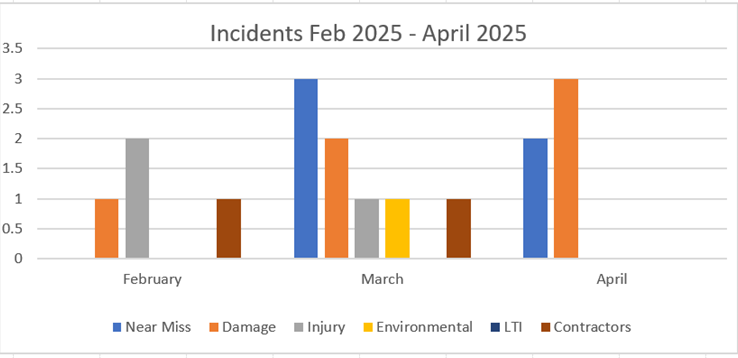
The HS&W Committee
and HS&W Advisor have reviewed all incidents and are satisfied that the
responsible managers and team leaders are taking appropriate actions in each
case. None of the accidents have highlighted major systemic failings.
Near miss reports
1. Mats that were too small to cover
lead wires in a public space and could cause a trip hazard were identified
during a safety behaviour observation. The mats were replaced immediately
with a large mat and taped down to minimise the potential trip hazard.

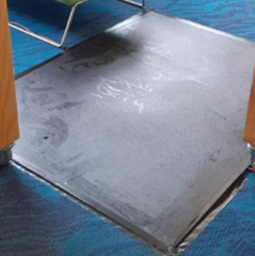
Small mat over lead
wires
Replaced with larger mat and taped
2. The
dosing unit at the Kaipatangata Water Treatment Plant is at the top of a large
tank. Staff are required to climb a ladder and then lift a 20-litre drum
of chlorine with a rope to the top.
Quotes are being sourced to relocate the dosing unit to the base of the tank
eliminating the need to climb the ladder.

Damage reports
1. Three
incidents resulted in minor damage to vehicles. In alignment with our
Substance and Alcohol Policy staff were taken for a drug and alcohol tests
immediately following the incidents. All tests returned negative results.
Environmental
report
2. A
chlorine leak reported from a contractor is included in the contractor
incidents reported.
Contractor
reports
1. A
contractor incident resulted in their staff receiving two fractured
wrists. CDC were not initially advised of the incident that occurred on a
CDC site. Outcomes from the contractor include;
o having to advise the contract
manager of incidents within 24 hours of it occurring
o new procedures are in place
for contractor staff that has been communicated across the company.
2. A
contractor reported a chlorine leak to the contract manager. This
resulted in the HS&W Committee undertaking an investigation. Outcomes
found:
o The contractor and contractor
manager had previously set up a bund to minimise the damage that could be
caused if a leak were to occur and this had worked as planned keeping the leak
to a minimum.
o Due to the bund already in
place, the chlorine was able to be returned back into the tank.
o The contractor was raising the
incident at the next toolbox meeting to remind staff of correct procedure to
ensure the hose was completely inserted back into the tank.
o The contractor was updating
their SOP to reflect this.
o The contractor was updating
signage at the location of the incident to remind staff that the hose must be
inserted completely into the tank to ensure that it couldn’t syphon the
chlorine back out.
Our recent Safety Alert
in the staff newsletter reminded what a near miss is, how to report and the
importance of reporting near misses. The HS&W Committee
supports a no-blame culture so we can continue to be working proactively in
health and safety.
5.2 CONTRACTORS
Contractors
are one of our ‘Five Biggest Risks’.
Contractor Management
44 of 55 contractors
have been fully assessed in the SiteWise management system and hold green or
gold status. This indicates a score above the expected competency level
of 75%. The average score of all contractors assessed is 94% - above the
national average of 84%.
6 contractors require
renewal assessment and 5 contractors are exempt from the Sitewise assessment
due to their pre-qualification with another certifying company.
We are pleased to see
that by continuing to work with our lower scoring contractors, the number of
contractors in red (scores of 0-50%) and orange (scores of 51-74%) is now 0.

Contractor Audits
No audits were conducted during
this reporting period.
5.3 RECRUITMENT
Over the reporting
period, we had 3 permanent staff members join the council in Community
Development, Communications & Engagement, and Infrastructure. We
currently have one vacancy in Waters Operations.
5.4 TRAINING
AND DEVELOPMENT
Red
Seed Learning Management System
Ensuring staff are
appropriately trained and qualified in their roles is a key mitigating
factor across almost all
council risk areas. Our online training platform provides effective,
accessible, and cost-effective training support for staff and people leaders.
Learning is based across
six development pathways covering skills and knowledge that are generic to all
staff - Induction, Health & Safety, Customer Service, Personal
Development, Wellbeing,
and Leadership. Each pathway consists of 5-6 courses,
typically taking between
5 – 30 minutes for easy completion, with skills tests and mentor
coaching, ensuring learning is practiced and embedded. This is the most
effective way of learning and retaining knowledge, and courses are then
available for future reference on an individual’s training dashboard.
Our latest dashboard
summary shows that staff have completed 50% of the development courses they are
enrolled in.
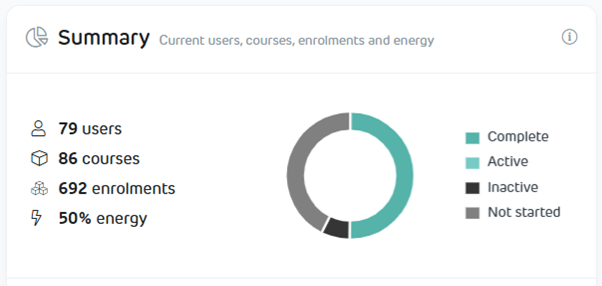
5.5 LEAVE
BALANCES
Managers
are required to monitor leave levels to ensure staff are taking leave
appropriately including monitoring sick leave, enabling sufficient rest from
work, and managing the council’s leave financial liability.
Annual
Leave
Current
outstanding annual leave balances (based on a 5 week/25-day entitlement,
pro-rated accordingly):
· 74% of staff have balances within one year’s leave
entitlement of 25 days
· 15% of staff have balances one year and two year’s
leave entitlement
· 11% of staff have balances over two year’s leave
entitlement of 50 days, noting that two staff members only work 3-hour days.
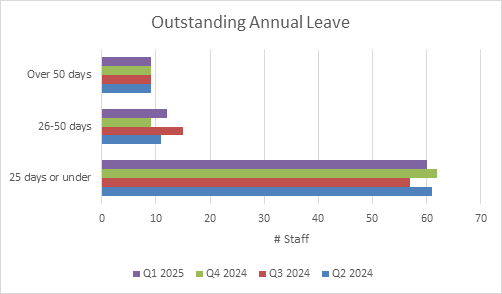
Note: Recorded as ‘calendar year quarters’;
the number of hours in a ‘day’ varies from 3hrs to 9hrs.
Sick Leave
Current
sick leave balances (based on a 10 day/8 hour per day entitlement):
· 65% of staff
have balances less than one year’s leave entitlement of 80 hrs
· 13% of staff have balances between one and two year’s
leave entitlement
· 21% of staff have balances over two year’s leave
entitlement of 160 hrs
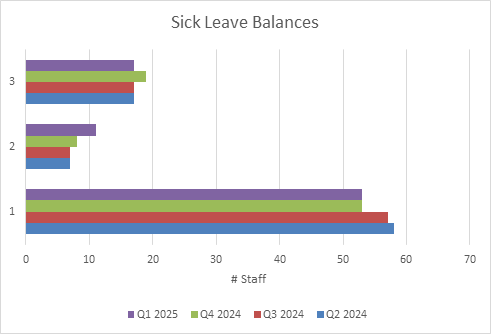
Note:
Recorded as ‘calendar year quarters’.
5.6 STAFF POLICIES
The following
policies have been reviewed:
· Substance and
Alcohol Abuse Policy
· Business
Continuity Plan
· Crisis Management
Plan (new policy)
· Motor Vehicle Use
Policy
· Leave Policy
· Hours of work and
fatigue guidelines
Policies currently
under review:
· Customer Privacy
Policy
· Sensitive
Expenditure Policy
· Staff Training
Policy
· Employee Code of
Conduct
6. ENGAGING
WITH OUR PEOPLE
6.1 HEALTH, SAFETY AND WELLBEING
(HS&W) COMMITTEE
The
Committee meets bi-monthly to report on HS&W issues and review incidents,
near misses and hazards. The Committee remains well engaged and committed to
leading HS&W across the Council. There are 9 members representing all teams
across the council and supported by the HS&W Advisor.
This
year the Committee will also be focusing on the implementation of the Assura
Health and Safety platform, review of the council Hazard Register and review of
the Health and Safety Strategy.
6.2 2022 - 2025 HEALTH &
SAFETY (H&S) STRATEGY
The H&S Strategy
and Action Plan supports the compliance and achievement of the aims of the
H&S Policy.
Out of 21 actions to
be completed, 10 have been completed and closed out, 8 are ongoing actions and
three have been deferred for completion through the Assura platform.
6.3 STAFF WELLBEING
The council has
obligations under the Health and Safety at Work Act 2015 (HSWA) to manage
hazards that may impact employees H&S. This also includes personal
risks such as fatigue, illness, injury, stress and emotional wellbeing.
Staff Wellbeing has
been identified as one of our ‘Five Biggest Risks’.
The Wellbeing Strategy
details objectives and outcomes that are important to our staff and their
wellbeing. Initiatives and activities undertaken
directly contribute to the four segments of the Staff Wellbeing Strategy:
‘Healthy Lifestyle’, ‘Good Working Relationships’,
‘Job Satisfaction’ and ‘Positive Culture’.
Wellbeing Initiatives
and Activities
Activities
were:
• Monthly
staff craft group
• Weekly
karakia and waiata class
• Staff
newsletter posts
• Social
club event
• Staff
influenza vaccinations
My Everyday Wellbeing
Platform
My Everyday
Wellbeing provides a wide range of information and activities to increase
the wellbeing of staff and their whānau. It provides both an
interactive website and direct weekly emails to offer support and advice across
wellbeing topics such as healthy eating, exercise, illness information, mental
health, and financial wellbeing.
Our latest six-monthly
staff engagement statistics are detailed in the attached report and summarised
below.
The report shows around
two-thirds of staff use the platform with all metrics being above the industry
average use. Additionally, there has been an increased use by staff over
the past 6 months with the most researched topics including advice on fatigue,
nutrition, and food budgeting.

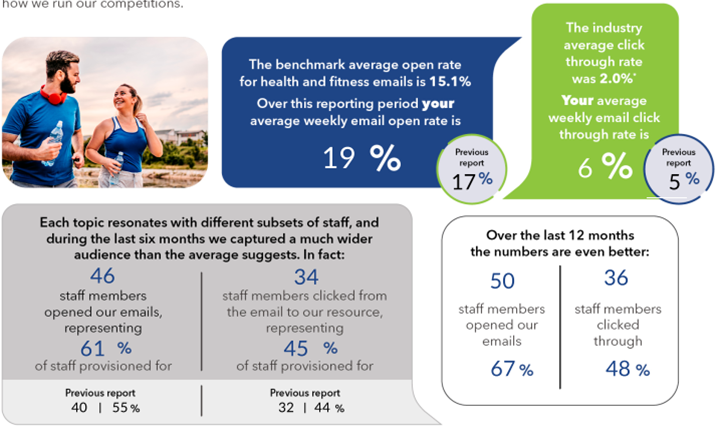
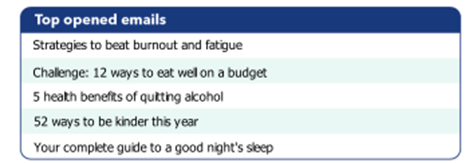

7. EMPLOYEE
ASSISTANCE PROGRAMME
The Employee Assistance Programme (EAP) is a workplace
wellness programme designed to boost staff performance by proactively helping
them resolve personal and work issues. The programme offers confidential
and short-term support that assists with a variety of issues, including
financial, legal, physical and mental health. EAPs are an essential part
of supporting the health and wellbeing of Council staff, increasing
productivity and encouraging a positive work environment.
EAP services have been accessed five times between February
to April 2025.
Statistical reporting is now available to us from EAP
services which we will include in future HS&W reports to the Committee.

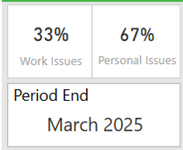
8. FIVE BIGGEST HEALTH AND SAFETY RISKS
The
Five Biggest H&S Risks are identified and actively monitored to ensure
control and reduction measures are in place.
Currently the Five
Biggest Risks we are focusing on are:
1. Contractors
2. Working alone and remotely
3. Under reporting
4. Behaviour
5. Staff wellbeing
|
Risk
|
Controls
and reduction measures
|
Actions
|
|
Contractors
Council
hires contractors because it doesn’t always have the expertise or
capacity to undertake the activities.
Contractors
pose a risk principally because we have little control over their staff and
their work standards while they are on the job. It is not possible for
us to supervise them at a micro level. We are reliant on them to employ
staff who are trained and competent to undertake the work assigned while at
all times observing safe practices and their obligations under the Health and
Safety at Work Act.
|
· SiteWise
contractor management system
· Contractor
briefing and induction processes
· Site safety
checklists
· H&S plans
included in procurement process
· Regular
contractor audits
|
· All CDC
contractors are being moved to SiteWise, an online contractor management
platform. H&S information is provided and assessed. An
assessment score of 75% or over indicates competency. At present
94% of CDC contractors are at competency level. We are working with
contractors that have not yet achieved the 75% assessment mark.
ONGOING.
· Managers and
team leaders will be receiving training on the reviewed contractor processes
for Sitewise.
COMPLETE.
|
|
Working
Alone and Remotely
Being
such a small organisation, it is often impossible for staff to work in teams
or even in pairs. Staff are often required to work alone and remotely,
where in some cases poor cell phone coverage is an additional factor.
With
the introduction of flexible working arrangements due to COVID-19, we have
staff working from home more than we have had in the past.
|
· Staff policies:
o Working From Home Policy
o Remote Working Guidelines
· Appropriate communication
devices and body cameras
· Sign in/sign out
systems
· Leadership
support
|
· Lone worker app
has been trialled. Information to be collated for recommendation to the
ELT for purchase of lone App and to engage with a monitoring service.
IN PROGRESS.
· Working Alone
policies and associated Standard Operating Procedures (SOPs) reviewed.
COMPLETE.
· Hazard Register
category – Working alone and working remotely updated.
COMPLETE.
|
|
Under
Reporting
While
there is a good level of reporting any physical accidents, the risk of
under-reporting of near misses needs to be constantly monitored.
This is due to a
combination of staff thinking “nothing happened so why report
it,” and the perceived amount of time required to make a report.
|
· Staff policies:
o H&S Policy
· Employment
Agreement and Job Description obligations
· H&S
induction process
· H&S
communications through posters, T.V. screen notices, and staff newsletters
· Staff notebooks
· “Sh!t That
Was Close” Campaign
· H&S
Committee
· Staff meeting,
and Leaders Roopu, agenda item
· ELT
reporting
· Site inspections
|
· Encouragement of
reporting.
ONGOING.
· Site
inspections.
ONGOING.
|
|
Behaviour
An unintended consequence of changes in our environment
has seen Carterton District Council having to manage situations where
people’s behaviours pose a risk of somebody threatening or assaulting
them, possibly with a weapon with potential of a fatality.
Introduction
of a range of services and experiences such as social media engagement and
public Wi-Fi, together with external environmental factors such as mental
health issues, anti-establishment sentiment, conspiracy theories, economic
pressures, troublesome youth, drug and alcohol abuse have potential to result
in an increase in problematic individuals frequenting CDC premises and
dealing with CDC staff in the community.
Cash
held on premises also presents potential for robbery.
|
· Staff policies:
o Robbery Policy
o H&S Policy
· Staff training:
o De-escalation
o Personal safety
o Customer service
o Cash handling and robbery
· Appropriate
physical office design and security measures including cameras and
communication devices
· Electronic
payment mechanisms
· Community
engagement and risk awareness
· Leadership
support
|
· Refresher
customer service and de-escalation training delivered (Feb 2024)
COMPLETE.
· Signs displayed
in public offices.
COMPLETE.
· Online training
available for staff and people leaders
COMPLETE.
|
Staff
Wellbeing
Being
a small organisation and having departments under-staffed is placing some
teams under pressure and the need to work long hours. Staff under
pressure pose a risk to themselves, the organisation, and customers.
Staff under pressure can lead to burnout, stress, fatigue, all leading to
both mental/physical and social affects, contributing to lower performance
levels.
Working
long hours under pressure can lead to poorer mental health including
stressful feelings, an increase in anxiety, depression and lower quality
sleep patterns. This will contribute to a higher number of accidents
occurring, bad decisions being made, irritability and concentration/memory
issues.
Employees
physical health can be compromised with the increased risk of a stroke, heart
problems, high cholesterol and high blood pressure.
Combined
stressors of busy workloads, staff vacancies and absences, local government
reforms, and COVID-19 can impact staff wellbeing.
Negative social media comments can cause stress and
anxiety for staff. While we have communications specialists that can
mitigate and manage these issues on the council page, many comments are made
on private and community pages.
|
· Staff policies:
o Staff Wellbeing Strategy
o Hours of Work and Fatigue
Policy
o Leave Policy
· Wellbeing communications
through posters, T.V. screen notices, and staff newsletters
· Early
recognition of stress, fatigue and burnout symptoms
· Managers support
a safe environment to talk
· EAP Services
available
· Clearly defined
position descriptions and resourcing
· Relieving staff
available from councils
· Staff training
to manage negative social media impacts
|
· Filling of
vacant roles.
ONGOING.
· Address lack of
work-space issues through physical relocation, working from home flexibility
where appropriate.
ONGOING.
· Undertake office
accommodation assessment.
COMPLETE.
· Support staff
uncertainty caused by Three Waters, RMA, and local government reforms. ONGOING.
· Provide change
management training for staff.
COMPLETE.
· People leaders
to highlight the issue of negative social media behaviour at Team meetings
and provide helpful tips and resources including ensuring staff raise
specific issues to managers when they occur.
ONGOING.
|
9. CONSIDERATIONS
9.1 Climate change
None of the issues reported in this paper are considered to
have climate change implications.
9.2 Tāngata whenua
There are no decision implications for tāngata whenua.
9.3 Financial impact
All work undertaken is within planned budgets.
9.4 Community Engagement requirements
No community engagement is required.
9.5 Risks
There are no risk considerations related to decisions
required in this report.
9.6 Community Wellbeing
There are no community wellbeing considerations
related to decisions required in this report.
10. Recommendation
That the Committee:
1. Receives
the report.
File
Number: 444965
Author: Geri
Brooking, People and Wellbeing Manager
Attachments: 1. My
Everyday Wellbeing Engagement Report ⇩
|
Risk
and Assurance Committee Meeting Agenda
|
7
May 2025
|




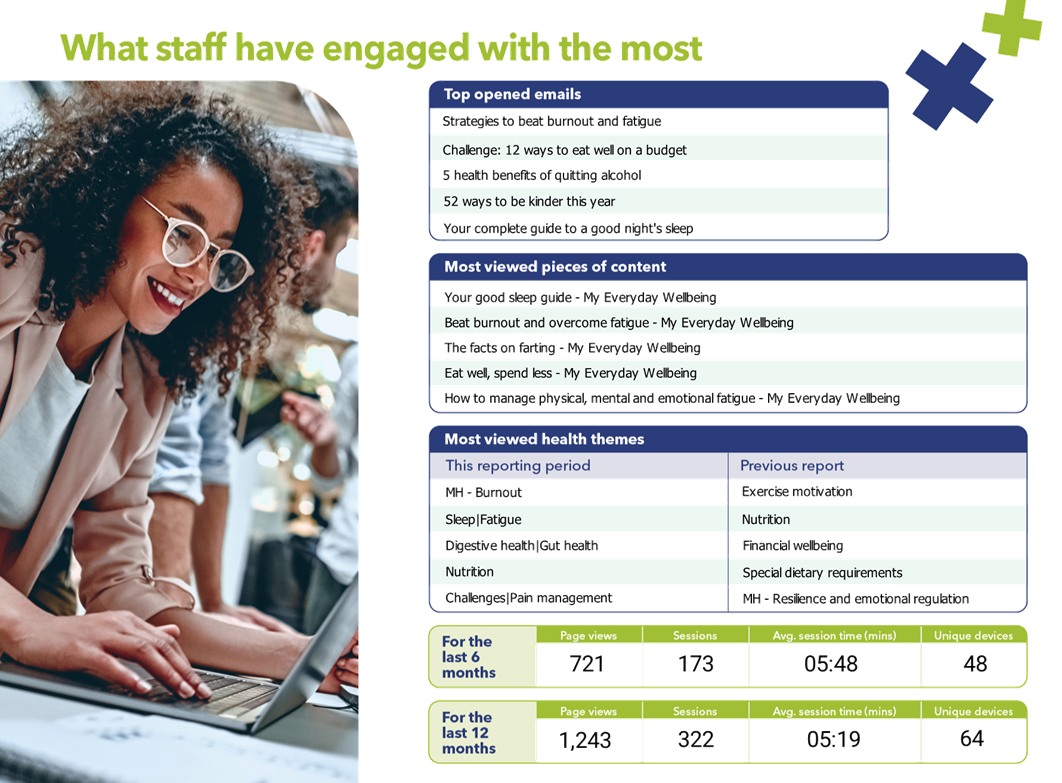
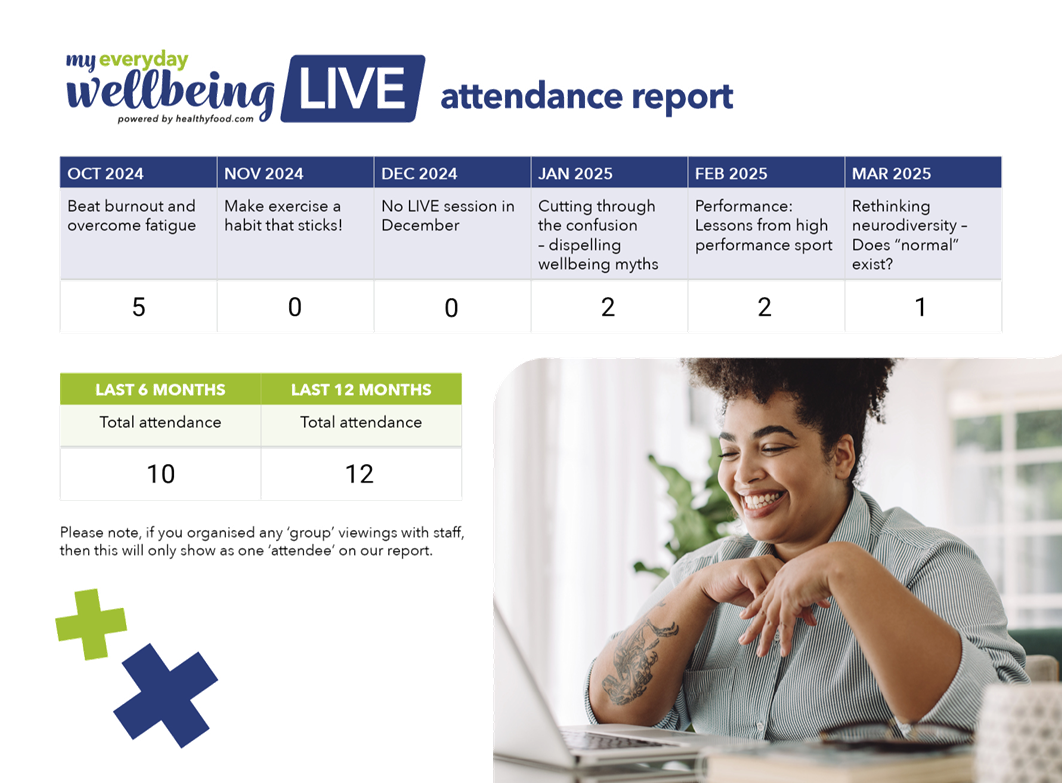
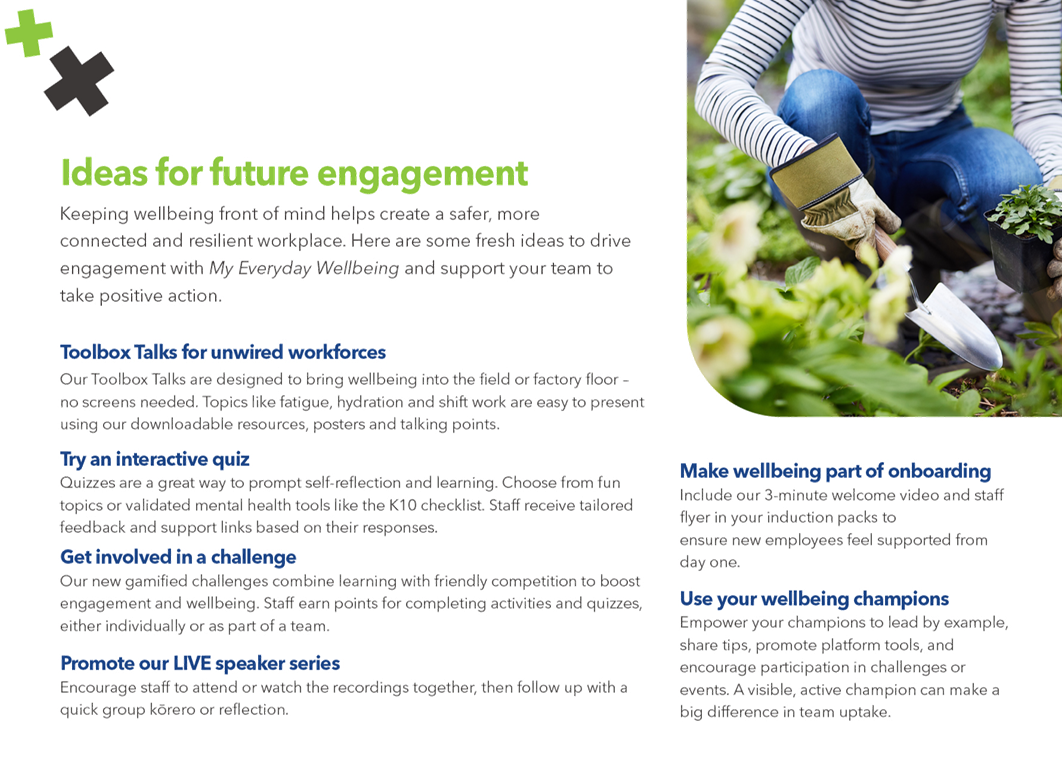
|
Risk
and Assurance Committee Meeting Agenda
|
7
May 2025
|

7.6 Treasury
Report
1. Purpose
To provide the
Committee with an update on Council’s current Treasury position.
2. Significance
The
matters for decision in this report are not considered to be of significance
under the Significance and Engagement Policy.
3. Background
CDC’s Treasury position and
management are reported at each Risk and Assurance Committee meeting. This
covers the current debt position, forecast debt position, compliance with
policy and covenants, and risks.
This
report incorporates analysis undertaken by PwC who are engaged to advise on
Council’s Treasury management.
This
report sets out the Treasury position on 31 March 2025 advising the current
status of debt and compliance against the parameters outlined in the
Council’s Liability Management Policy.
An
update on the position of investments is reported to the Investment Committee.
4. CURRENT
DEBT POSITION
The
council’s debt position as at 31 March 2025 is:
|
LGFA
|
$24,600,000
|
|
Internal borrowings
|
$ 6,732,000
|
|
TOTAL
|
$31,332,000
|
As
well as external borrowing through LGFA, we also have internal borrowings of
approximately $6.7m. Internal borrowing can be a prudent way to manage
debt as we effectively spend Council cash holdings on capital expenditure and
reflect this use of equity as internal loans.
Internal
borrowings are not always visible in financial reporting, as only external debt
is shown in the Statement of Financial Position. Our internal debt is shown in
our Annual Report as part of our borrowings note disclosure. The weighted
average interest rate on our borrowings with LGFA is currently 2.59%.
Interest
rates have responded to economic conditions arising from the pandemic, global
supply issues, and the movement in the OCR over the last couple of years. LGFA
funding continues to be competitive compared to other lenders. Council is in a
good position with a low average interest rate. Currently, internal
borrowings have mitigated the external interest expense. Should we choose to
refinance these internal borrowings, it will increase the external interest
expense.
The
current interest rate has been achieved through borrowing from several
different bonds, ranging from 1 to 8 years. In selecting the bonds, we along
with our advisors PWC, have considered interest rates and the timing of bonds
to meet the requirements of the Council’s funding policy.
Any
new borrowings required to fund elements of the 2024/25 capital works programme
are likely to increase the weighted average borrowing rate.
5. LIABILITY
MANAGEMENT COMPLIANCE
Council’s
Treasury Management Policy (which includes Liability Management Policy and
Investment Policy) stipulates parameters relating to the prudent management of
debt. For the purposes of this report, the key policies are each addressed
separately, as relevant.
Borrowing limits
The policy specifies the following borrowing limits, and Council is
currently within all limits:
|
Limit
|
Council Limit
|
LGFA Lending Policy Limit
|
Position on 31 March 2025
|
|
Net external interest expense as a percentage of
annual rates income
|
<15%
|
<25%
|
5.0%
|
|
Net interest expense as a percentage of total revenue
|
<15%
|
<20%
|
3.1%
|
|
Net external debt as a percentage of total revenue
|
<150%
|
<175%
|
88%
|
|
External debt plus available committed facilities
plus liquid assets over existing external debt
|
Are maintained at or above 110%
|
Are maintained at or above 110%
|
134%
|
Liquidity Risk
Liquidity
refers to the availability of financial resources to meet all obligations as
they arise, without incurring penalty costs. This anticipates that Council has
a minimum level of surplus liquidity to meet unexpected cash expenditure or
revenue shortfall. The Policy calls for Council to maintain at least $2m
in the bank, call and term deposits with a maturity date of no greater than 30
days.
On 31
March 2025, liquid assets amounted to $8.4m with the liquidity ratio being
134%, compared to the minimum limit of 110%. Term deposits longer than 30
days or linked to debt prefunding activity are excluded from the liquidity
calculations, whereas uncommitted bank facilities are included in liquidity and
current ratio calculations.
Debt Funding Risk
The maturity
profile of the total committed funding in respect to all external debt and
committed bank facilities is to be controlled by the following system.
|
Period
|
Minimum
|
Maximum
|
|
0 to 3 years
|
15%
|
60%
|
|
3 to 7 years
|
25%
|
85%
|
|
7 years plus
|
0%
|
60%
|
The current
profile on 31 March 2025 was:
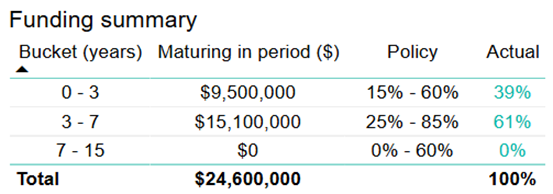
As
shown above, as at 31 March 2025 we remain compliant with the policy.
Interest rate risk
Interest
rate exposure refers to the impact that movements in interest rates have on the
Council’s financial performance. Council’s objective in managing
interest risk is to minimise debt servicing cost and to maintain stability of
debt servicing costs.
Factors
that influence interest rates for long and short-term securities are beyond the
control of the Council. When deciding the type of borrowing to be undertaken
and what arrangements might need to be entered into to manage the interest on
borrowing it is prudent to be aware of where the interest rate cycles are.
Exposure
to interest rate risk is managed and mitigated through fixed/floating interest
rate risk control limits based on the period to maturity and a suitable
fixed/floating mix for individual periods. A 10-year period would set a
fixed/floating mix of 25:75.
However,
currently we are not reflecting that mix as the 3 Waters funding approach using
short-term bonds on fixed low interest rates has given an interest rate profile
as follows:
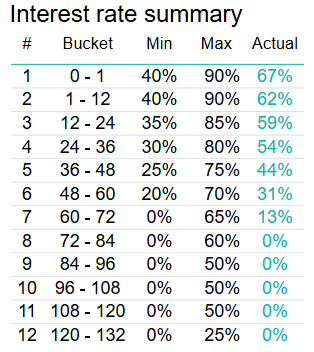
As
shown above, as at 31 March 2025 we remain compliant with the policy.
We
have considered our interest rate exposure when drawing down borrowings and
have structured our borrowings across bonds that end at different dates.
Council
has $14m in interest rate swaps to help manage interest rate risk. Swaps may be
used to hedge against adverse interest rate movements. Interest rate swaps
allow both counterparties to benefit from the interest payment exchange by
obtaining better borrowing rates. This was done to mitigate the possible
interest rate increase when term bonds are required to be repaid and drawn down
as they become due.
Interest
rates are starting to fall. We will continue to monitor interest rates
and consider ways to manage our interest expense.
6. forecast
position
We
have now started Year 1 of the Long-Term Plan (2024/34). We have forecast the
debt to be $28.8m on 30 June 2025. As of 31 March 2025, our net debt was $16m.
This reflects $24.6m gross debt less the repayment provision of $4.6m,
excluding $6.7 million of internal borrowing.
We
have capital expenditure carried forward from 2023/24 of $1.1m, so any loan
funding of these items will increase this number. In line with spend
forecasts and the funding environment we will continue to assess the best time
to drawdown these borrowings.
This
level of borrowing is well within policy limits, as shown in the Borrowing
Limits table above.
Currently
we are still holding internal debt and will continue to assess whether it is
more prudent to continue to hold this internally or transfer to external debt
through the LGFA. There are a few considerations here, including interest
expense, and the fact that all of the internal borrowings relate to 3 waters
assets.
Counterparty Credit exposure
Credit
risk is the risk that a party to a transaction will default on its contractual
obligation. Council is exposed to credit risk when there is a deterioration of
the credit rating:
· of an entity with which the Council places its investments.
· of a counterparty with whom the Council may transact financial derivative contracts.
To
avoid such risk, investment is made in instruments that are issued by entities
that fit within the following:
|
Counterparty / Issuer
|
Minimum S&P long term / short term
credit rating
|
Investments maximum per counterparty
($m)
|
Interest rate risk management instrument
maximum per counterparty ($m)
|
Total maximum per counterparty
($m)
|
|
NZ Government
|
N/A
|
Unlimited
|
None
|
Unlimited
|
|
Local Government Funding Agency (LGFA)
|
AA- / A-1
|
20.0
|
None
|
20.0
|
|
NZ Registered Bank
|
A- / A-1
|
10.0(1)
|
10.0
|
20.0
|
Currently
counterparty relationships are established with BNZ, ANZ and Westpac. Involving
others will be based on our requirements, and their credit rating.
7. NEXT
STEPS
Staff
will continue to monitor and report on the Treasury position and compliance to
the Risk and Assurance Committee. As new borrowings are drawn down, compliance
with policy requirements will be considered, as well as advice from PwC.
8. CONSIDERATIONS
8.1 Climate change
There
are no specific climate change considerations.
8.2 Tāngata whenua
There
are no specific tāngata whenua considerations.
8.3 Financial impact
There are no financial impacts resulting from the decisions in this
report.
8.4 Community Engagement requirements
There are no community engagement requirements.
8.5 Risks
Key
risks relate to Treasury management areas outlined above. As demonstrated, we
comply with policy and have significant headroom in terms of our borrowing
capacity.
As
borrowings increase, risk becomes higher. For example, changes in interest
rates can have a significant impact. We continue to manage these risks and meet
monthly with our external advisor PwC to assist in this.
Risks
related to investments, and in particular managed funds, and the management of
these risks, has been discussed in the report above.
9. Recommendation
That the Committee:
1. Receives
the report.
2. Notes
the current Treasury position and compliance with policy limits.
File
Number: 445548
Author: Natascha
Anderson, Financial Services Officer
Attachments: 1. Borrowing
limits - Graphs ⇩
|
Risk
and Assurance Committee Meeting Agenda
|
7
May 2025
|
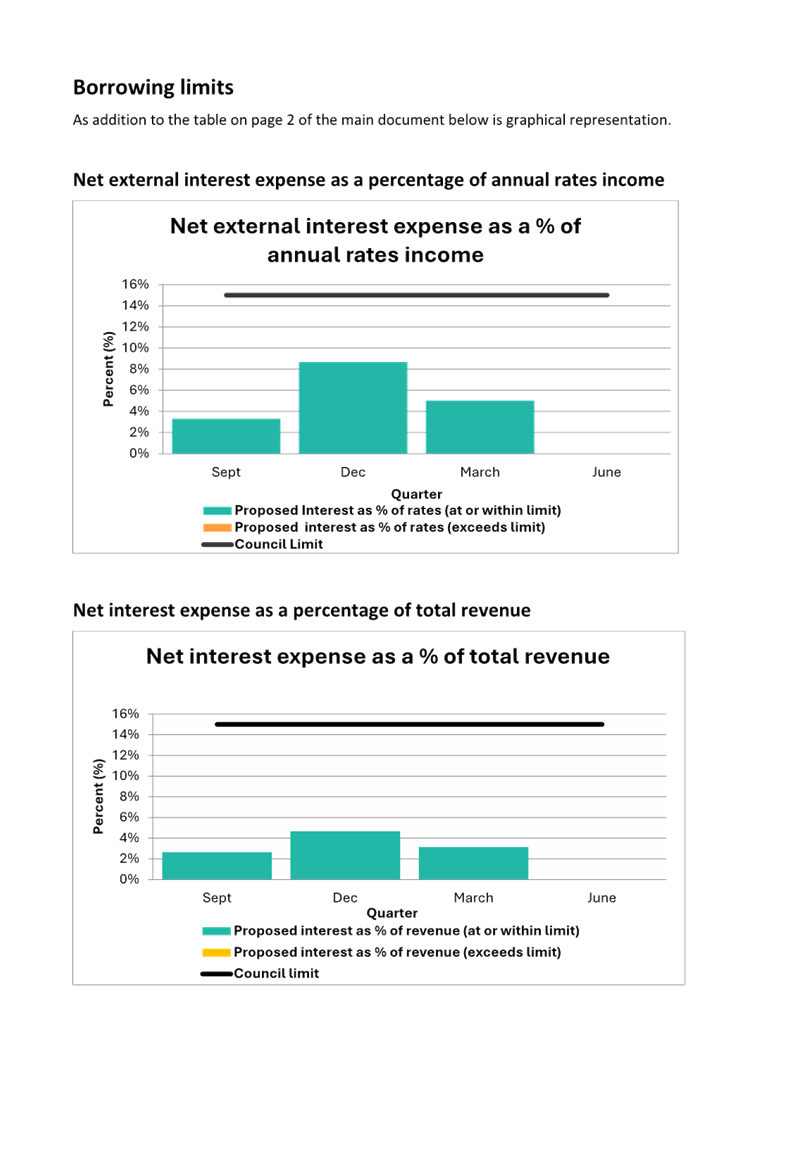
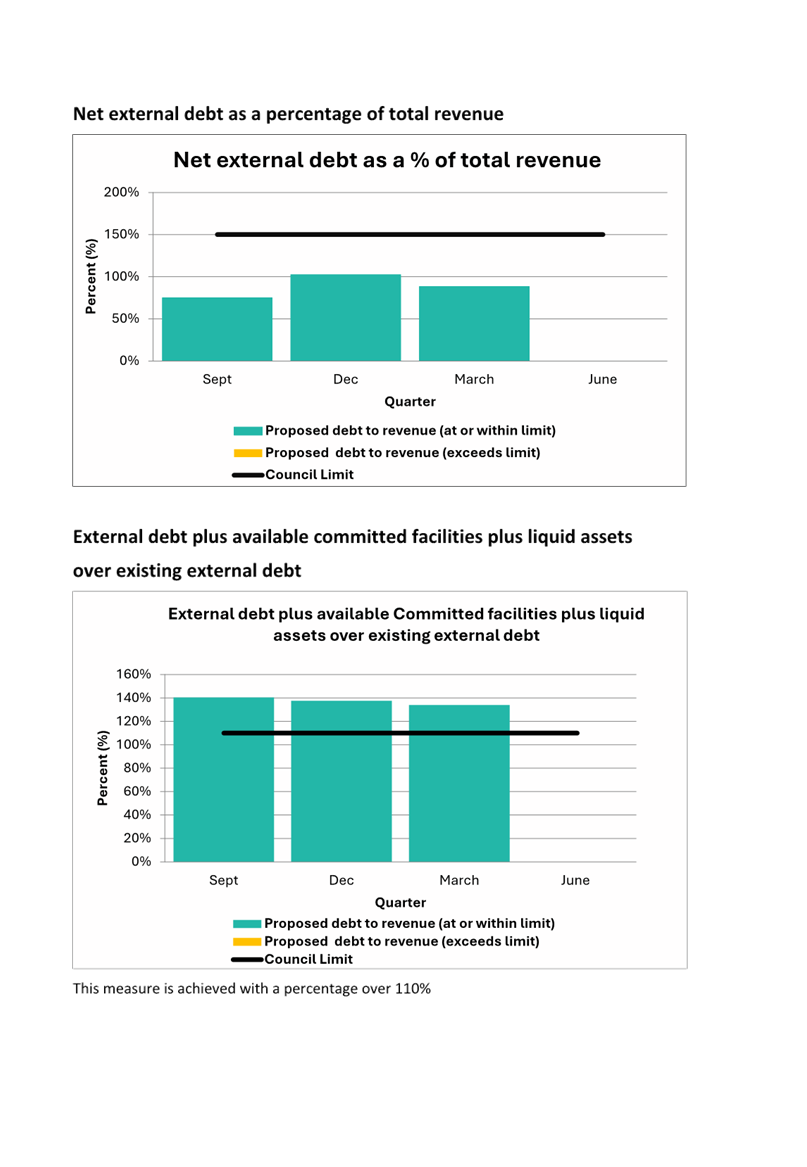
|
Risk
and Assurance Committee Meeting Agenda
|
7
May 2025
|

7.7 Emergency
Management Update
1. Purpose
For the Committee to
be updated on Emergency Management (EM) activities.
2. Significance
The
matters for decision in this report are not considered to be of significance
under the Significance and Engagement Policy.
3. Background
Quarterly HS&W
reporting provides assurance to the Committee that relevant risks identified in
Council’s Risk Register are being appropriately managed. This report updates the Committee on risks, mitigations, and
activities undertaken as part of EM.
The focus of activities for the reporting period February –
April has been the establishment of a shared EM Wairarapa Office, the
completion of Cyclone Gabrielle After Action Review recommendations,
development of the Wellington Region Civil Defence Emergency Management (CDEM)
Group Strategy, and a review of the risk of space weather.
3.1 EM
WAIRARAPA OFFICE
Following
an internal review of the Wairarapa EM model, the three councils of Masterton,
Carterton and South Wairarapa (Wai3C) have agreed to expand the shared
Emergency Operations Centre (EOC) model used during an EM response to establish
a shared, enduring, and dedicated EM capability across Wairarapa. This
development has been driven off the success of the Wairarapa Recovery Office
(WRO) and its ability to deliver strong outcomes with a dedicated and focussed
resource.
The
new EM Wairarapa Office will work closely with WREMO and operate across the
Four R’s of EM - Reduction, Readiness, Response & Recovery. It
will support councils in continually improving their internal EM capability to
meet the increasing frequency and severity of ‘events’ affecting
the Wairarapa. The office will be based in Masterton in close proximity
to the EOC, and will be responsible for:
· Working
with councils to develop and enhance the EM strategy for Wairarapa
· Managing
and supporting the relationship and engagement between councils and
WREMO
· General
advice and guidance, including direction on council decisions regarding agreed
operational and strategic priorities.
· Supporting
the ongoing integration and professionalisation of EM within council
operations
· Building
and embedding a dedicated, sustainable, and resilient Local Controller
capability across Wairarapa (available 24x7x365)
· Developing
and maintaining an alternate recovery capability across Wairarapa
· Strengthening
relationships with external partners and stakeholders, including Emergency
Services, operating throughout the region.
Simon
Taylor, who has been in the role of Wairarapa Recovery Manager at the WRO, has
been appointed to lead the EM Wairarapa Office, and will transition into the
role while winding up the WRO by 30 June 2025.
3.2 CYCLONE
GABRIELLE AFTER ACTION REVIEW
In June 2023, the
Wellington Region Emergency Management Office (WREMO) released its review of
Wairarapa councils’ performance during the event covering the areas of:
· Governance -
political oversight and accountability;
· Operational matters
- how CDEM Group members responded;
· Community outcomes
- what impact these actions or inactions had on the community.
A total of 37
recommendations were made for WREMO and the councils to consider aimed at
strengthening the EM response, covering areas such as deliberate resourcing,
improving training, shift management, clearer tasking, and better engagement
during events.
Of the 37
recommendations, all but two have been addressed or incorporated into ongoing
training and processes. The two outstanding items are:
· Finalisation
of the Concept of Operations (CoO) Agreement
The CoO between the three Wairarapa councils is expected to be
finalised by 30 June 2025. This document will enable the incorporation of
several further improvements into the Wairarapa Emergency Management framework.
· Alternative
Communication Operations and User Training
This relates to ensuring that users are adequately trained to
operate alternative communication systems. Wairarapa continues to utilise
VHF radios and relies on training community members to operate them during
emergencies. WREMO has completed a regional communications review, which
included trialling Starlink technology. NEMA is also investigating the
resale and procurement of Starlink systems, as well as alternative options, to
secure a cost-effective solution.
While a decision on satellite communications capability is expected
by 30 June 2025, VHF radio training continues within the community to maintain
a reliable backup communication method, especially given the unreliability of
mobile networks during extended power outages.
3.3 Development of the
Wellington Region CDEM GrOup Strategy
The
CDEM Group Strategy is guided by the National Disaster Resilience Strategy
(NDRS) and will underpin the development of two CDEM Group Plans over the next
10 years. The Group Plan sets out the operational framework and work programmes
through which member councils collaborate to strengthen regional resilience.
To
ensure better alignment between WREMO’s strategy and the strategic
priorities of member councils, a series of workshops have been held with key
partners across the Wellington Region CDEM Group. These workshops
identified critical focus areas that will inform the development of the new
Group Strategy. Feedback from the workshops is currently being collated
and refined and will be presented to the Co-ordinating Executive Group (CEG)
for review of the final draft. The draft strategy is scheduled to be submitted
to the Joint Committee for approval by 24 June 2025.
EM
staff from across Wairarapa have actively contributed to these workshops,
providing a Wairarapa-specific perspective on EM and community engagement,
reflecting the unique needs of both rural and urban areas. Other participants
included representatives from Emergency Services, Lifeline Utilities, Welfare
Agencies, and Iwi, all of whom play a critical role in the delivery and
engagement of the Group Plan.
The
workshops have focused on three key strategic goals:
· Managing
Risks
· Effective
Response and Recovery
· Building
Community Resilience
The
final Wellington Region CDEM Group Strategy will be released following approval
by the Joint Committee. The Strategy is expected to provide stronger
alignment between WREMO’s activities and the strategic direction of
member councils.
3.4 EM BILL
SUBMISSION
As
part of its response to the Government Inquiry into the Response to the North
Island Severe Weather Events, the Government is consulting on a new Emergency
Management Bill which it intends to pass during this term of Parliament.
The Bill will replace the Civil Defence Emergency Management Act 2002 and is an
opportunity to ensure legislative settings enable the improvements identified
through the Government Inquiry and other reviews.
In
particular, the legislative reforms aim to ensure there is a whole-of-society
approach to EM with proposed objectives to:
· strengthen
community and iwi Māori participation in EM
· provide
for clear responsibilities and accountabilities at the national, regional, and
local levels
· enable
a higher minimum standard of EM
· minimise
disruption to essential services
· ensure
agencies have the right powers available when an emergency happens.
WREMO
will be collating feedback from councils and making a submission on behalf of
the Wellington CDEM Group. Submissions close on 13 May 2025.
3.5 SPACE WEATHER
In the previous Committee meeting, Space Weather was
highlighted as a potential EM risk. Space weather
is caused by activity on the surface of the Sun. Storm-like activity can
throw out bursts of electromagnetic radiation and solar material which can
impact Earth-based infrastructure systems, especially electricity generation
and distribution.
Extreme
solar storms are rare but can be damaging. They can damage or destroy
electricity infrastructure. They can also severely affect the operation
of satellites used for positioning systems, telecommunications and more.
Space
weather is linked to solar activity. This activity rises and falls across
a cycle that ends about every 11 years. The current ‘solar
maximum’ (a period of high solar activity) started in October 2024 and
increased solar activity is expected over the next few years, but significant
space weather events can happen at any time.
Two
recent extreme events that impacted Earth’s magnetic field are the
Carrington Event in 1859 (an intense geomagnetic storm) and the severe space
weather event of May 1921. The world’s increased reliance on
technology means these events would be far more damaging today.
The National Emergency
Management Agency (NEMA) is the responsible agency if an event occurs, and
WREMO and councils would be called on to lead locally.
Plans
are in place for these events with a focus to:
· minimise the impact to New Zealand’s electricity
infrastructure
· allow New Zealand’s electricity sector to switch off some, or
all, of their vulnerable equipment, to minimise long-term damage.
NEMA’s
24/7 MAR Centre monitors space weather forecasts from the United States
National Oceanic and Atmospheric Administration and Australia’s Bureau of
Meteorology. There are three main types of event - radio blackout, solar
flare, and coronal mass ejection.
Warning
times that New Zealand can expect in these events are:
· Radio blackout - from minutes to hours
· Solar flare - from minutes to hours, or no warning
· Coronal mass ejection - at least 12 hours, but arrival times vary,
the bigger the event, the less advance warning. Satellites can tell us
more about the size and type of event between 15 and 60 minutes before the
event impacts Earth.
If a
significant storm is detected, the MAR Centre will contact Transpower and other
stakeholders, and activate NEMA’s National Space Weather Response Plan
outlined in Attachment 1. These procedures focus on the impact to
New Zealanders from a major infrastructure failure.
NEMA’s
also has a public education focus which will centre on the impacts to New
Zealanders, advising them what will happen, how long the event will last, and
what they can do to prepare. The most likely impacts to New Zealanders
will be:
· Power cuts for the duration of the event, which could last for
approximately 6 days
· Rolling power cuts that may last days or weeks after the event
· Internet, cell phone services, TV and radio outages.
Public
messaging will include:
· In the period leading up to an event:
o Keep
cell phones on so you can receive alerts. If you have cell phone service,
only make calls and texts in emergencies to prevent networks becoming
overloaded
o Listen
to the radio for updates. AM radio frequencies are likely to remain operational
o If you are medically dependent on power, consider activating your
backup plan.
· Once power has gone out, remember:
o You
can use home generators and solar power systems – these will not be
affected
o You
can use your car to charge your phones and other devices
o Eat
food from your fridge first, then your freezer
o Always
wash and dry your hands before preparing food – if water is in short
supply, keep some in a bowl with disinfectant
o Do
not use outdoor gas applicants such as patio heaters, camping cookers and
barbecues indoors. Outdoor gas appliances can produce dangerous levels of
carbon monoxide
o If
you are dependent on medical equipment that is electrically powered, activate
your backup plan
o Share
this information with family, neighbours and friends.
4. GENERAL
RISK MONITORING ACROSS THE FOUR R’S
Activities
undertaken across the Four R’s of EM (Reduction, Readiness, Response
& Recovery) support EM risk mitigations.
4.1 REDUCTION AND
READINESS
Resource
Containers
To date resource containers have been successfully delivered to Castlepoint,
Flat Point, Mataikona, Riversdale and Tora communities. The containers
include tools and equipment providing shelter, communication (portable radio
with solar power backup), medicinal and hygiene supplies, all designed to help
with the first 3-7 days following an emergency event. The final two
containers are pre-allocated for the Ngāwi and Lake Ferry
communities.
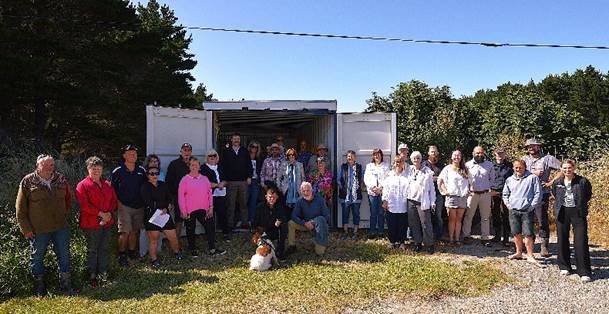
Psychological
First Aid Courses
The final of twelve WRO-sponsored Psychological First Aid courses will be in
Masterton on 20 May. Often described as the mental and emotional
equivalent of medical first aid, this training is designed for both laypersons
and professional responders and plays a critical role in building
organisational and community resilience.
We
acknowledge and appreciate the support of the New Zealand Red Cross in
delivering a best-practice approach to providing initial emotional and
practical support to individuals affected by traumatic events. Feedback
from a wide range of participants has been overwhelmingly positive,
highlighting both the relevance of the course content and the significant value
it brings to strengthening community wellbeing.
Community
Renewable Energy Fund
Through the Community Renewable Energy Fund, administered by the Department of
Internal Affairs (DIA), solar panel and battery backup systems have been
installed and commissioned at three sites across the Wairarapa: Hau Ariki
Marae, Gladstone Sports Complex, and Whareama Hall.
These
installations are designed to maintain power supply if the electricity grid is
unavailable during or after an emergency event, while also reducing reliance on
external power sources under normal operating conditions.
Following
a change in fund administration, the Energy Efficiency and Conservation
Authority (EECA) — the new distributor of the grant — has
approached the Wai3C councils to explore opportunities for expanding the
programme to additional facilities on a cost-share basis. Discussions
with EECA regarding this proposal are ongoing.
Wireless
Solar Battery Upgrades
WRO has an agreement in place with Wizwireless to upgrade 10 sites across
Wairarapa, using funding from the Ministry for Primary Industries (MPI) grant,
to incorporate solar and battery backup systems. These upgrades will enable
continued internet connectivity during power outages.
Community
Campaign
Throughout
April, WREMO’s public education theme was Preparedness
on a Budget.
The
aim of this campaign was to support households and the community to be prepared
while managing the cost-of-living pressures. The messaging of this
campaign was that being prepared is not just about the items, supplies and
tools owned, but that it’s also about having knowledge, relationships,
social capital, and practising behaviours that make us more ready and
resilient. Budget friendly
preparedness tips were provided though the Get Prepared website, in print, and
social media.
Carterton Emergency
Community Hub
In
March, Neighbourhood Support supported WREMO’s monthly public education
theme to raise awareness of the Community Hubs with messaging through their
newsletter and a display in the Events Centre foyer.
The
display included EM sign language resources.


RESPONSE
Exercise
Wai Riri
We are preparing for the upcoming EOC response exercise at the EOC in Waiata
House, Masterton. This is one of two events held annually, with the May
exercise giving more local focus and the Oct/Nov exercise being more regionally
focussed. These exercises are resourced by Wai3C and community partners,
and enable staff to put their training into practice.
The
aims of this exercise will be to:
· Embed
2 shift roster, with handover at each shift
· Induct
new council employees into the EOC
· Engage
Deputy Mayors in EM
· Work
with our EM community partners (NZP, FENZ, WFA, Health) plus MPI, Rural
Support
· Expose
new Local Controllers to leading an exercise, expanding the pool of available
resource
· Include
Recovery Managers at the beginning to start developing the recovery plan
· Use
new GIS tools to develop a common operating picture (GCOP) of the size and
scope of the devastation.
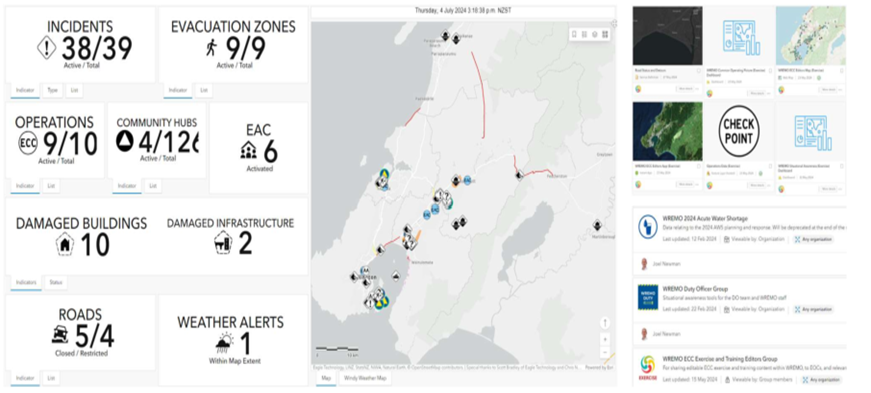
Development of a Regional Common Operating Picture
(GCOP)
Controllers
The primary role of a Controller is to lead teams during an event, providing
the conduit for Mayors and CEs into what’s happening and liaising with
WREMO if the event is regionally significant. However, between events,
the Controllers are also on call 24/7 assessing potential impact from a variety
of extreme events, including earthquake, tsunami, floods, server weather,
pandemic, and lifelines failure.
We
continue to grow our pool of Local Controllers and by 30 June 2025 we will have
a pool of 7 Controllers available during an emergency, up from 2 at the same
time last year.
Wairarapa
Engineers Lifelines Association (WELA)
WELA is a group of key utility, transport, EM and lifeline stakeholders who
meet regularly to assess the interdependencies and threats to each
infrastructure service. This includes Wai3C teams who in conjunction with
NZTA administer roading in the region, and who also manage the water assets
(drinking, storm & waste).
In
March, WELA chair Adrienne Staples, presented to the Wairarapa Combined Council
Meeting, highlighting that following a recent study, WELA concluded that unless
mitigated, the Wairarapa region is highly exposed to natural hazard
events. In particular, the following sectors have been identified as
being highly vulnerable and are in urgent need of mitigation:
· Transport
· Electricity
Network
· Flood
Defence
· Water
Services.
The
WELA report is included as Attachment 2.
4.2 RECOVERY
Two Year Anniversary of Cyclone Gabrielle
The WRO successfully executed a programme of communication activities in
conjunction with the two-year anniversary of Cyclone Gabrielle in
mid-February. A multimedia approach through local newspapers, social
media feeds and industry specific communications was used to:
· mark the anniversary and acknowledge the impact the cyclone
(and Cyclone Hale) had on Wairarapa
· recognise the council teams, partner organisations and
community agencies that have been involved in the recovery effort
· highlight the progress made in the recovery process while
indicating that overall recovery will still take some years to achieve
· showcase some of the key recovery activities and how
funding has supported and provided ongoing benefits to impacted whānau and
communities.
Recovery Office Closure
Funding for WRO ceases 30 June 2025. The Office is in the process of
completing a Final Summary Report, incorporating feedback from councils, WREMO,
central government, stakeholders and community to help shape and guide the
establishment of a future Recovery Office, if/when needed. A Transition
Report for any areas still to be completed will be provided to ensure hand over
in an appropriate manner to Wai3C’s. The final meeting of the
Wairarapa Recovery Governance Board is 26 May.
5. CONSIDERATIONS
5.1 Climate change
The
increasing frequency of severe weather events due to climate change means we
are more likely to experience environmental events such as flooding. Many
EM mitigations and activities seek to address or reduce anticipated climate
impacts and support adaptation strategies.
5.2 Tāngata whenua
EM activities include
engagement with tāngata whenua through the EOC Pou Māori roles, and
CDC Māori Liaison Team. Mana whenua representatives participate in
the Wellington CDEM Group governance.
5.3 Financial impact
There
are no budgetary decisions required in this
report.
5.4 Community Engagement requirements
There are no community engagement requirements required in this report.
5.5 Risks
The
report updates the Committee on activities and mitigations outlined in the
Council’s Risk Register.
5.6 Community Wellbeings
Effective EM supports the following community wellbeing outcomes:
Social
· A strong and effective council providing trusted leadership
· A caring community that is safe, healthy, happy and connected
· Fit for purpose public facilities, spaces, parks and rural reserves
Cultural
· Te Āo Māori/Māori aspirations and partnerships are
valued and supported
Environmental
· A safe and resilient water supply, and wastewater and stormwater systems
· Healthy, sustainable waterways
· An environmentally responsible community committed to reducing our
carbon footprint and adapting to the impacts of climate change
· A resilient community capable of responding and recovering from
environmental shocks
Economic
· Quality, fit-for-purpose infrastructure and services that are
cost-effective and meet future needs
6. Recommendation
That the Committee:
1. Receives
the report.
File
Number: 444964
Author: Geri
Brooking, People and Wellbeing Manager
Attachments: 1. NEMA
National Space Weather Response Plan ⇩
2. WELA
Community Report ⇩
|
Risk
and Assurance Committee Meeting Agenda
|
7
May 2025
|
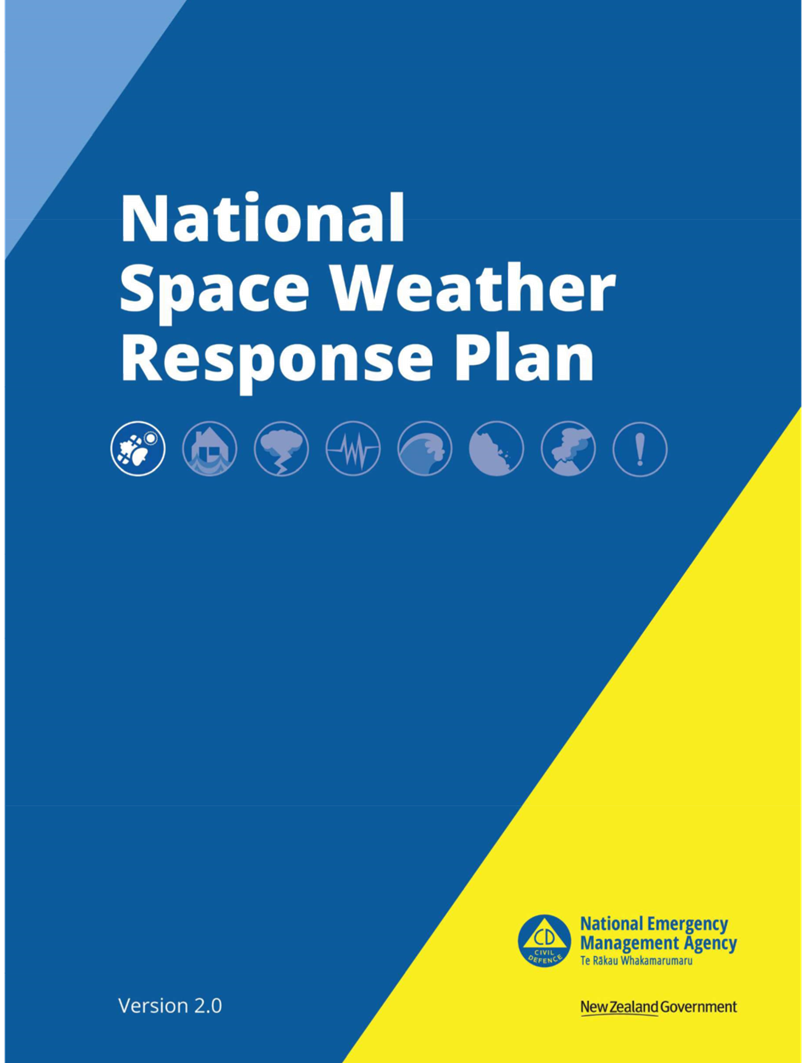

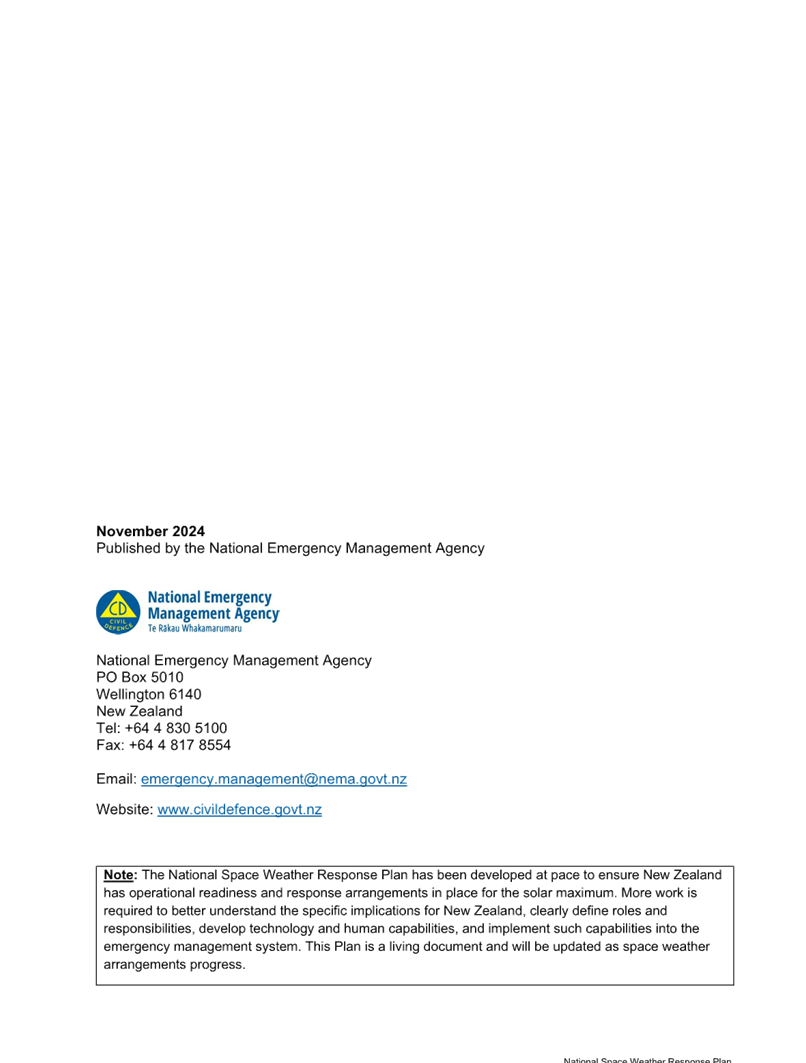

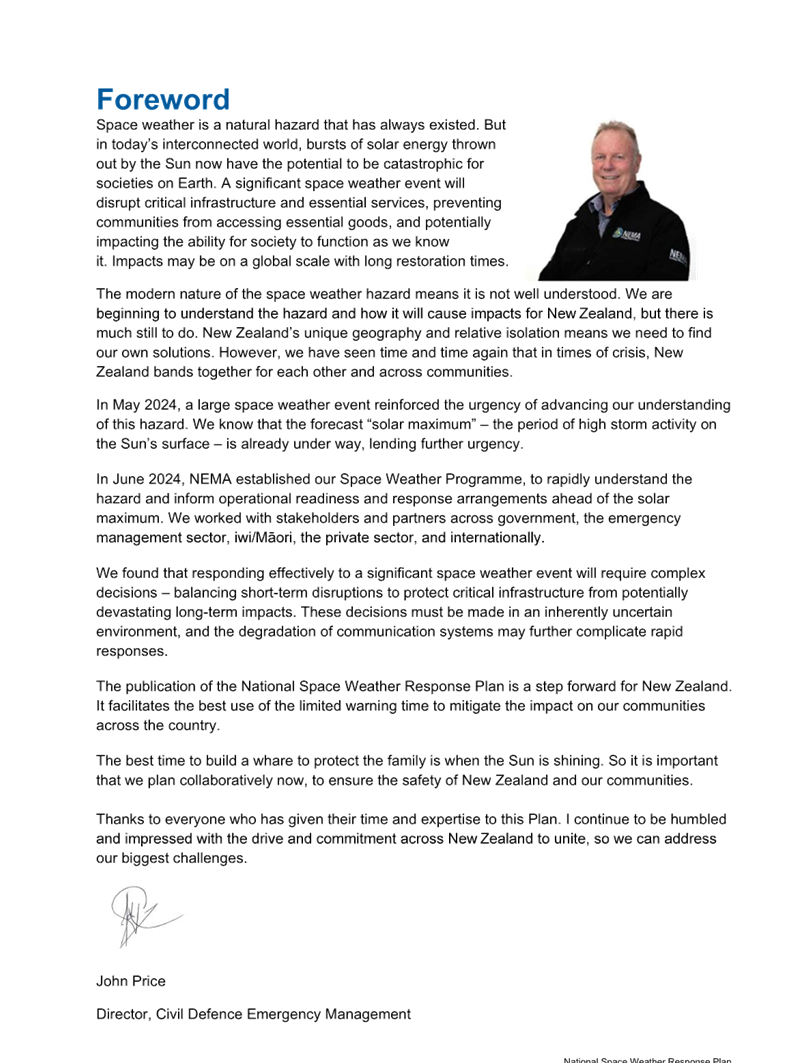

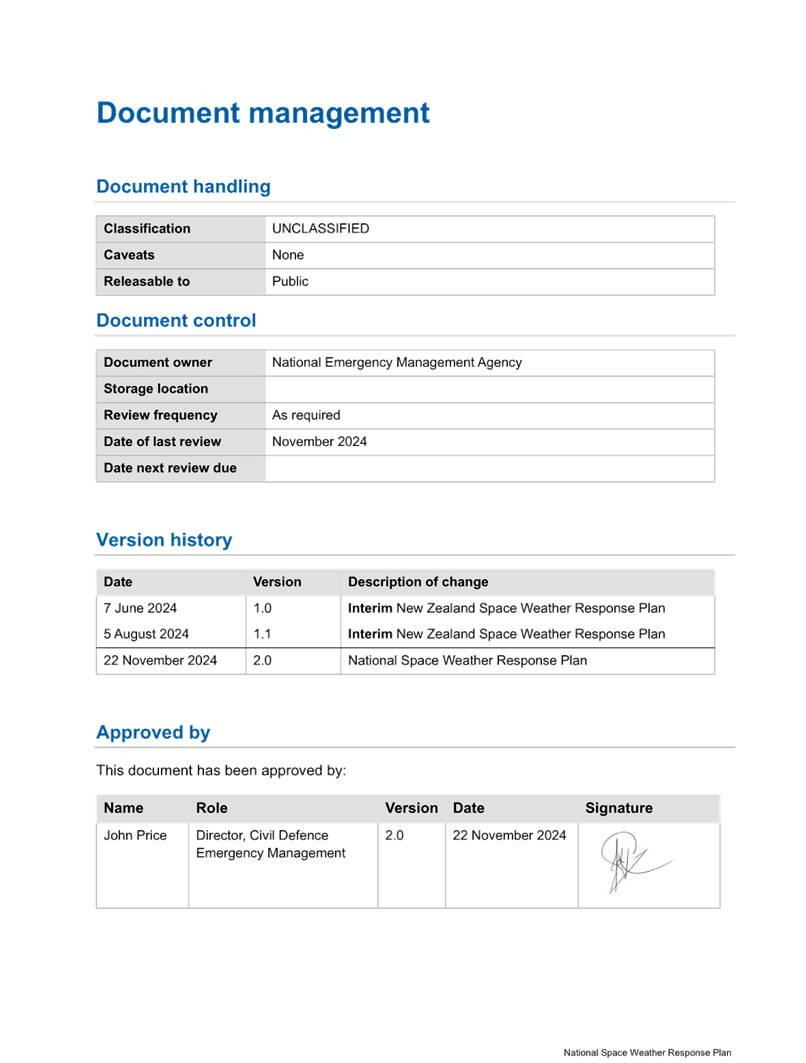

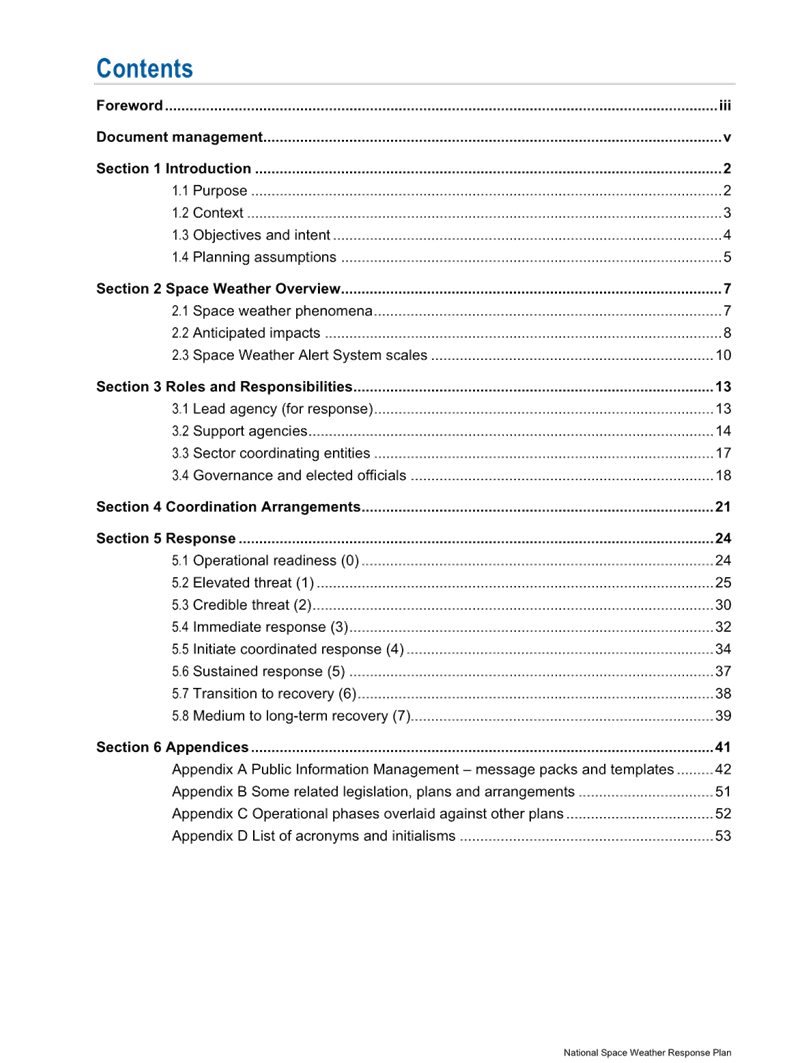

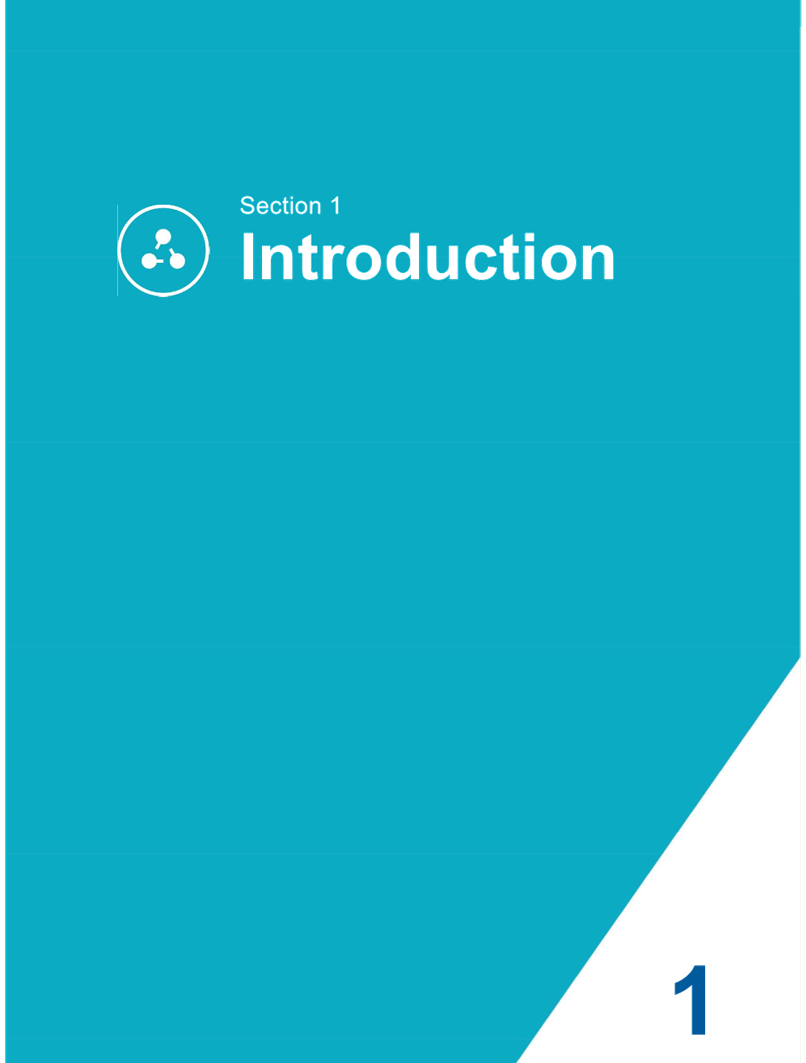
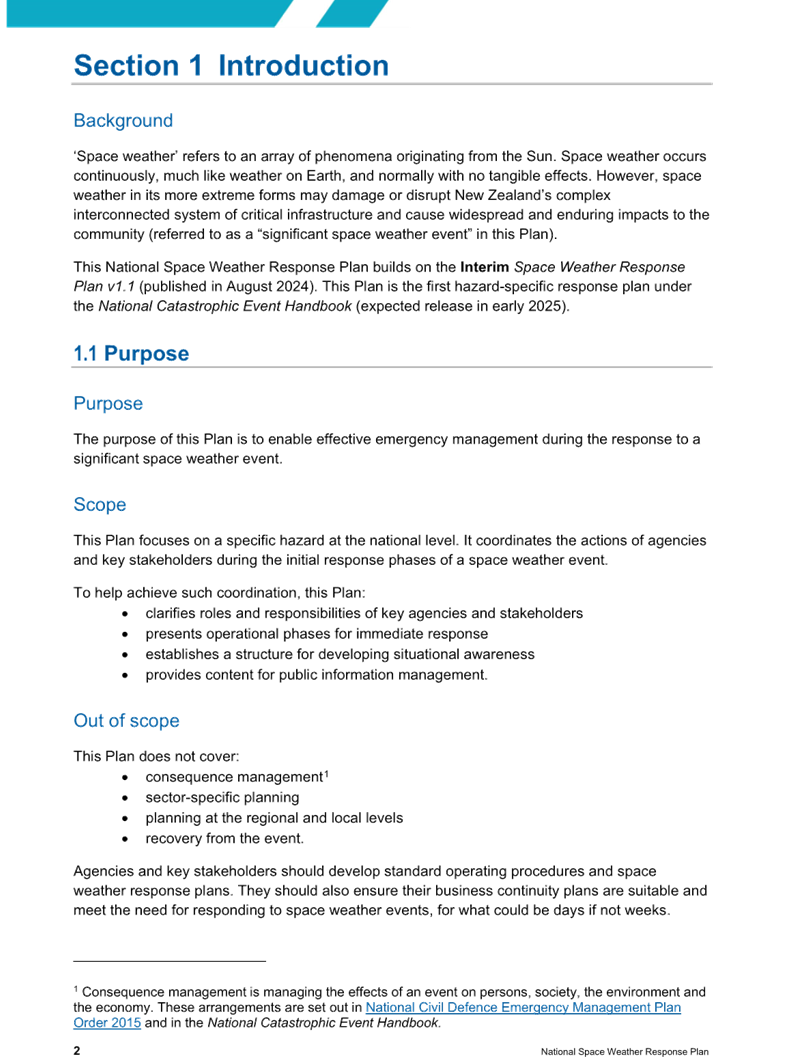

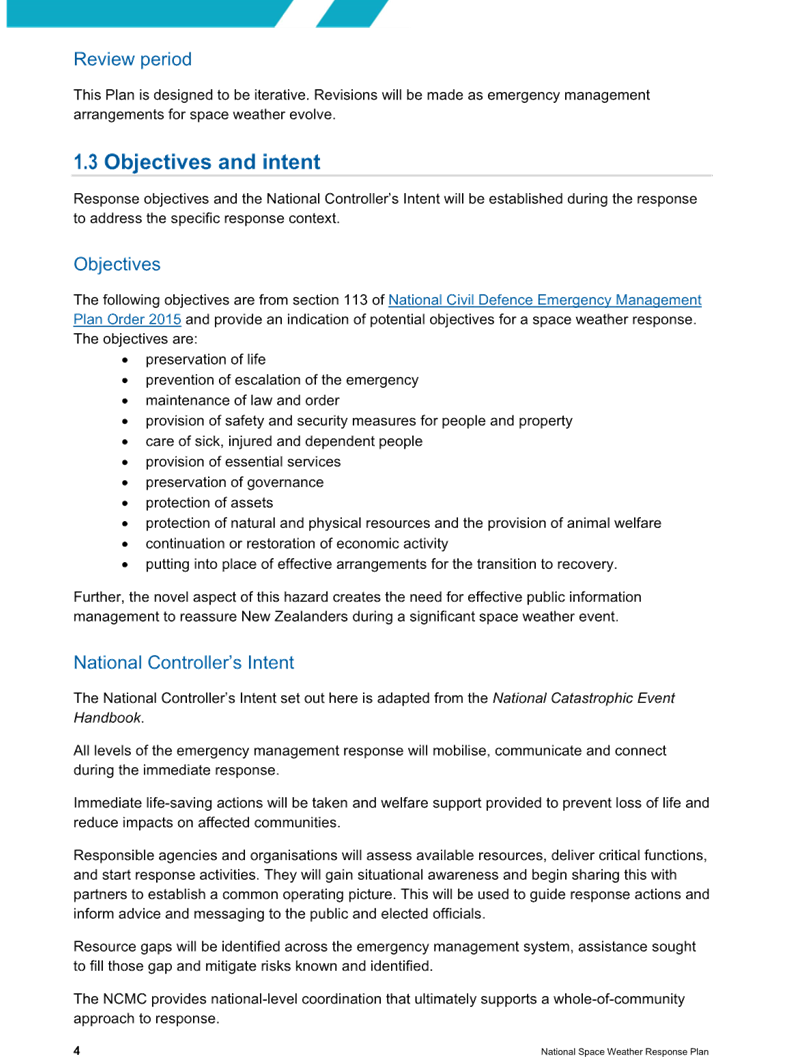

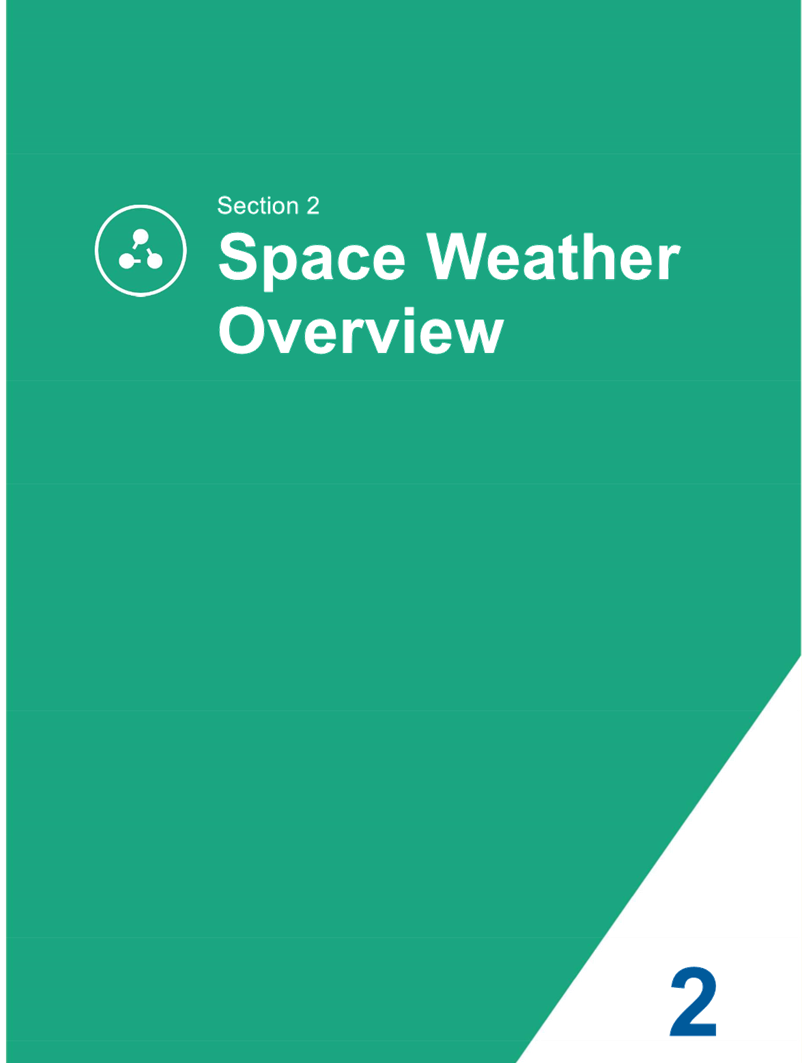
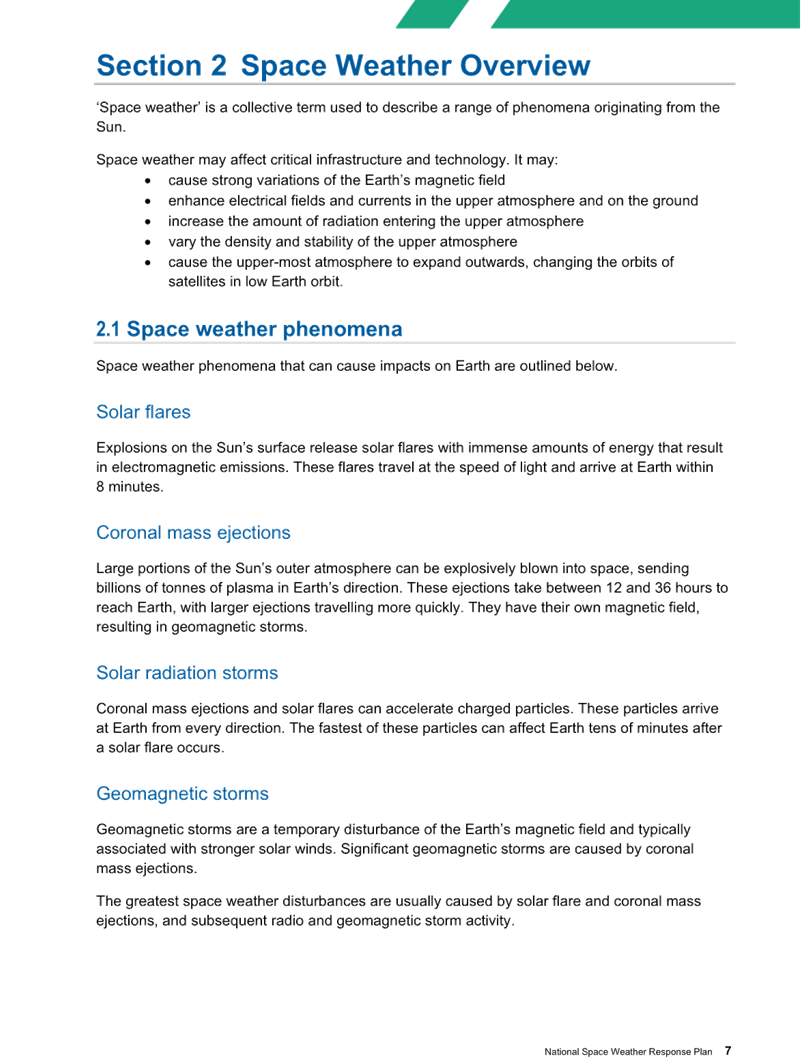
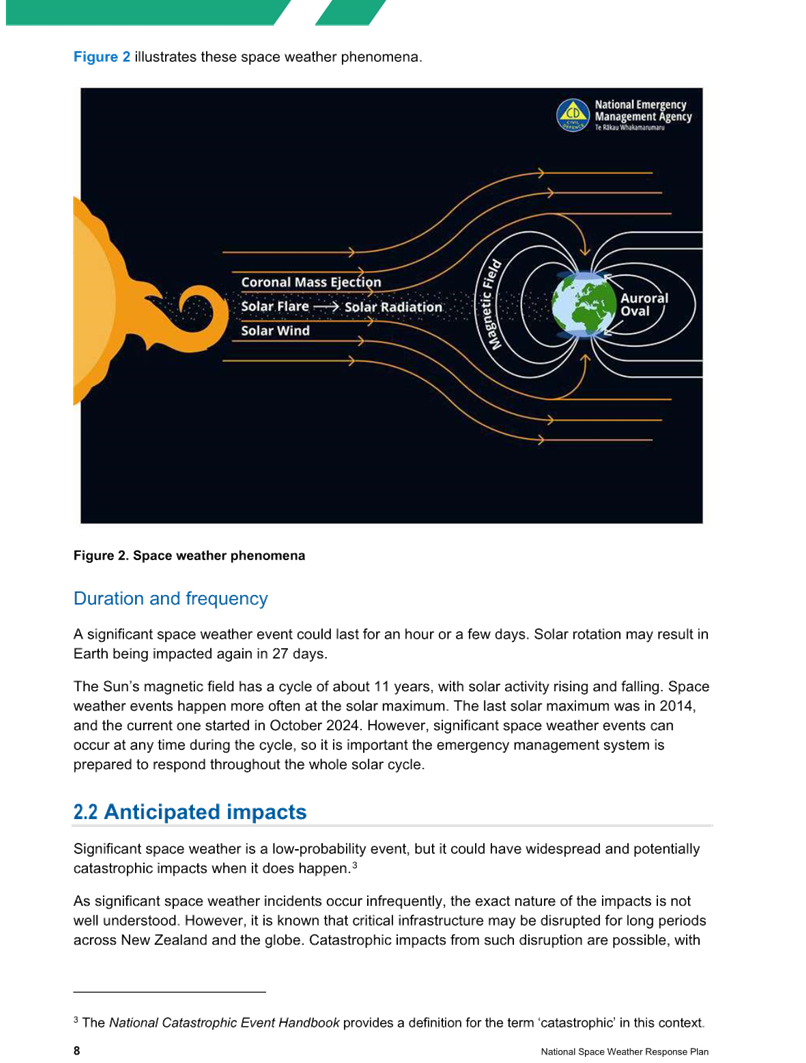
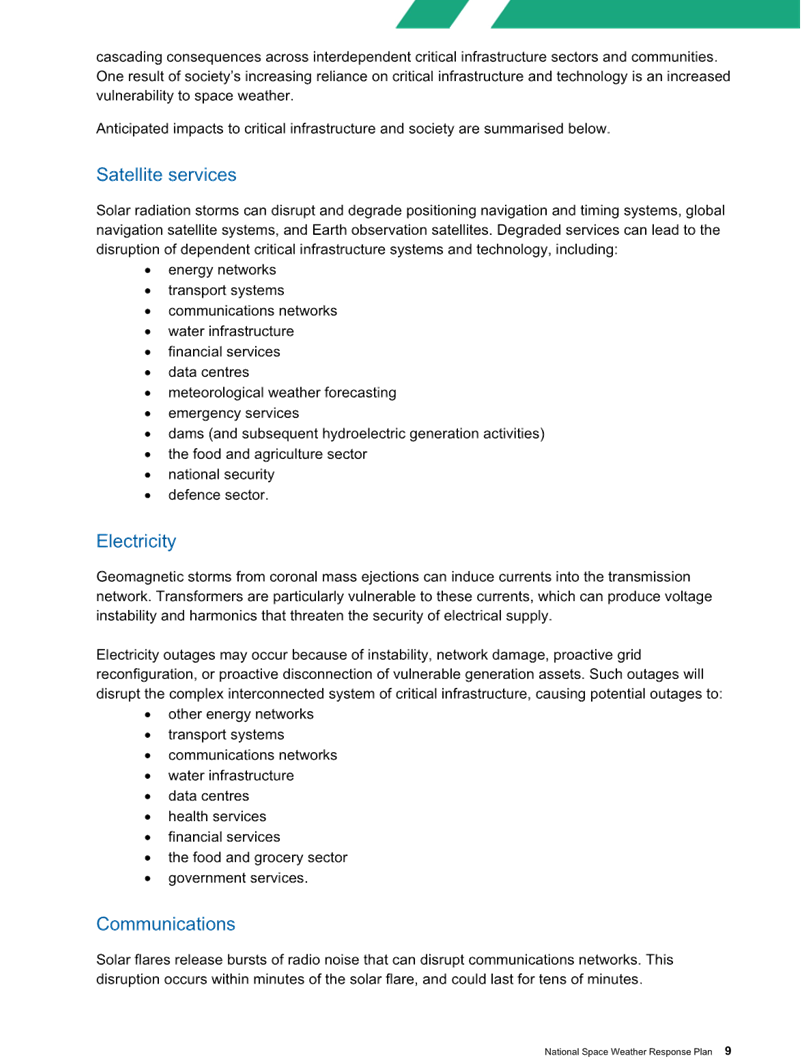
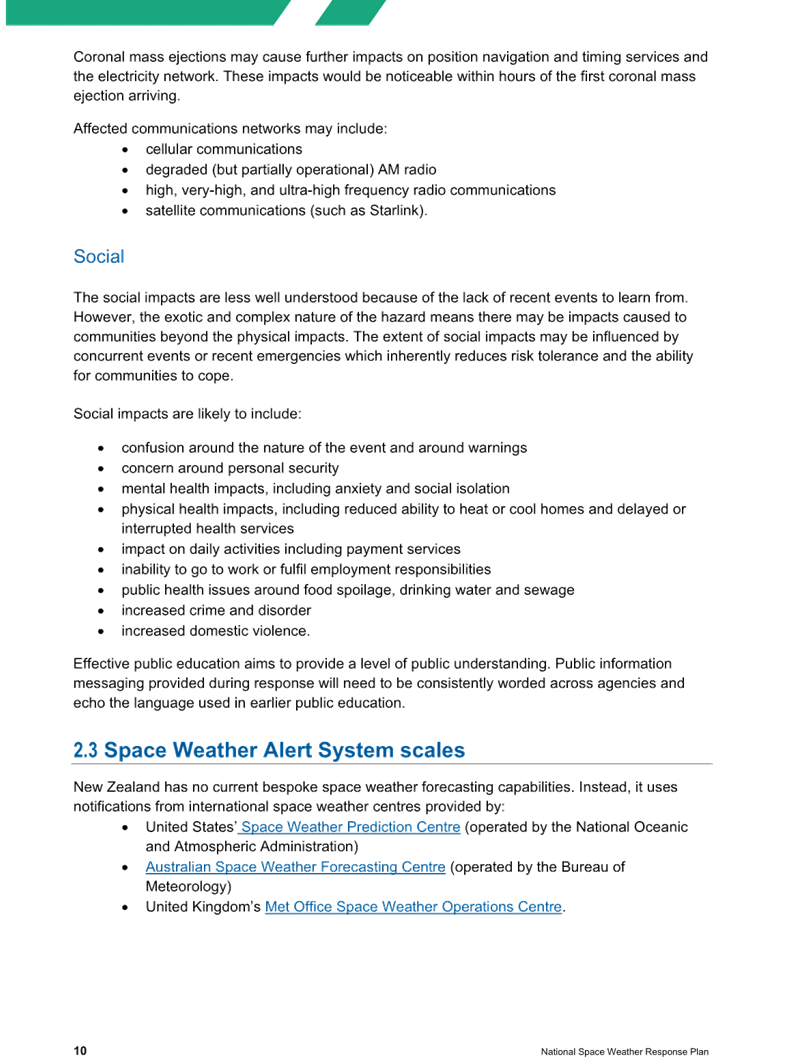
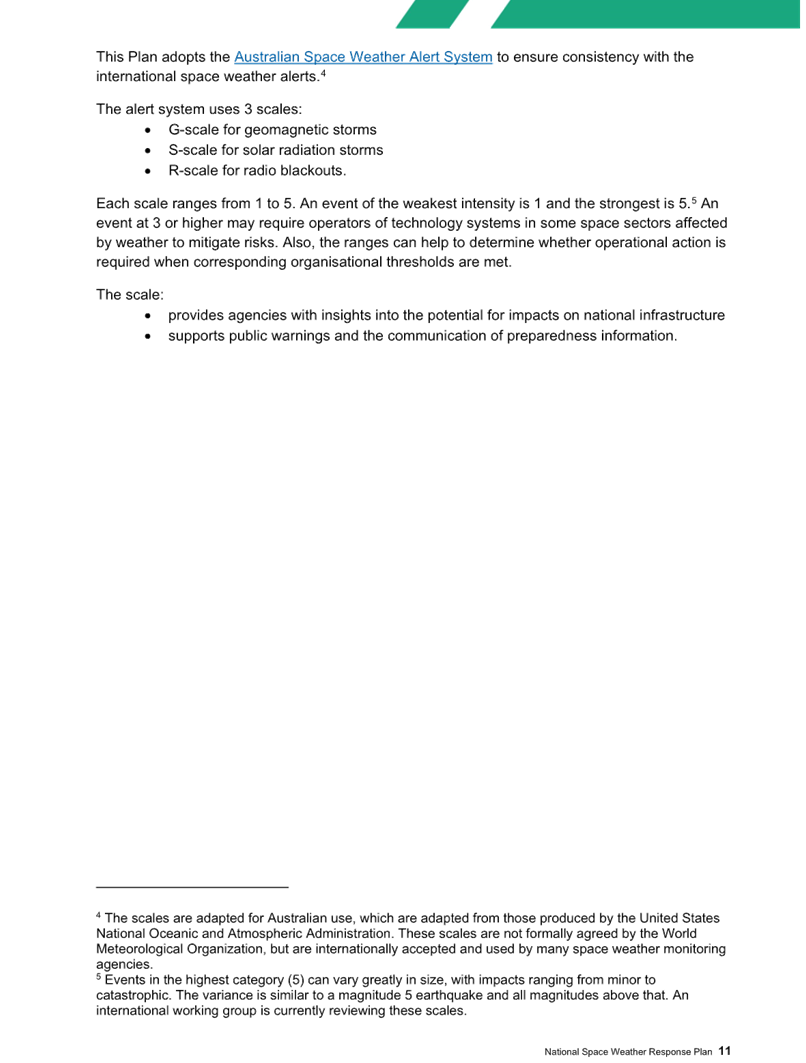
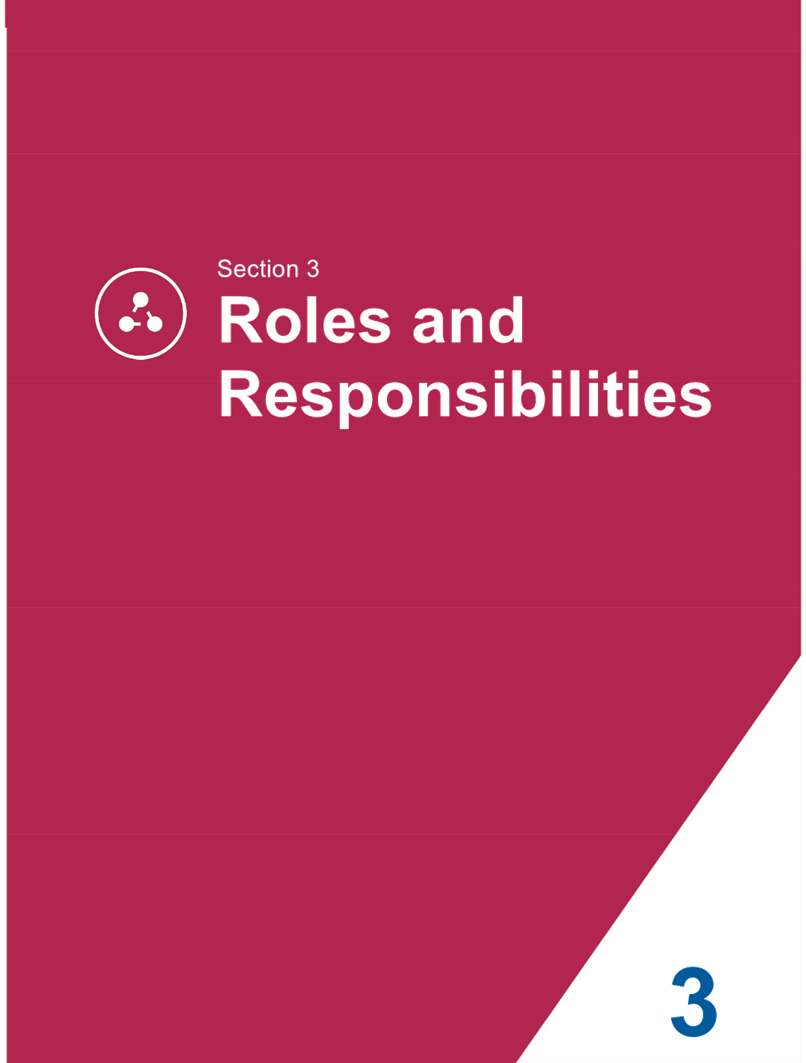


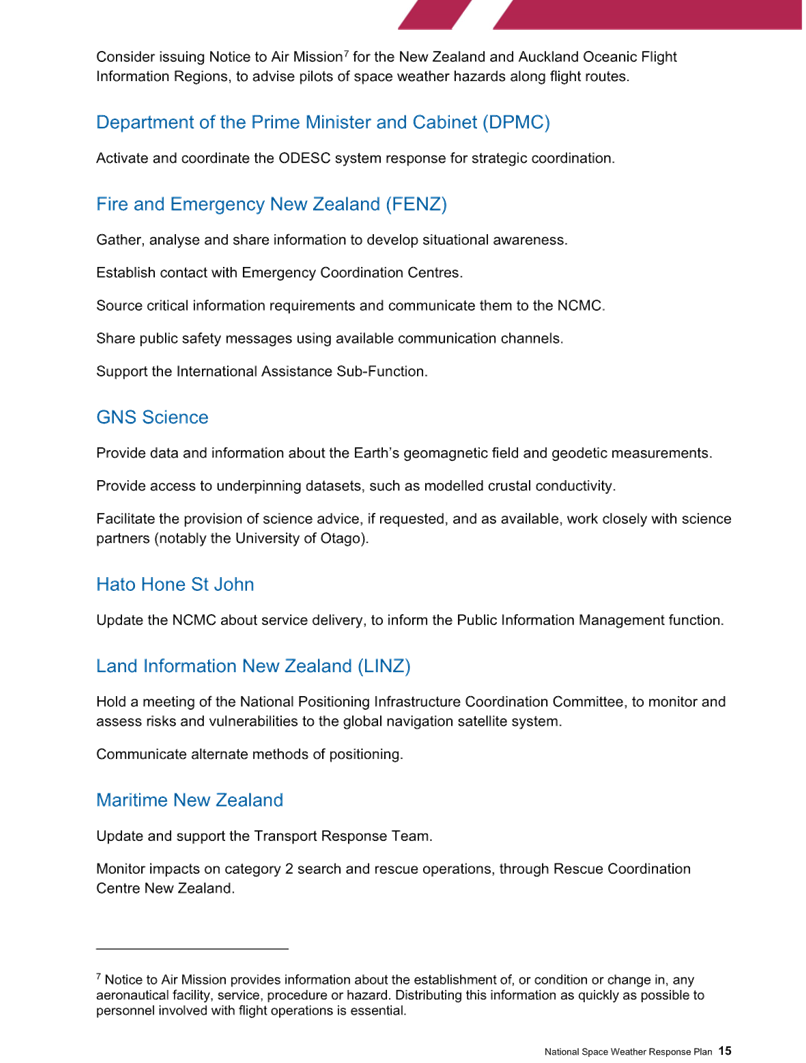

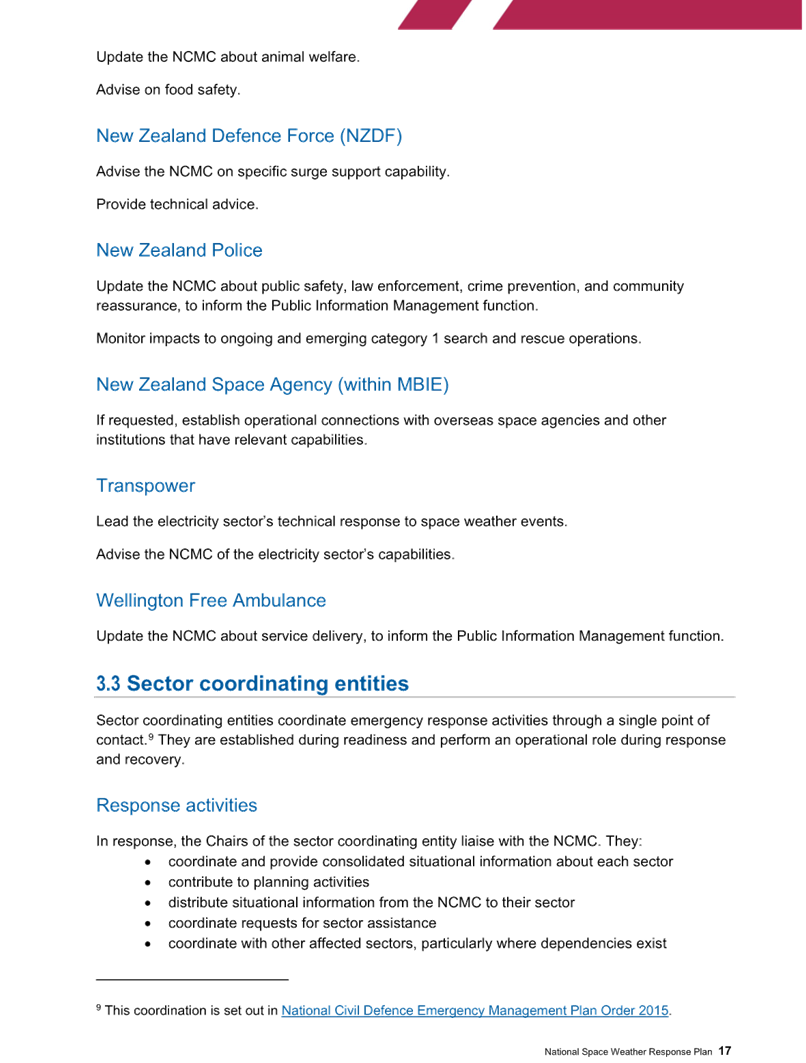

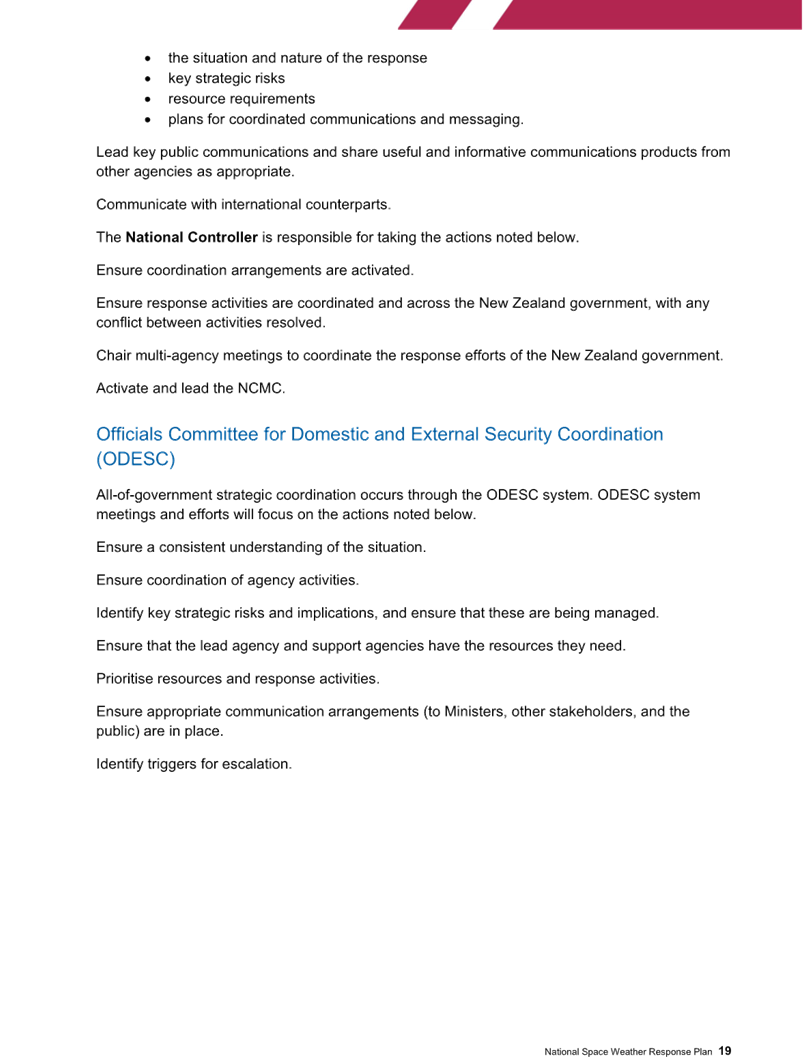
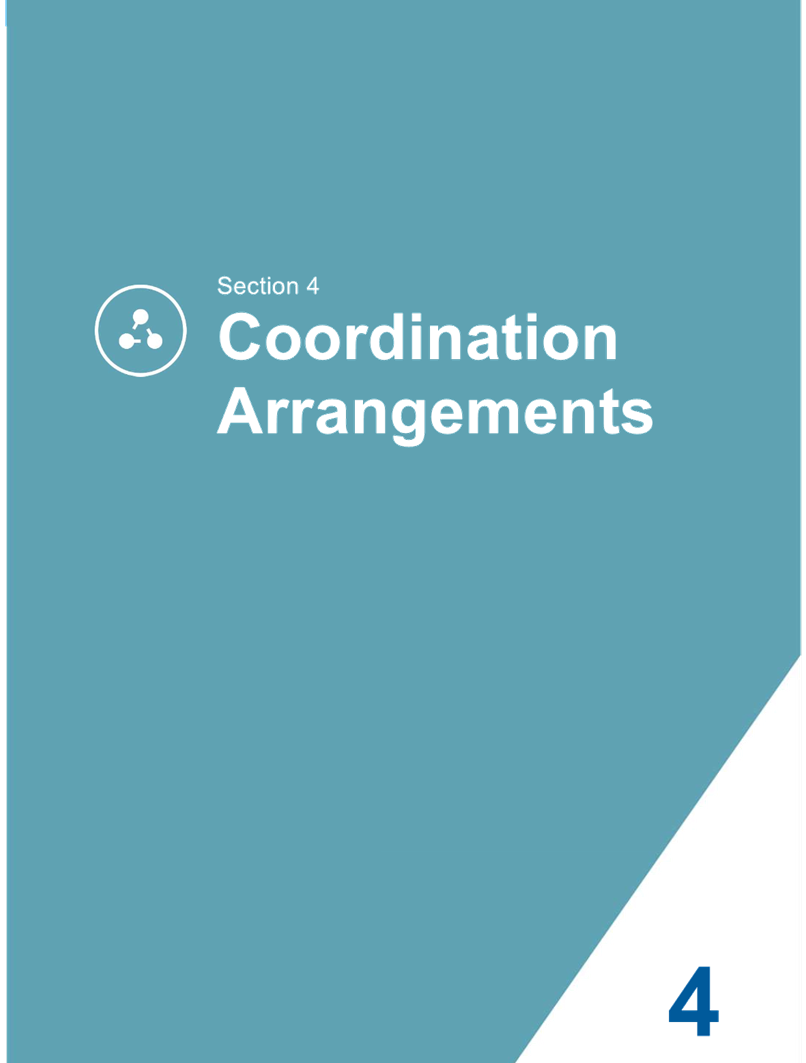
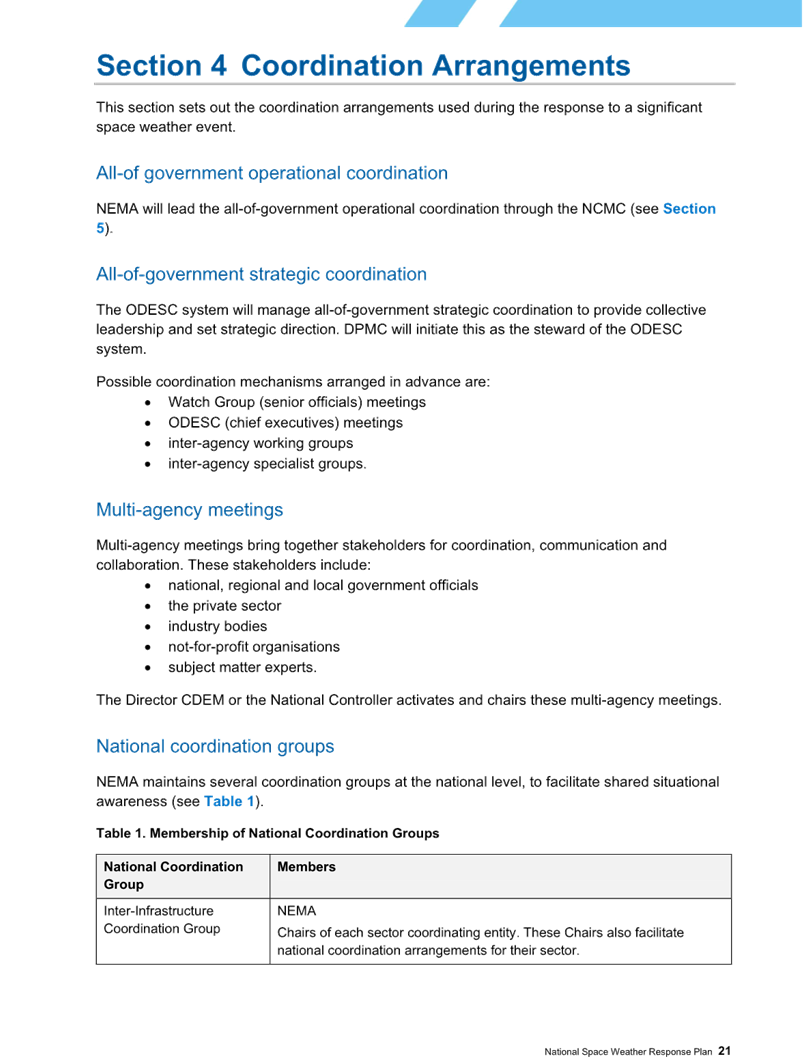
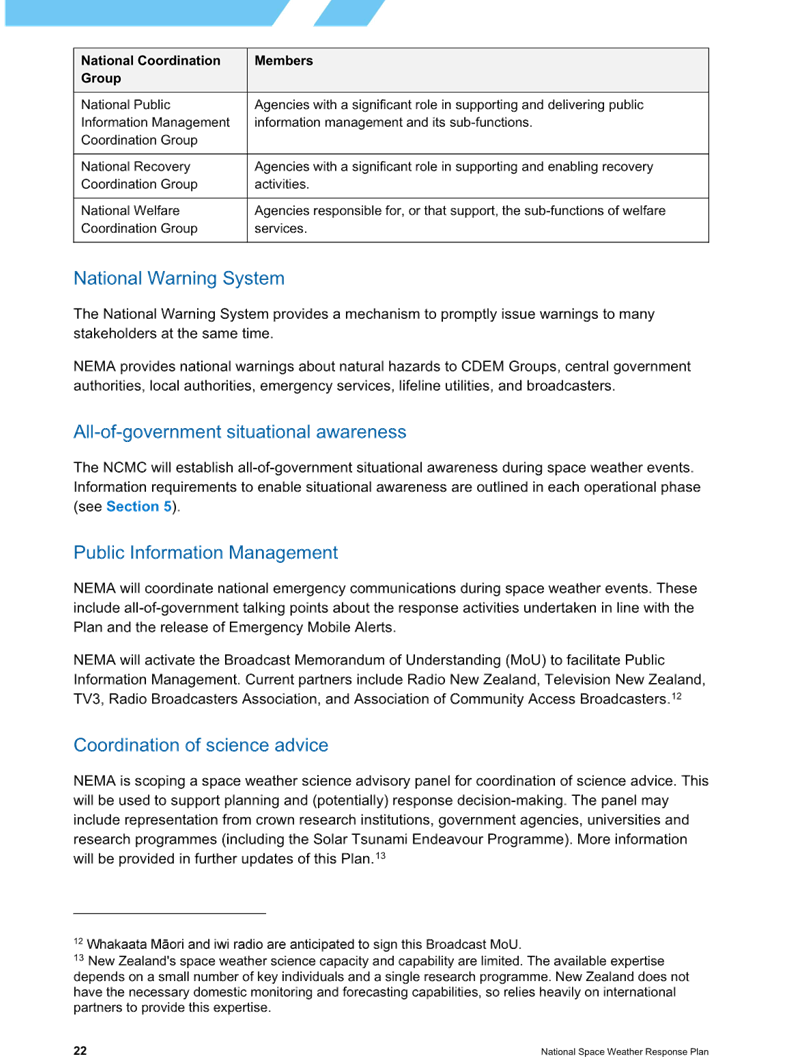
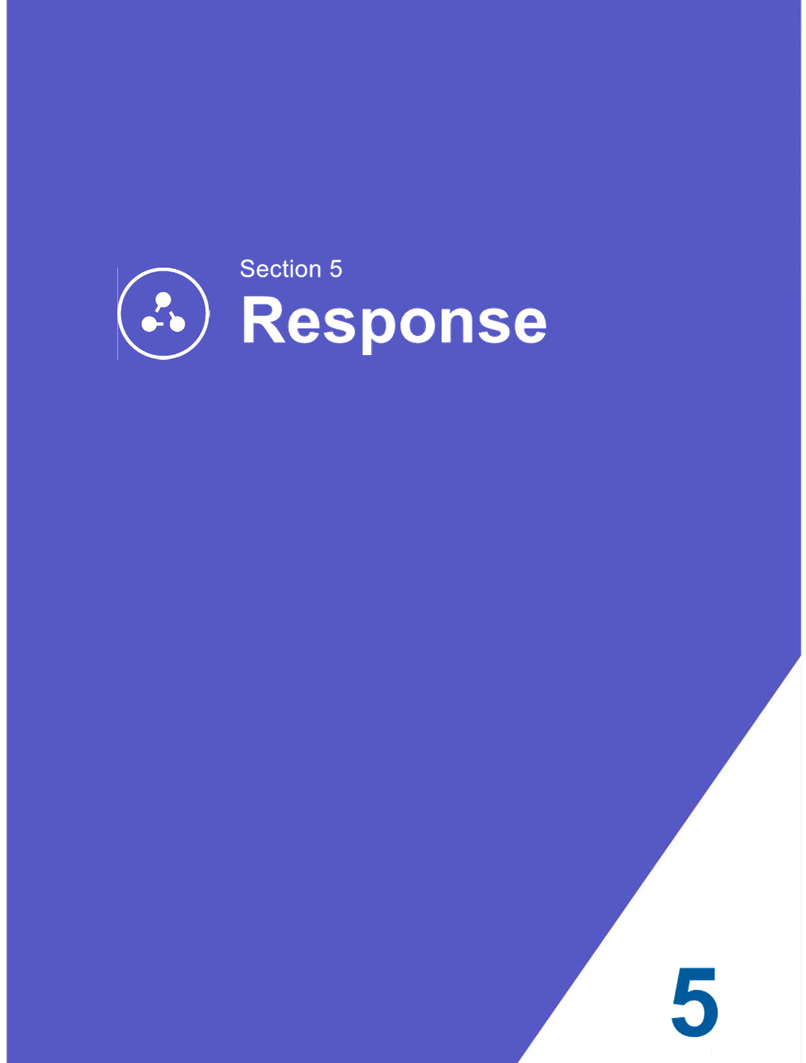
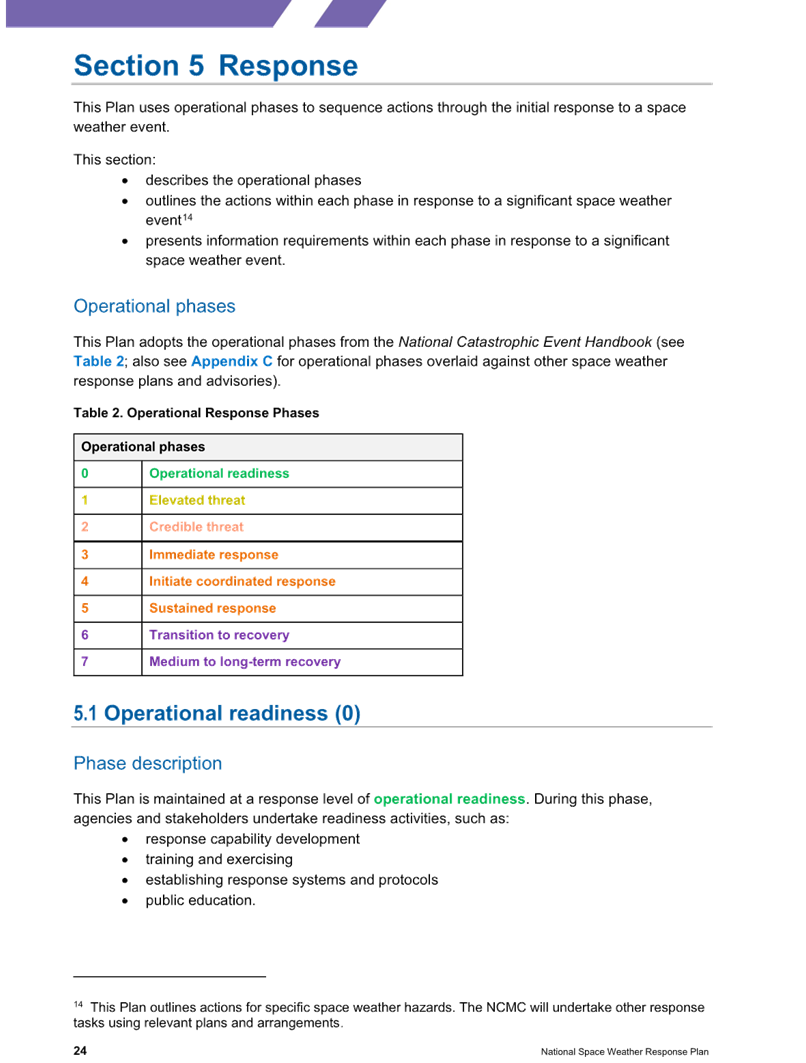
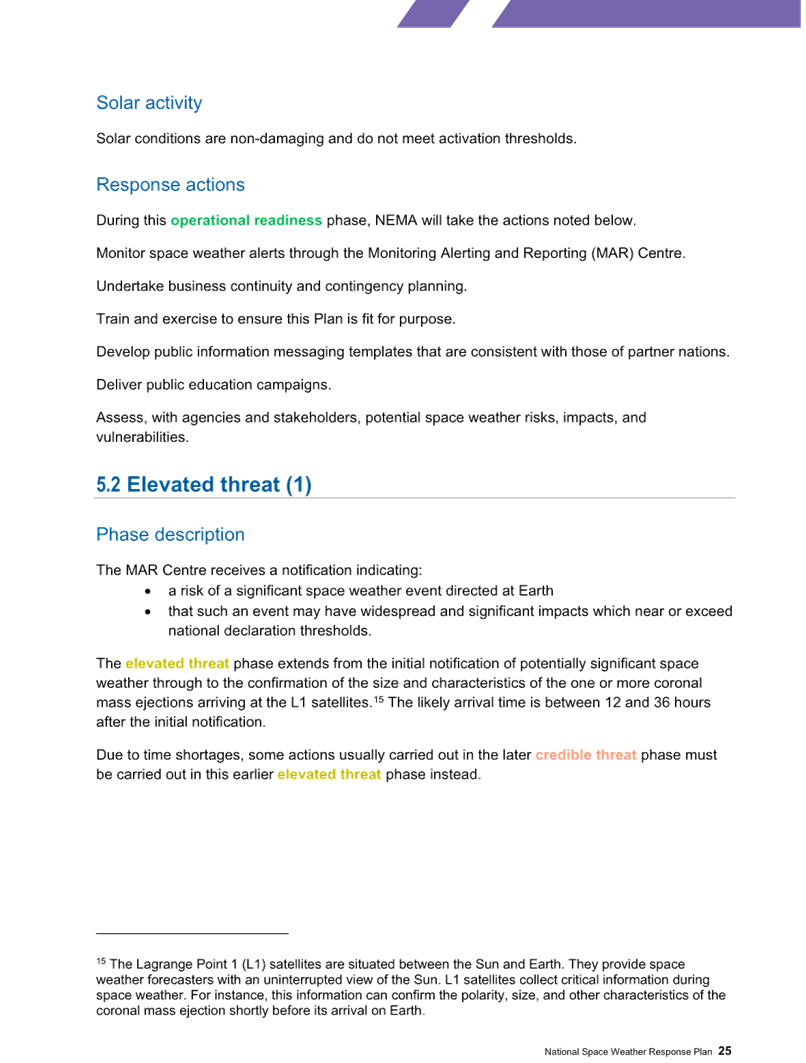


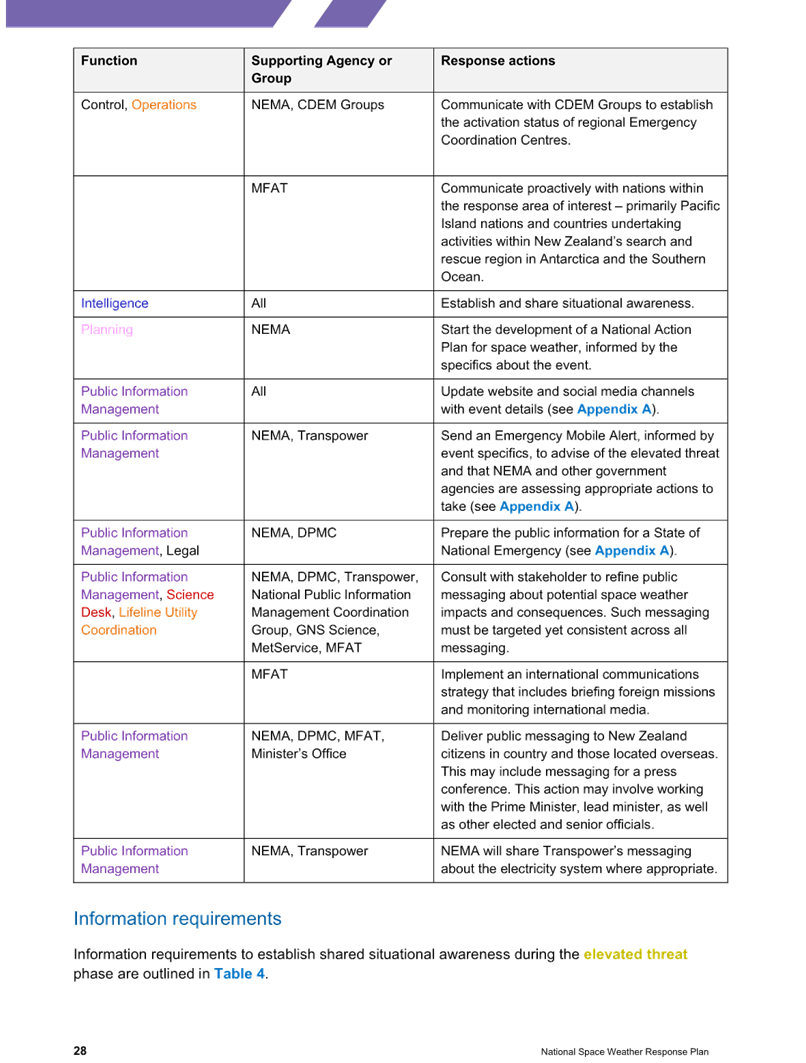


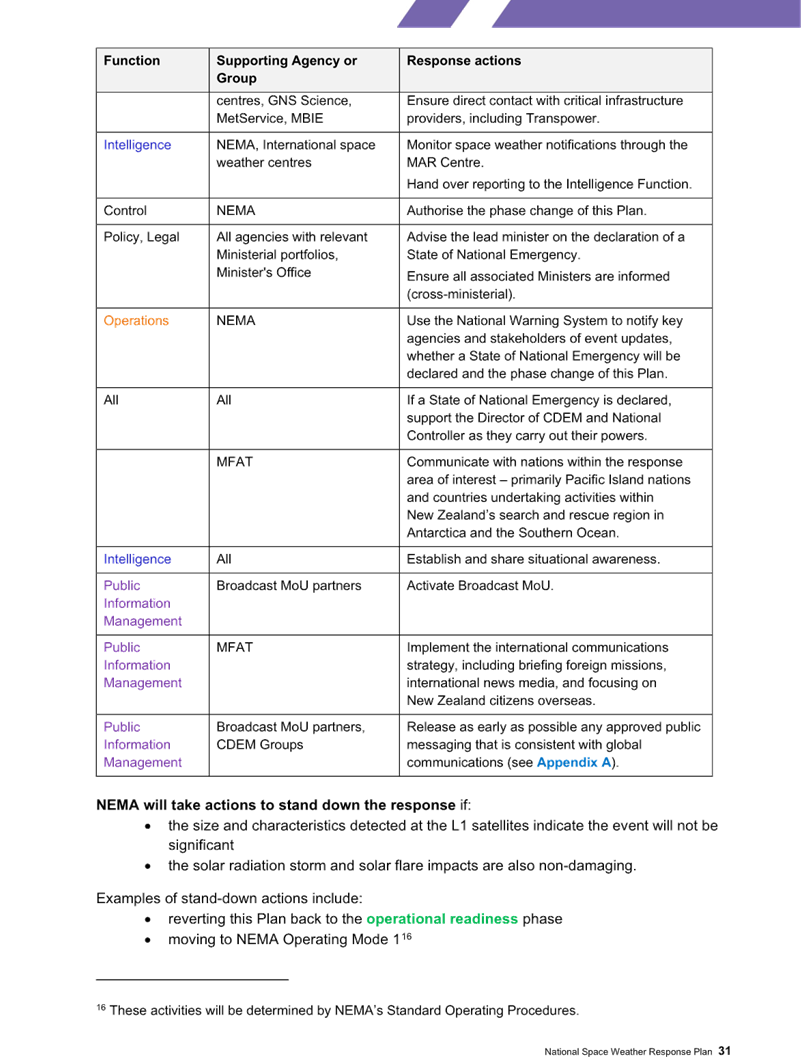
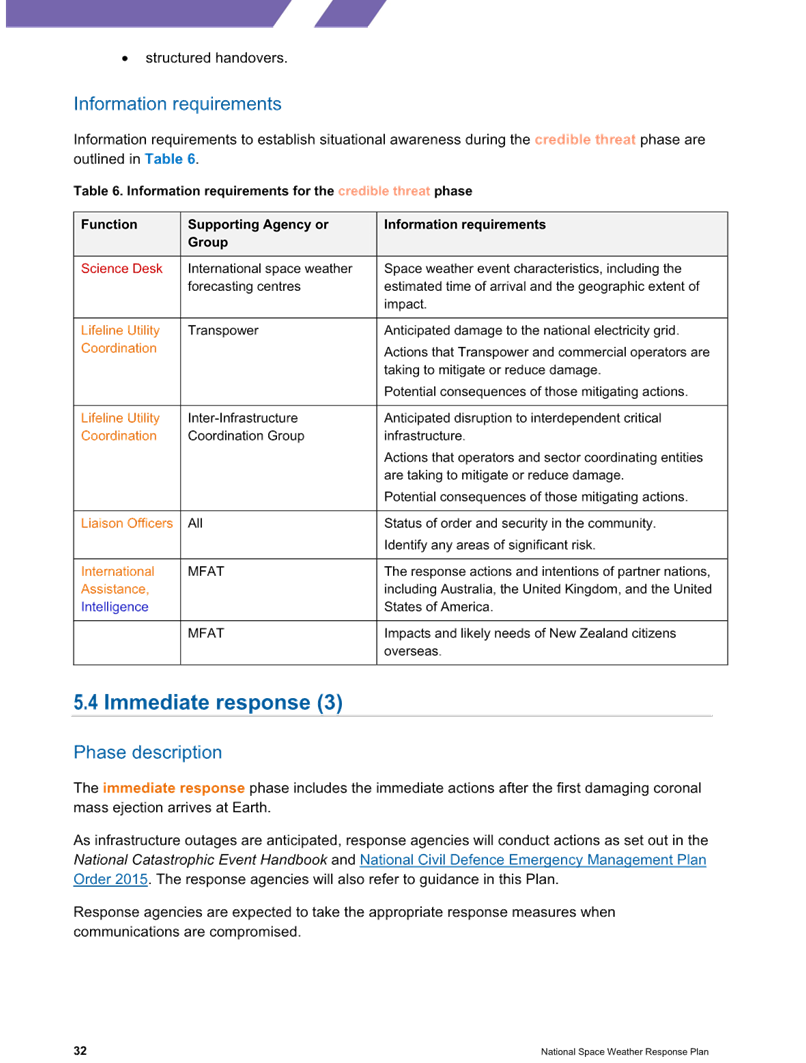


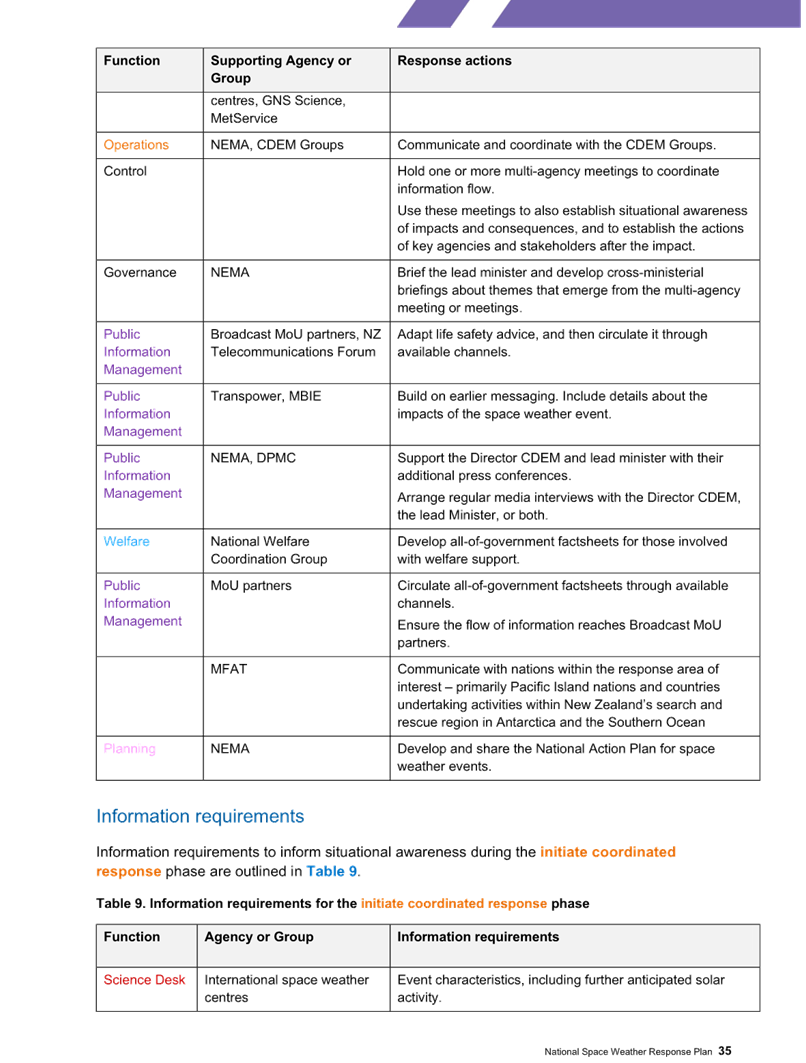
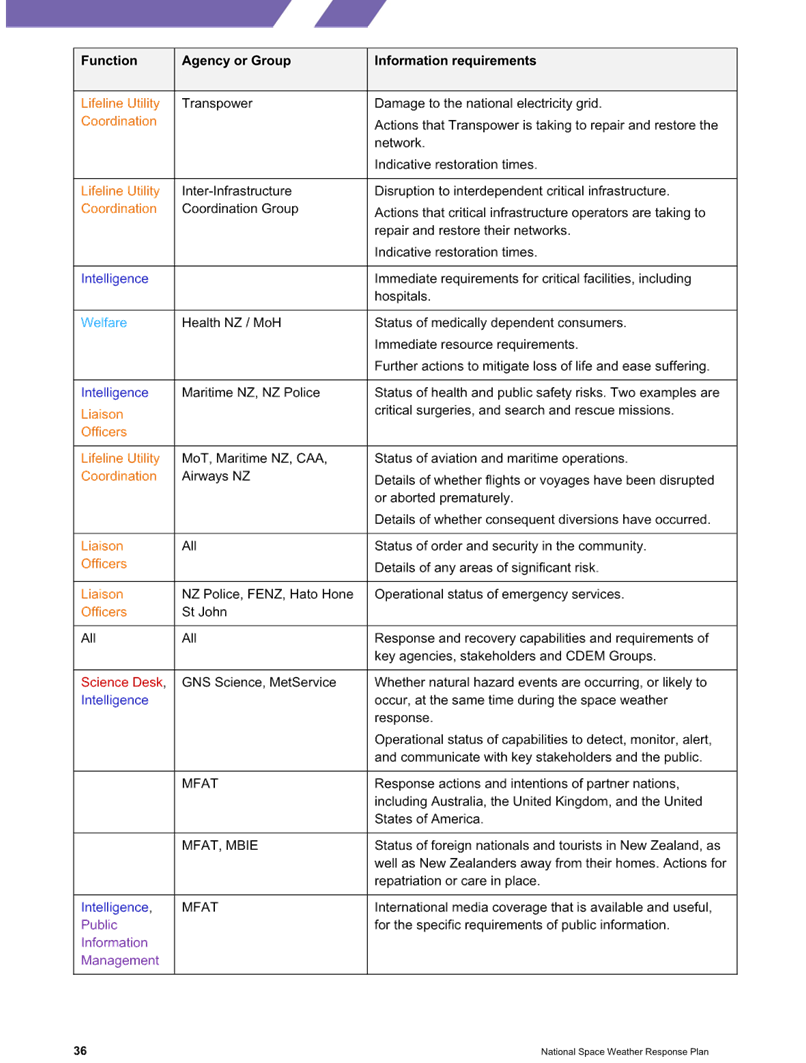
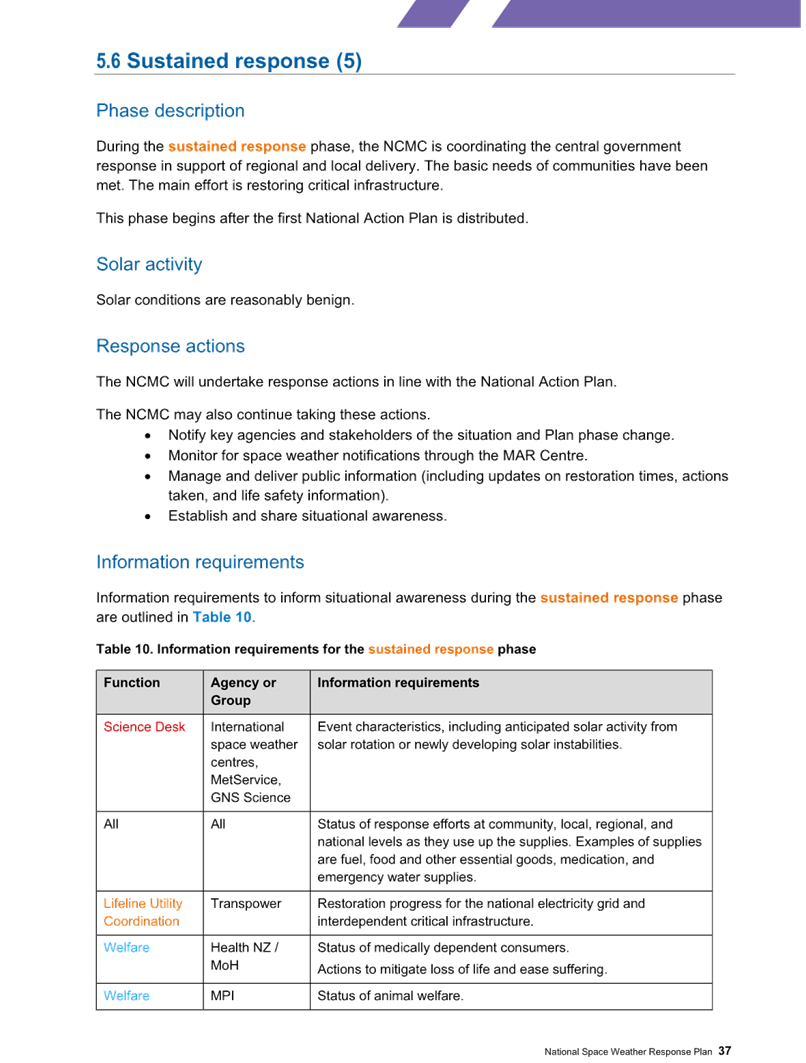
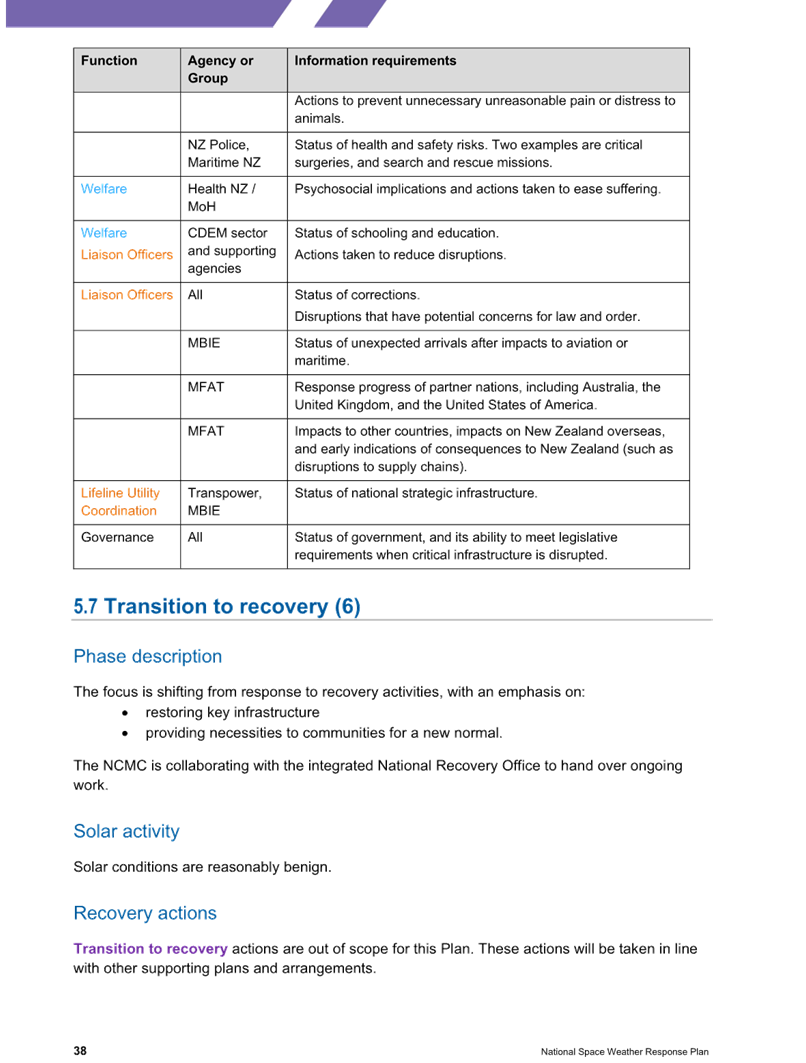




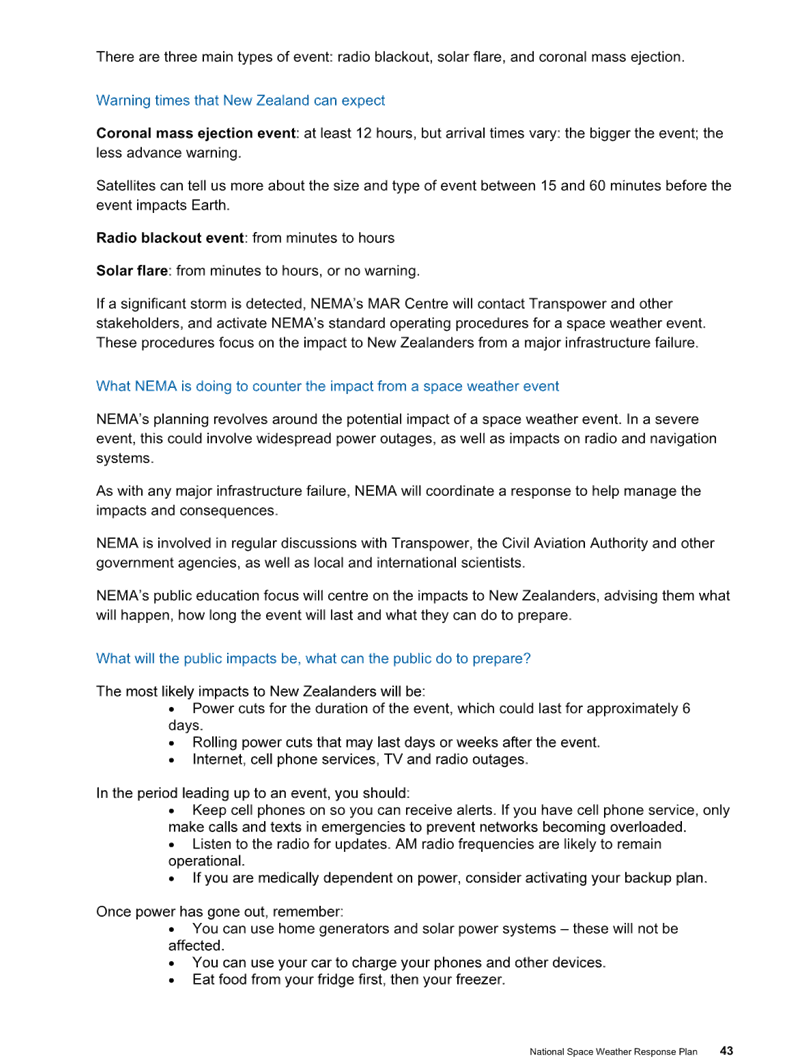
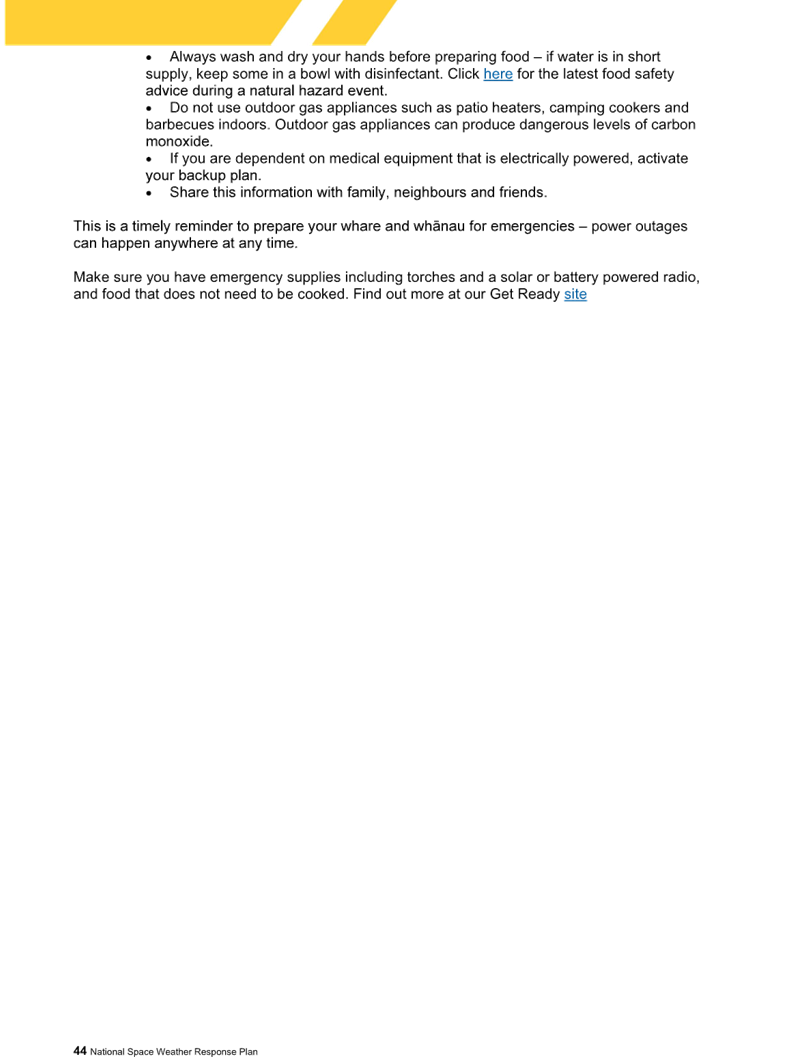
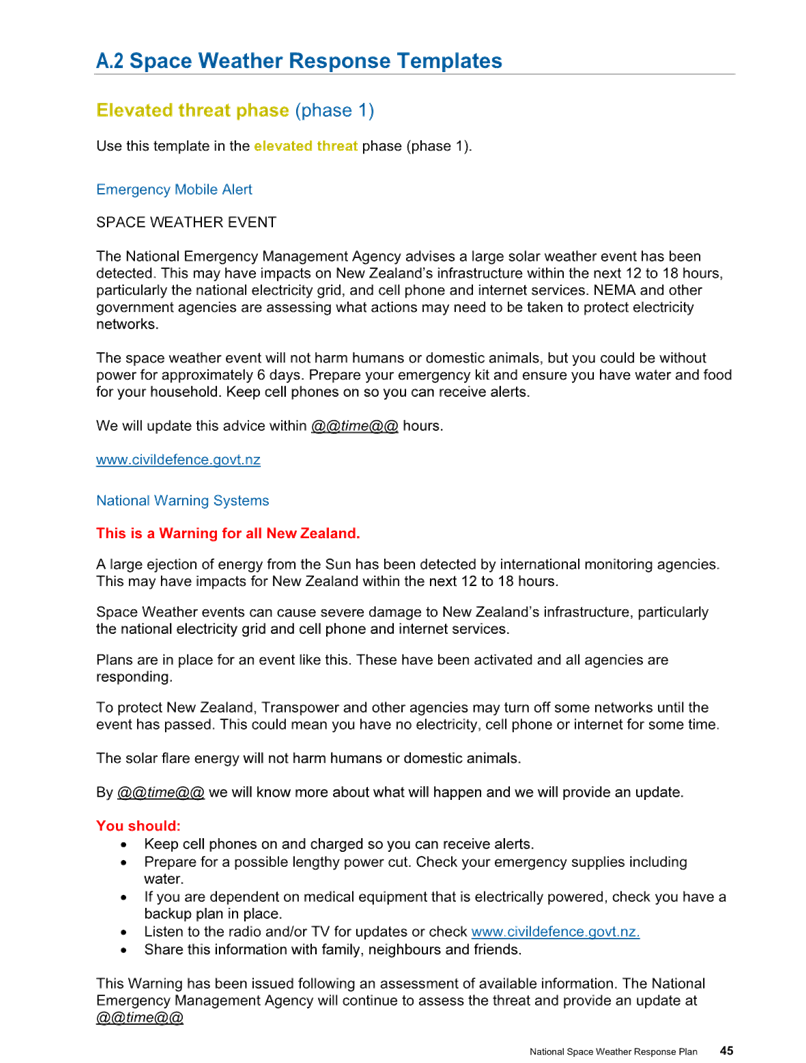

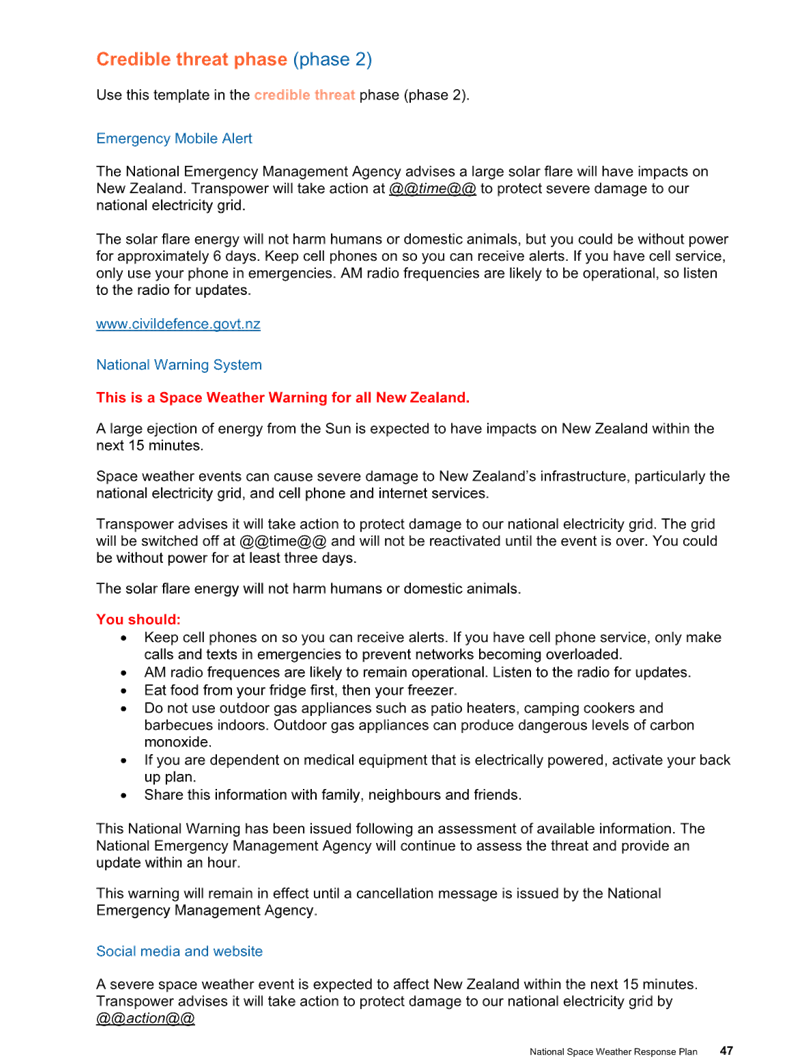

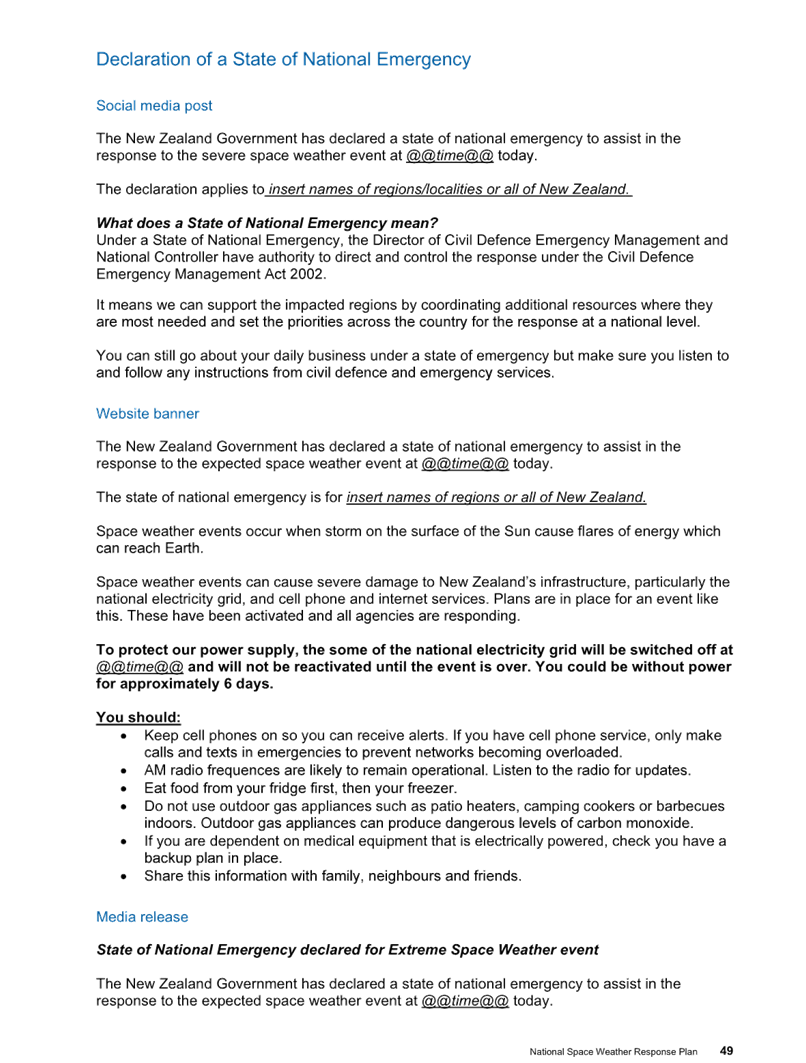

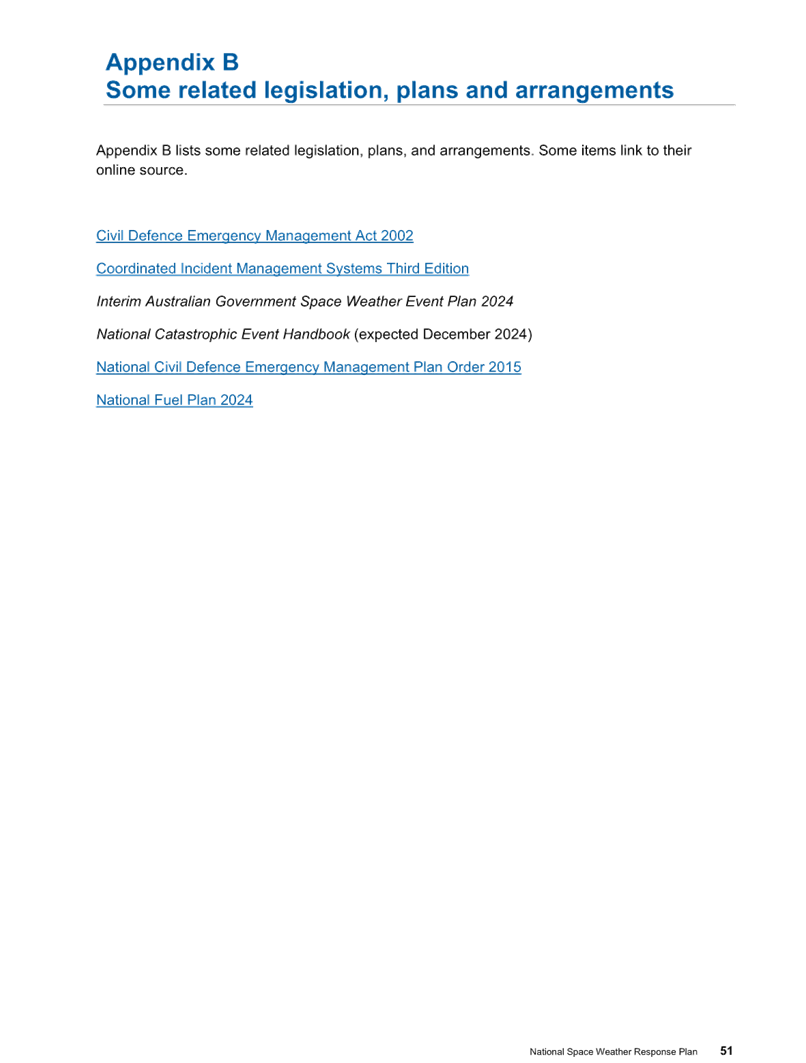
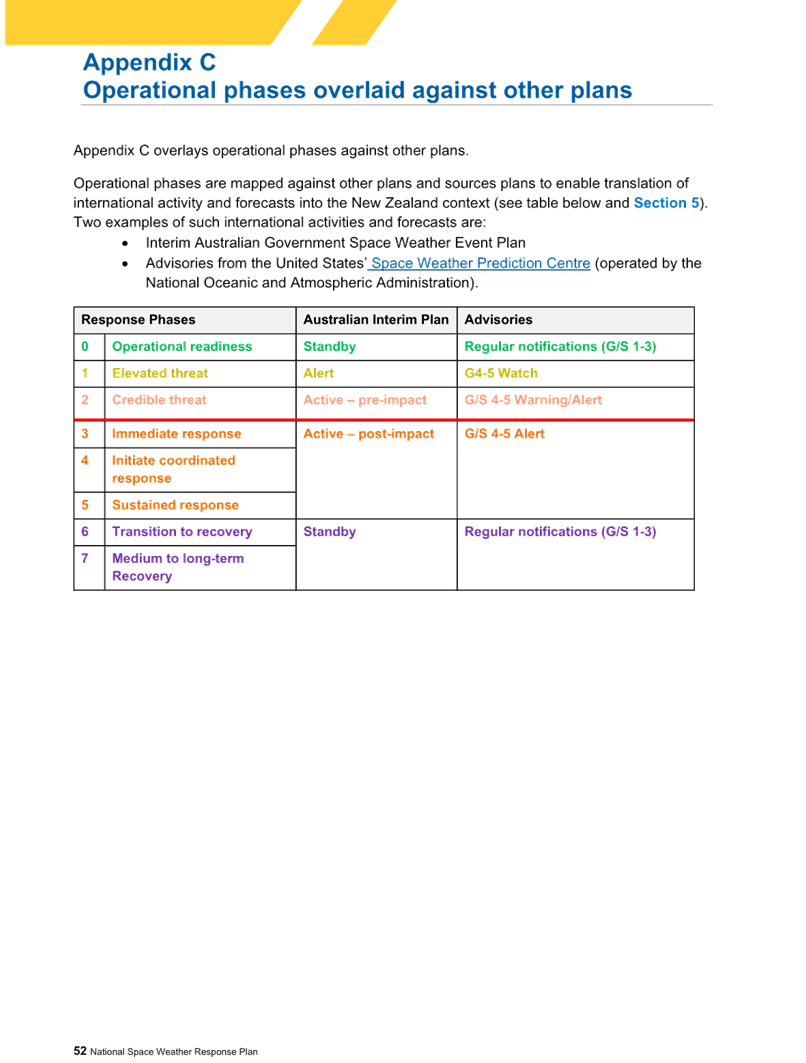

|
Risk
and Assurance Committee Meeting Agenda
|
7
May 2025
|
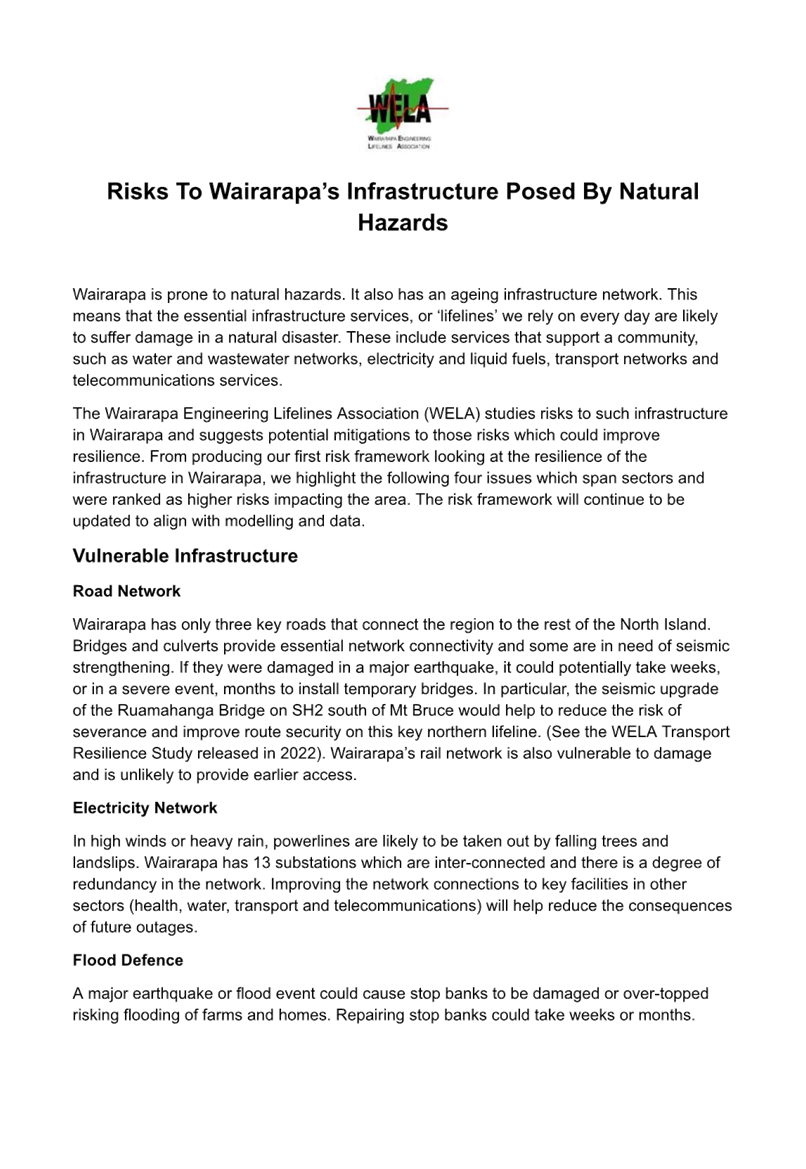
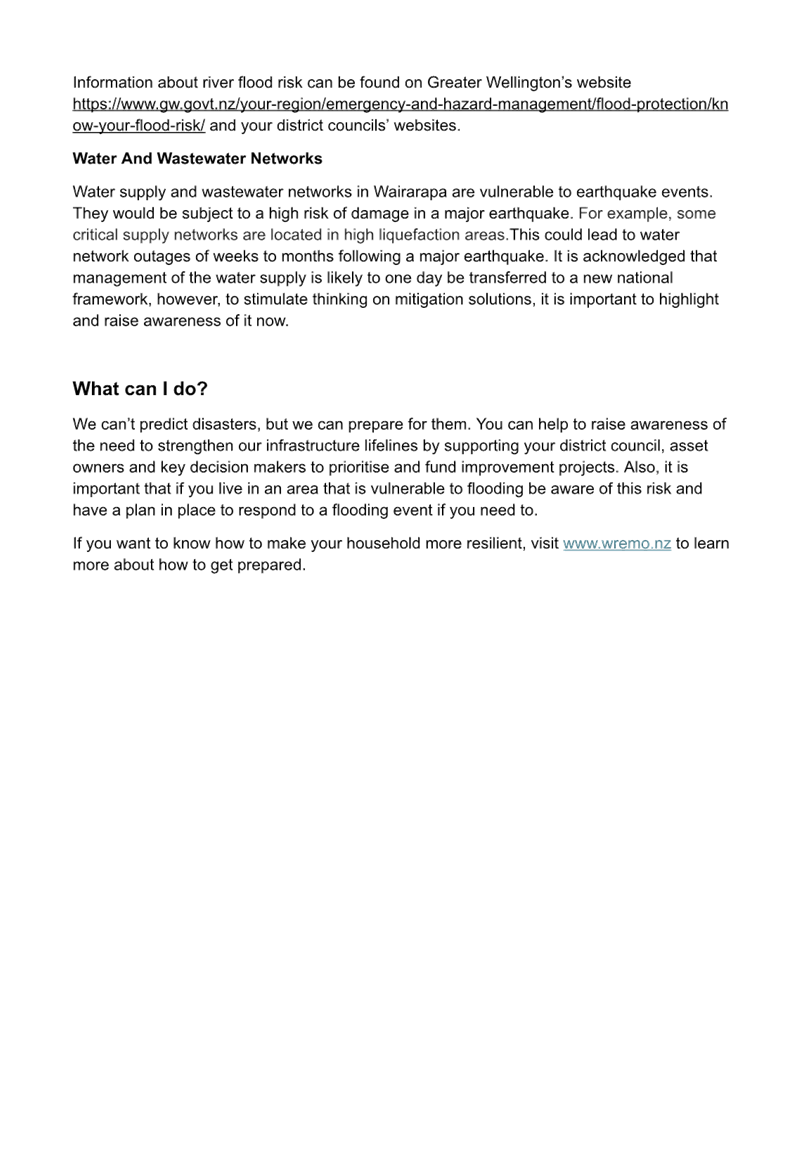

RESOLUTION TO
EXCLUDE THE PUBLIC
|
Recommendation
That the public be excluded from the following parts of
the proceedings of this meeting.
The general subject matter of each matter to be considered
while the public is excluded, the reason for passing this resolution in
relation to each matter, and the specific grounds under section 48 of the
Local Government Official Information and Meetings Act 1987 for the passing
of this resolution are as follows:
|
General subject of each matter to be considered
|
Reason for passing this resolution in relation to each
matter
|
Ground(s) under section 48 for the passing of this
resolution
|
|
8.1 - Confirmation of the Public-excluded minutes of
the Risk and Assurance Committee 26 February 2025
|
s7(2)(a) - the
withholding of the information is necessary to protect the privacy of
natural persons, including that of deceased natural persons
s7(2)(f)(i) - free
and frank expression of opinions by or between or to members or officers or
employees of any local authority
|
s48(1)(a)(i) - the
public conduct of the relevant part of the proceedings of the meeting would
be likely to result in the disclosure of information for which good reason
for withholding would exist under section 6 or section 7
|
|
8.2 - Long-Term Plan Review
|
s7(2)(a) - the
withholding of the information is necessary to protect the privacy of
natural persons, including that of deceased natural persons
s7(2)(f)(i) - free
and frank expression of opinions by or between or to members or officers or
employees of any local authority
|
s48(1)(a)(i) - the
public conduct of the relevant part of the proceedings of the meeting would
be likely to result in the disclosure of information for which good reason
for withholding would exist under section 6 or section 7
|
|
8.3 - Waste Water Reservoir Project Update
|
s7(2)(b)(ii) - the
withholding of the information is necessary to protect information where
the making available of the information would be likely unreasonably to
prejudice the commercial position of the person who supplied or who is the
subject of the information
s7(2)(g) - the
withholding of the information is necessary to maintain legal professional
privilege
|
s48(1)(a)(i) - the
public conduct of the relevant part of the proceedings of the meeting would
be likely to result in the disclosure of information for which good reason
for withholding would exist under section 6 or section 7
|
|
Kia
whakairia te tapu
Kia
wātea ai te ara
Kia
turuki whakataha ai
Kia
turuki whakataha ai
Haumi
ē, hui ē, taiki ē






























































































































































































